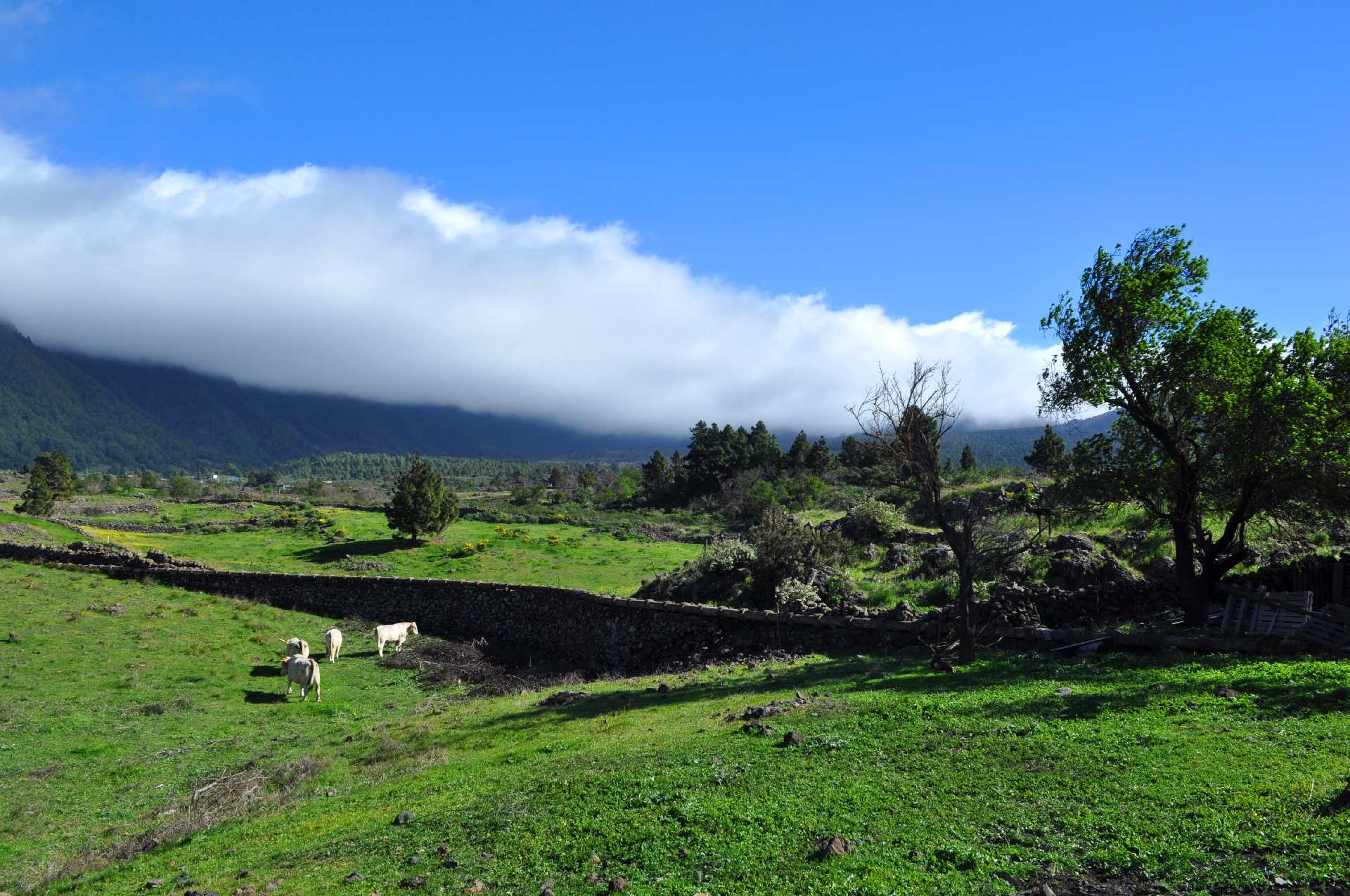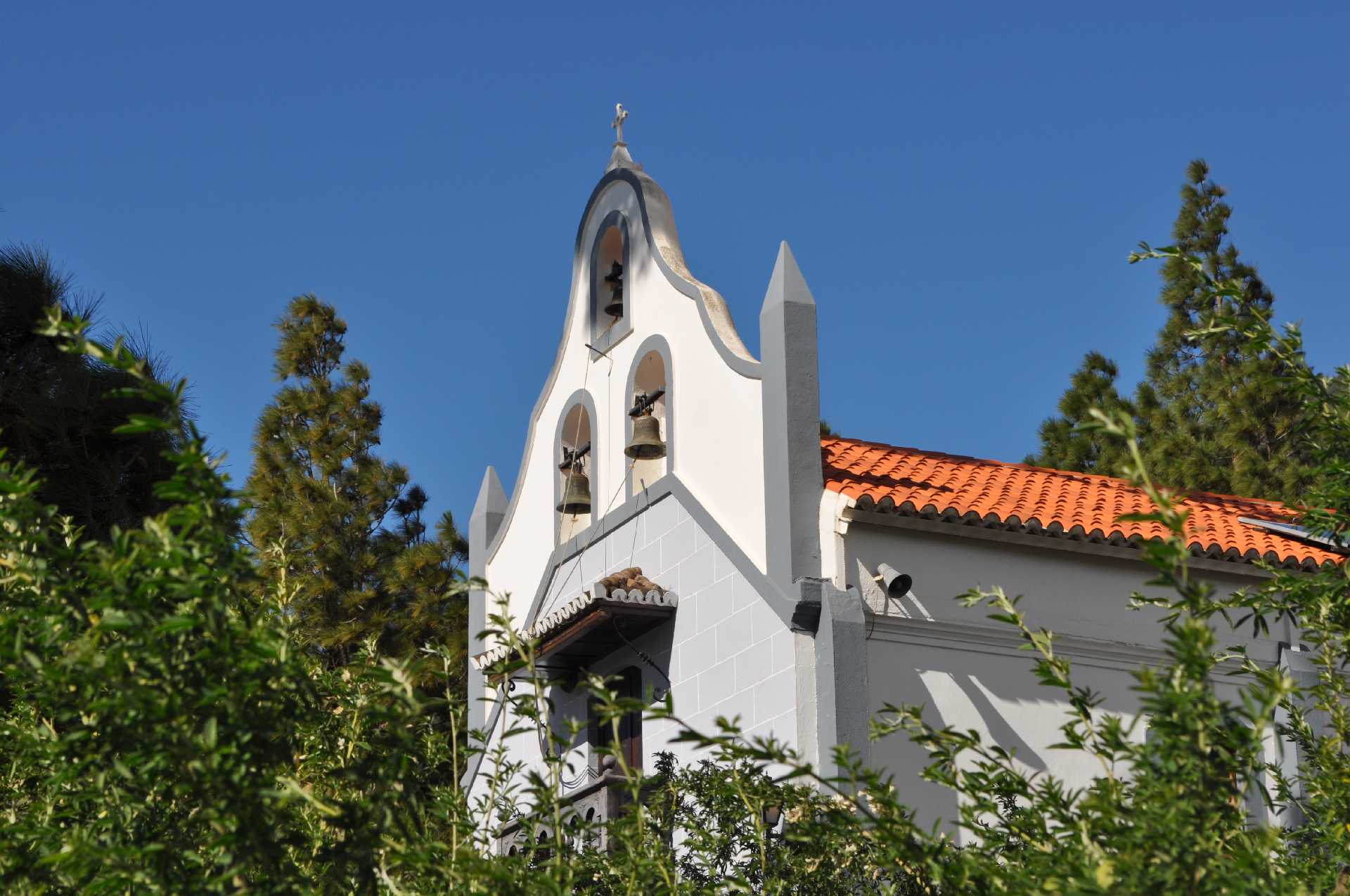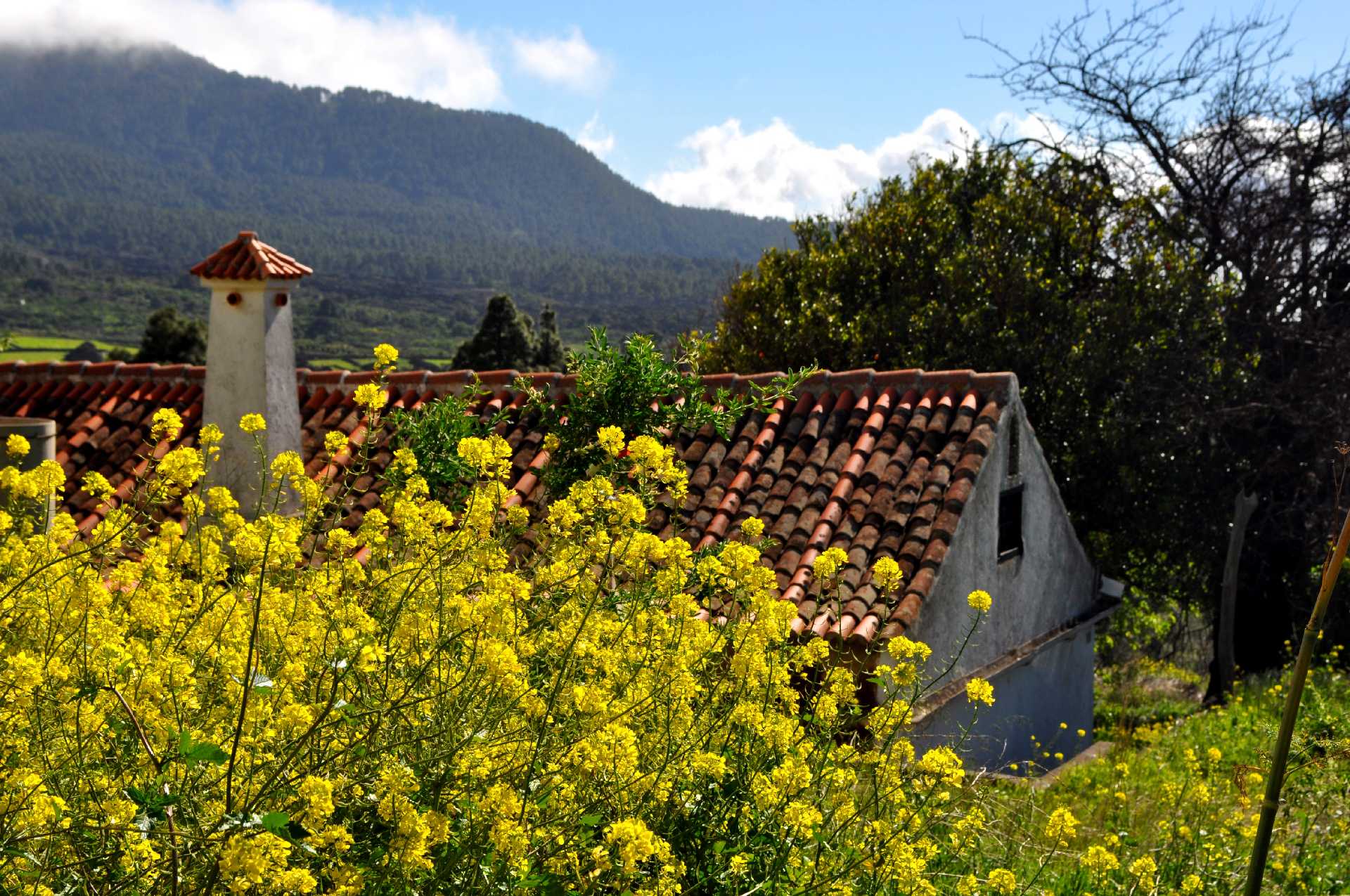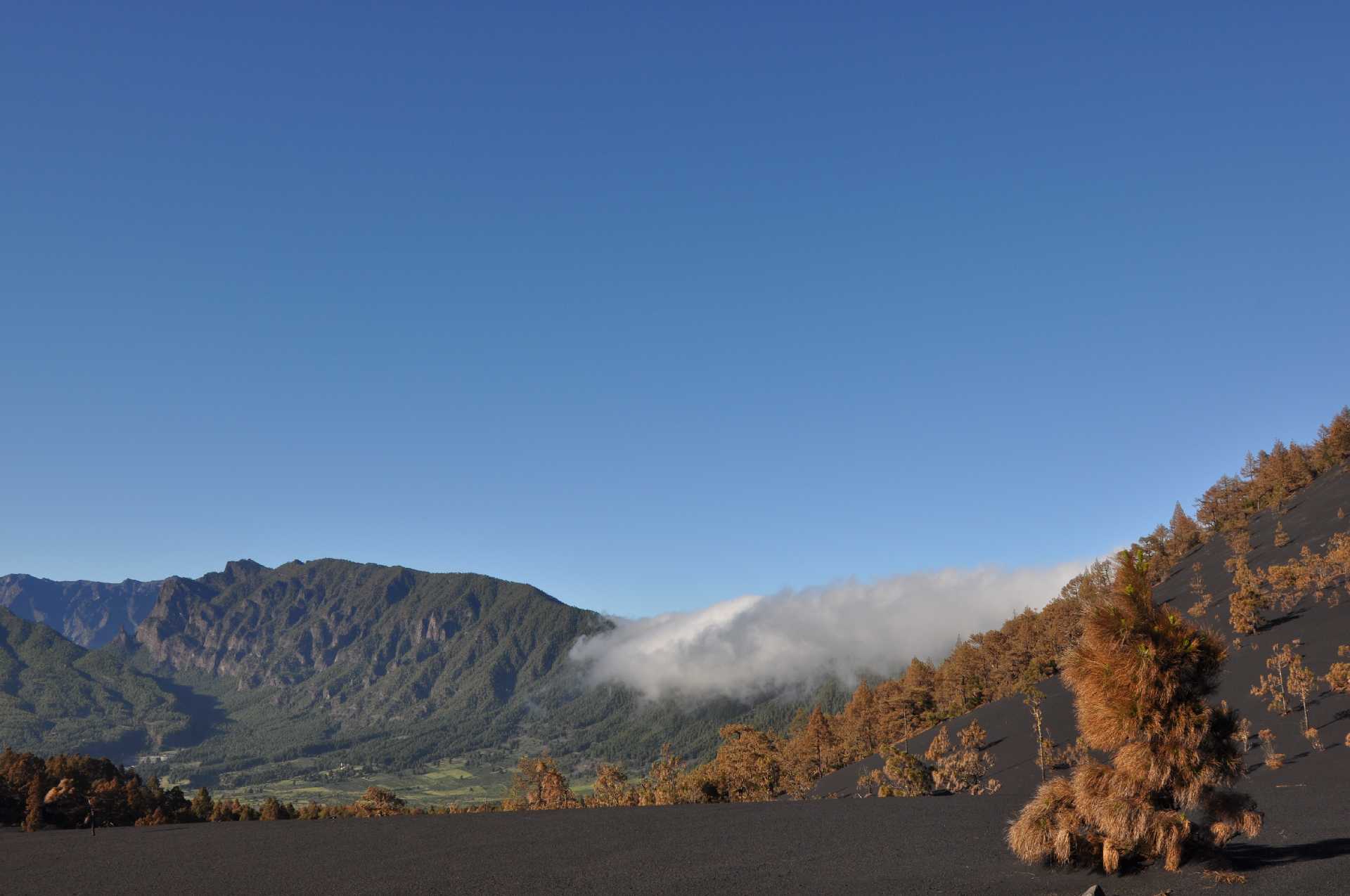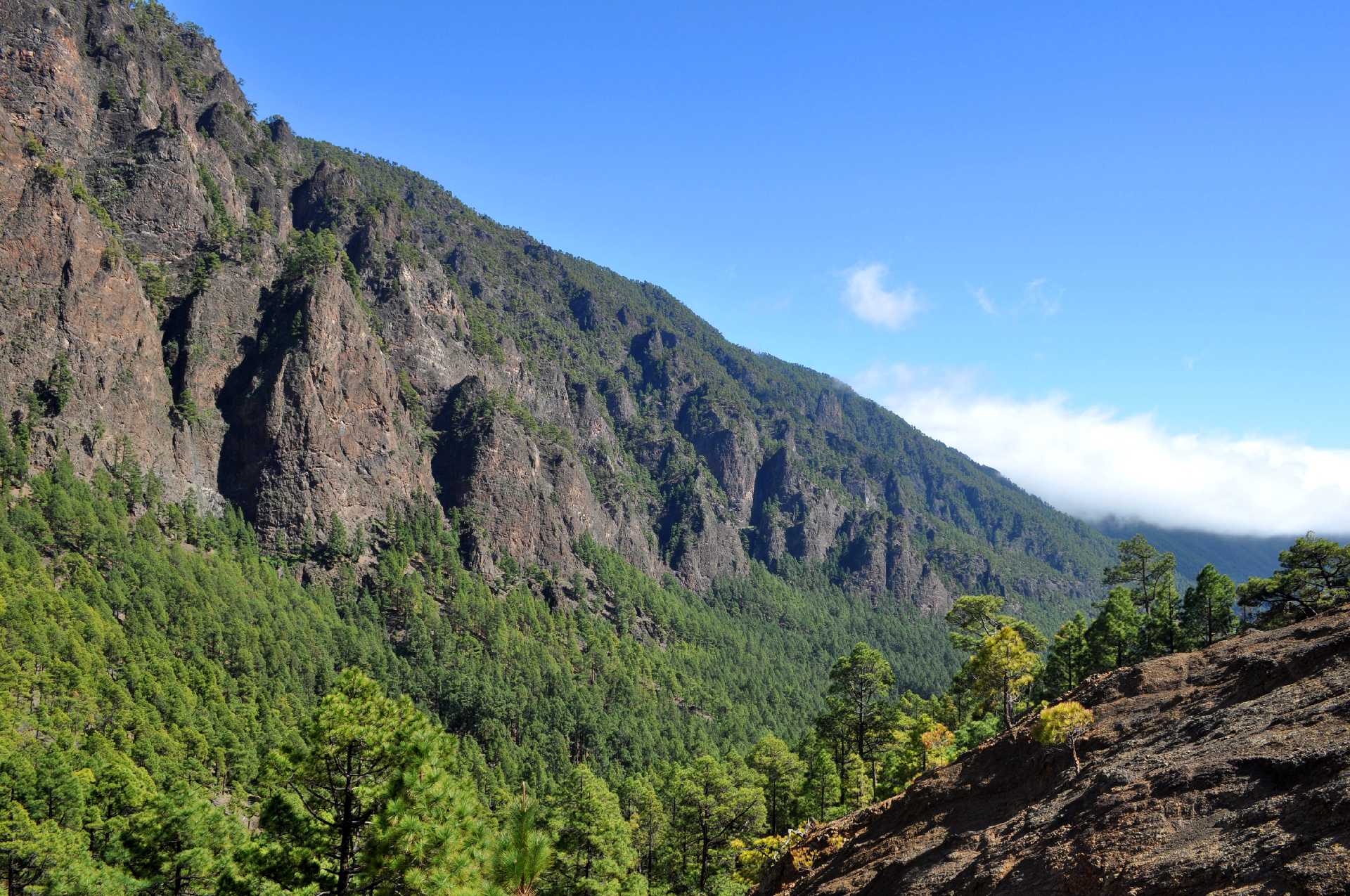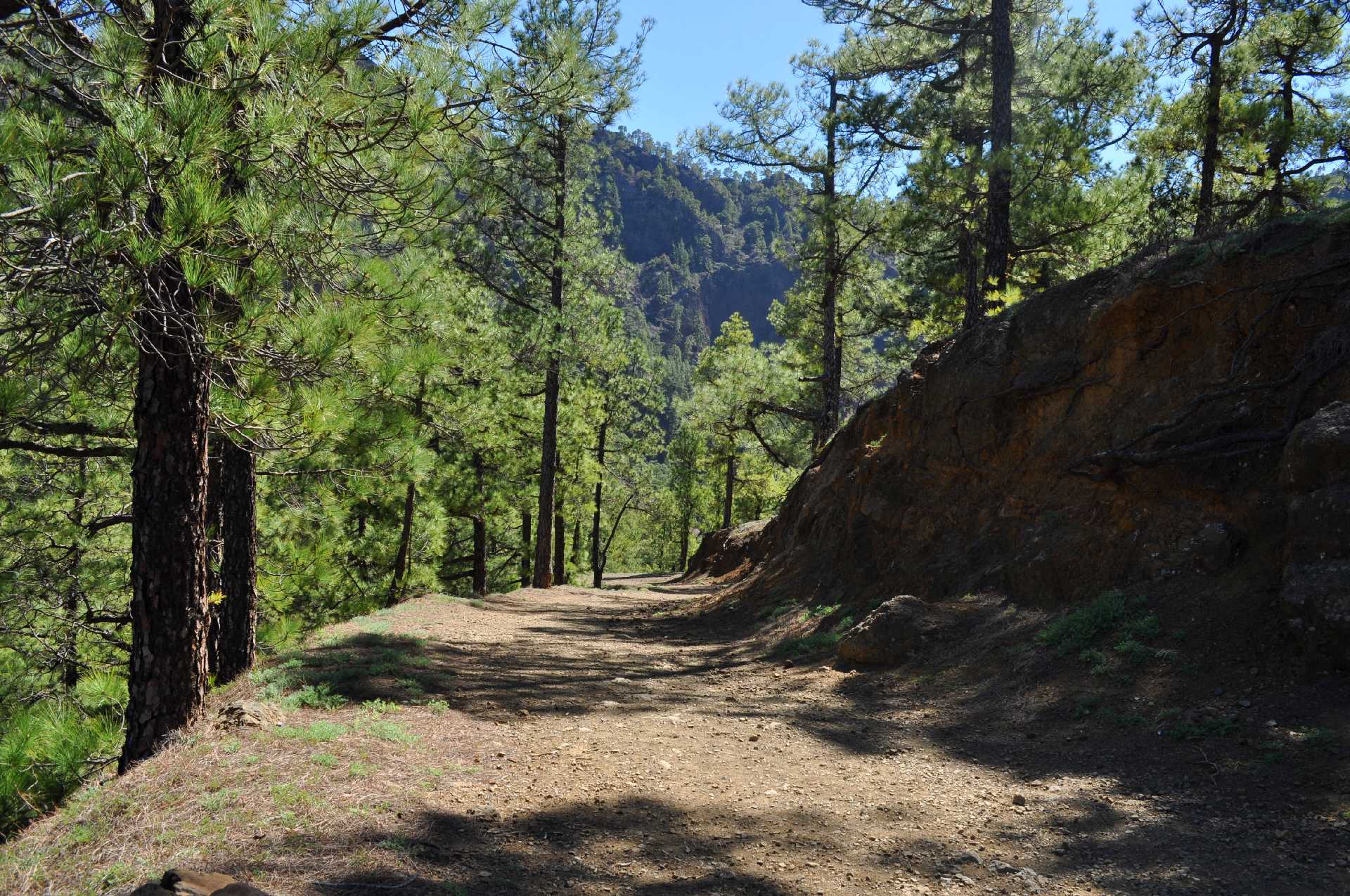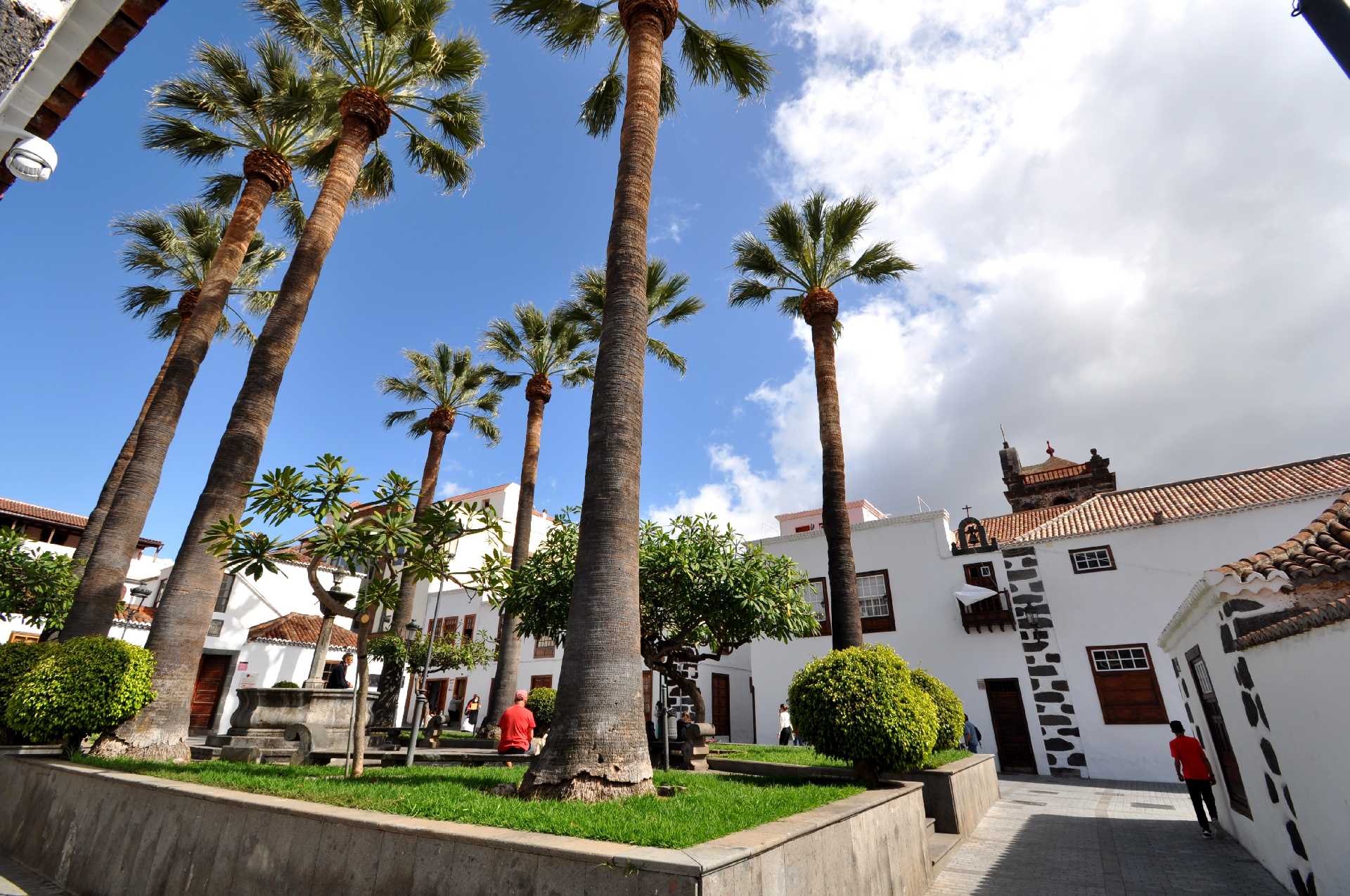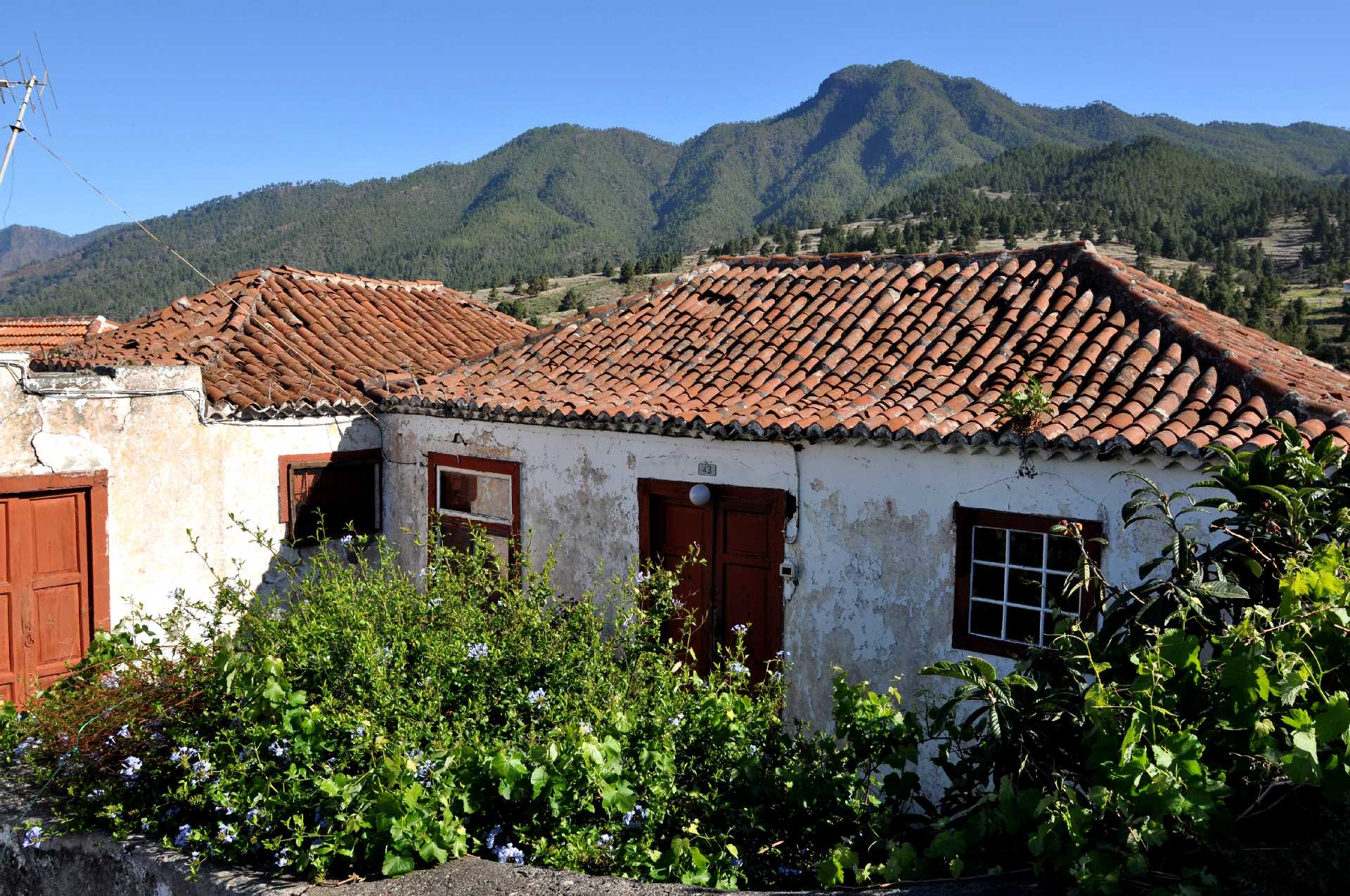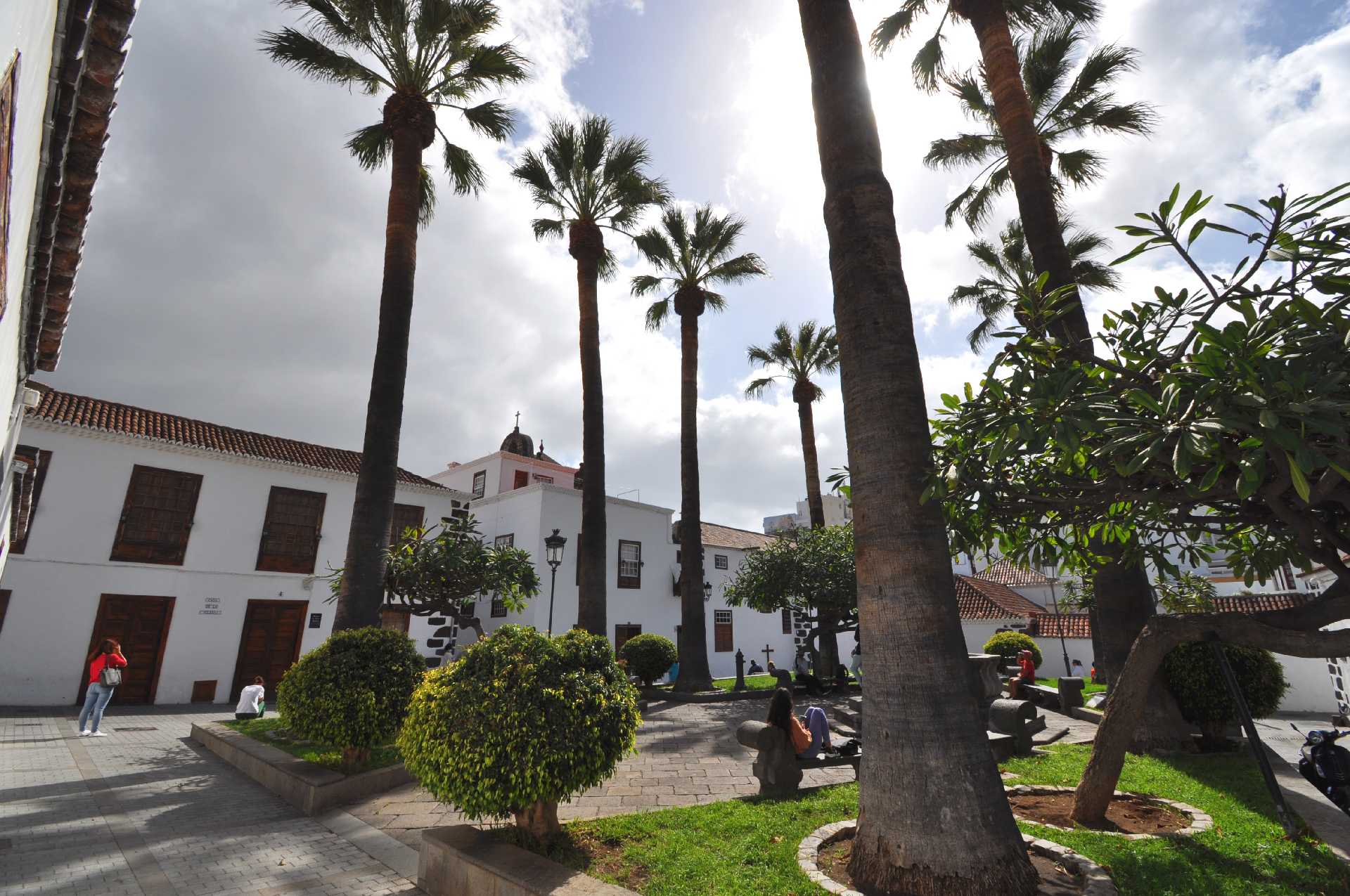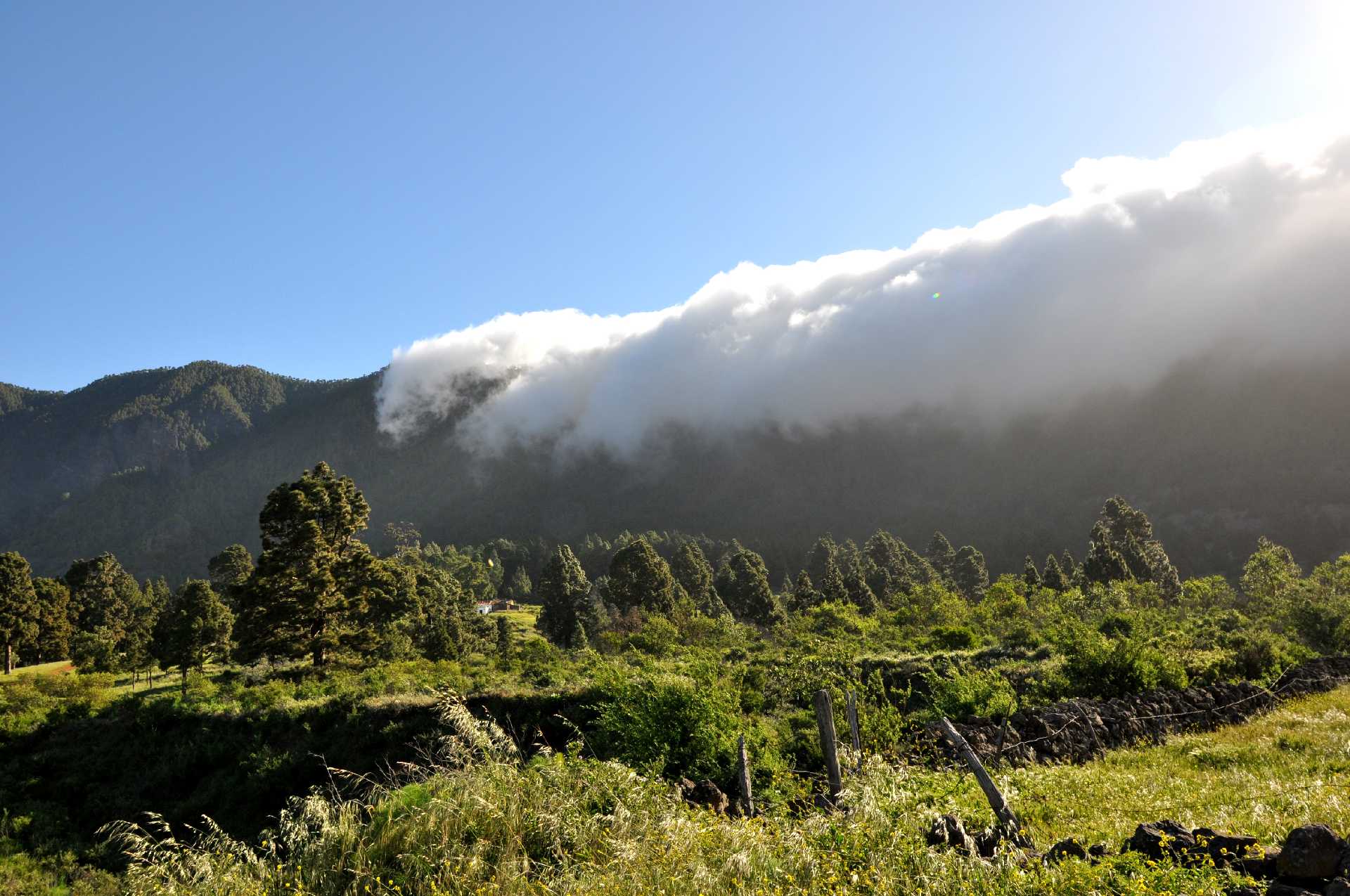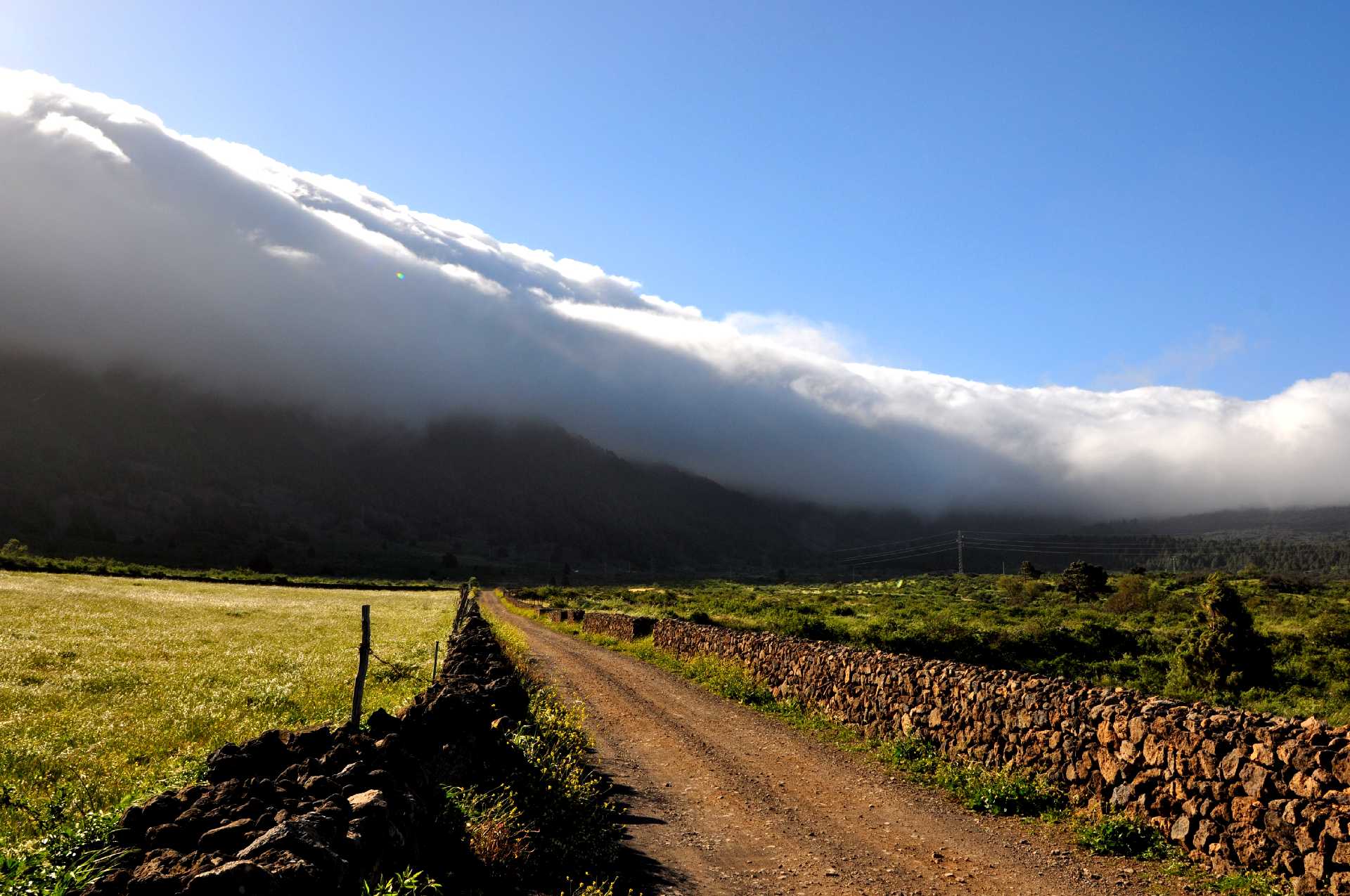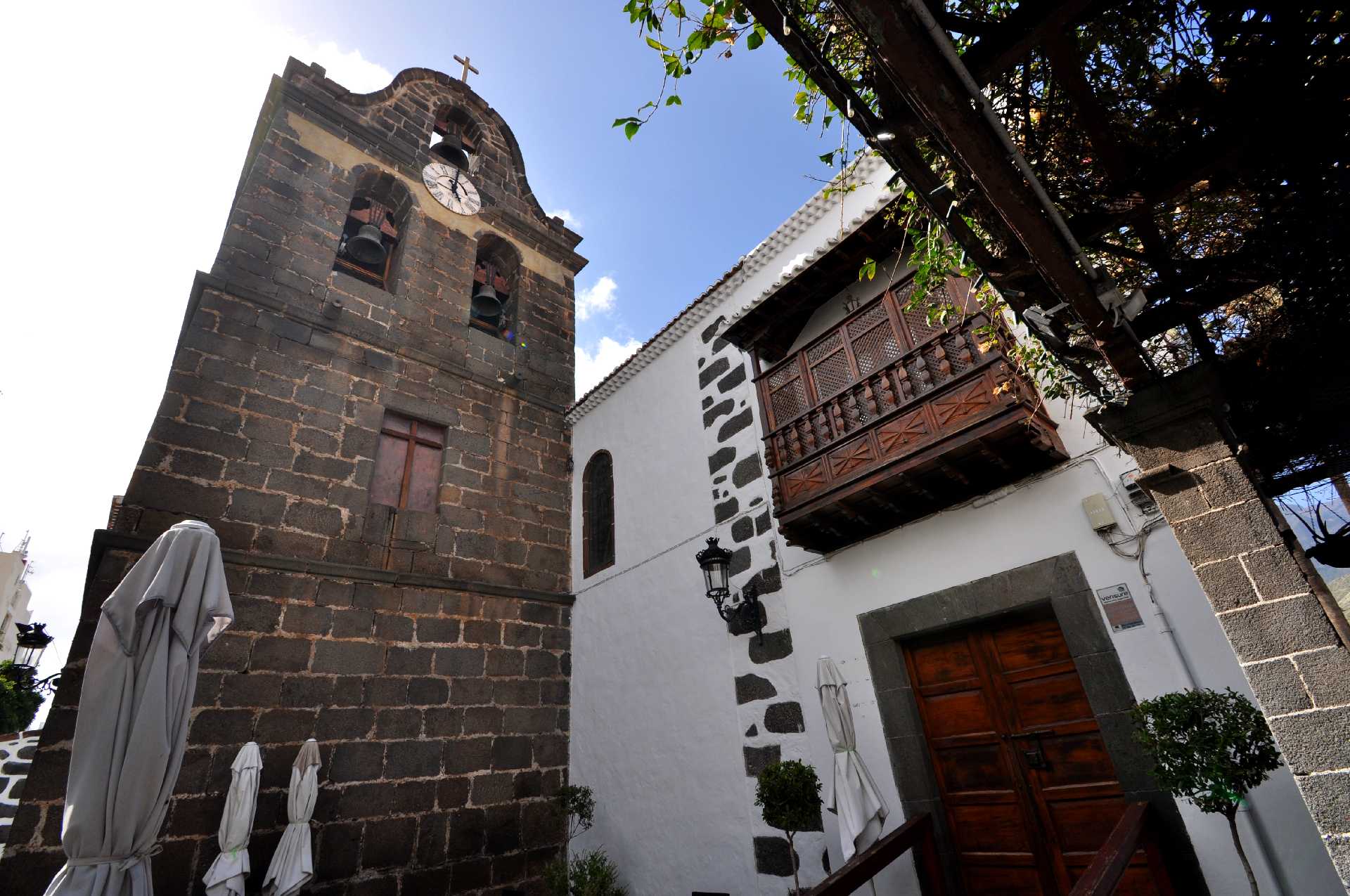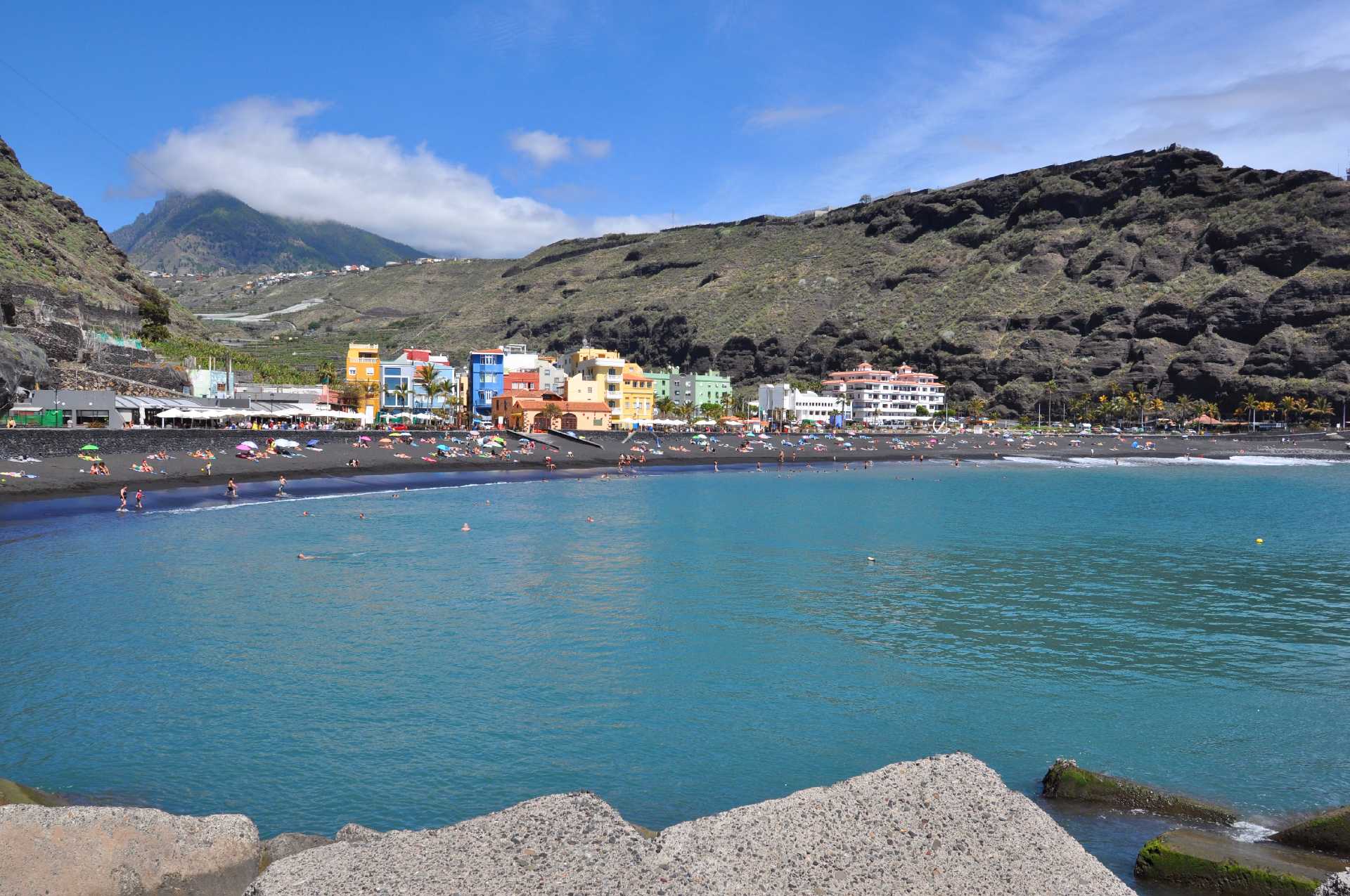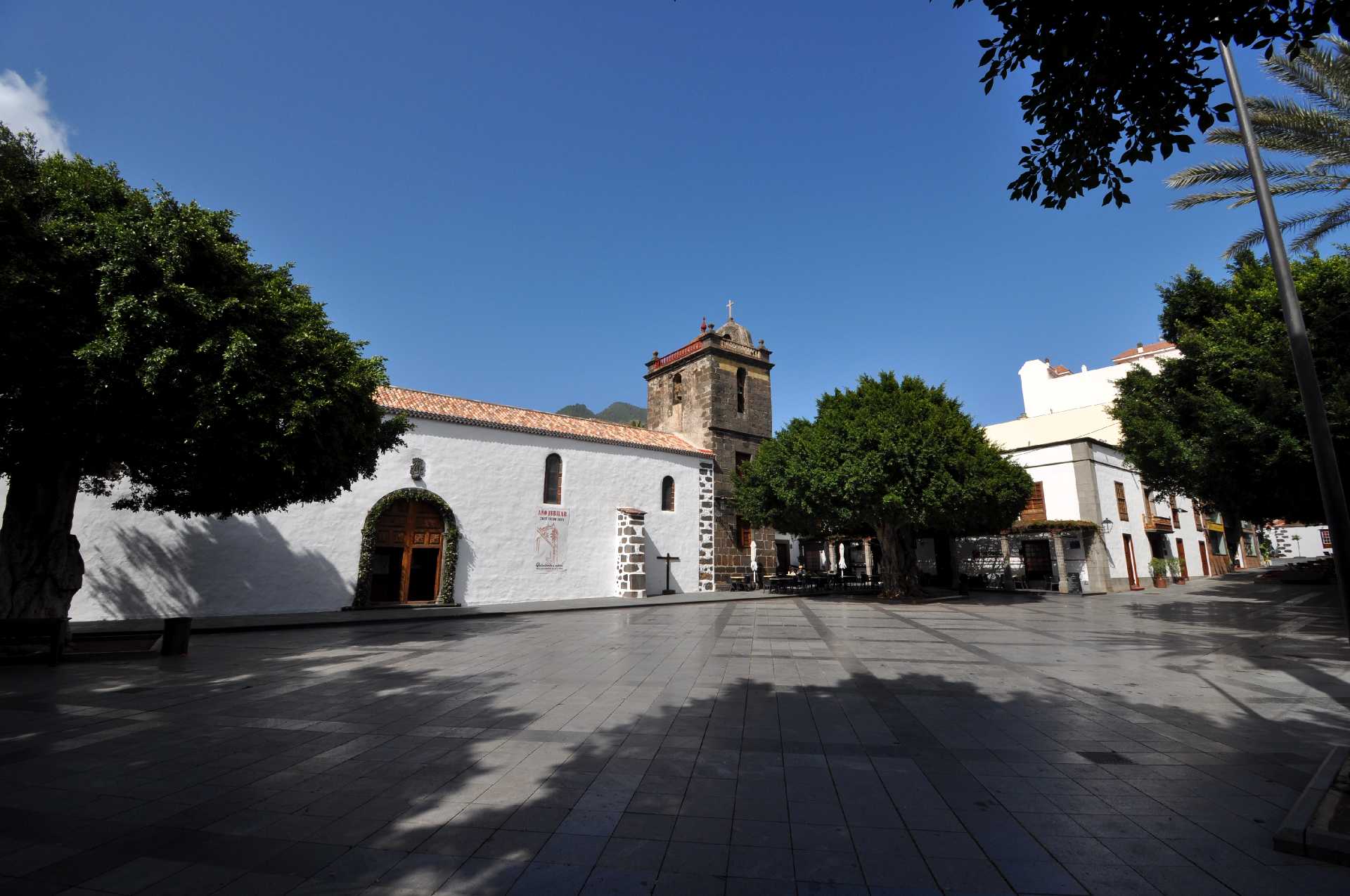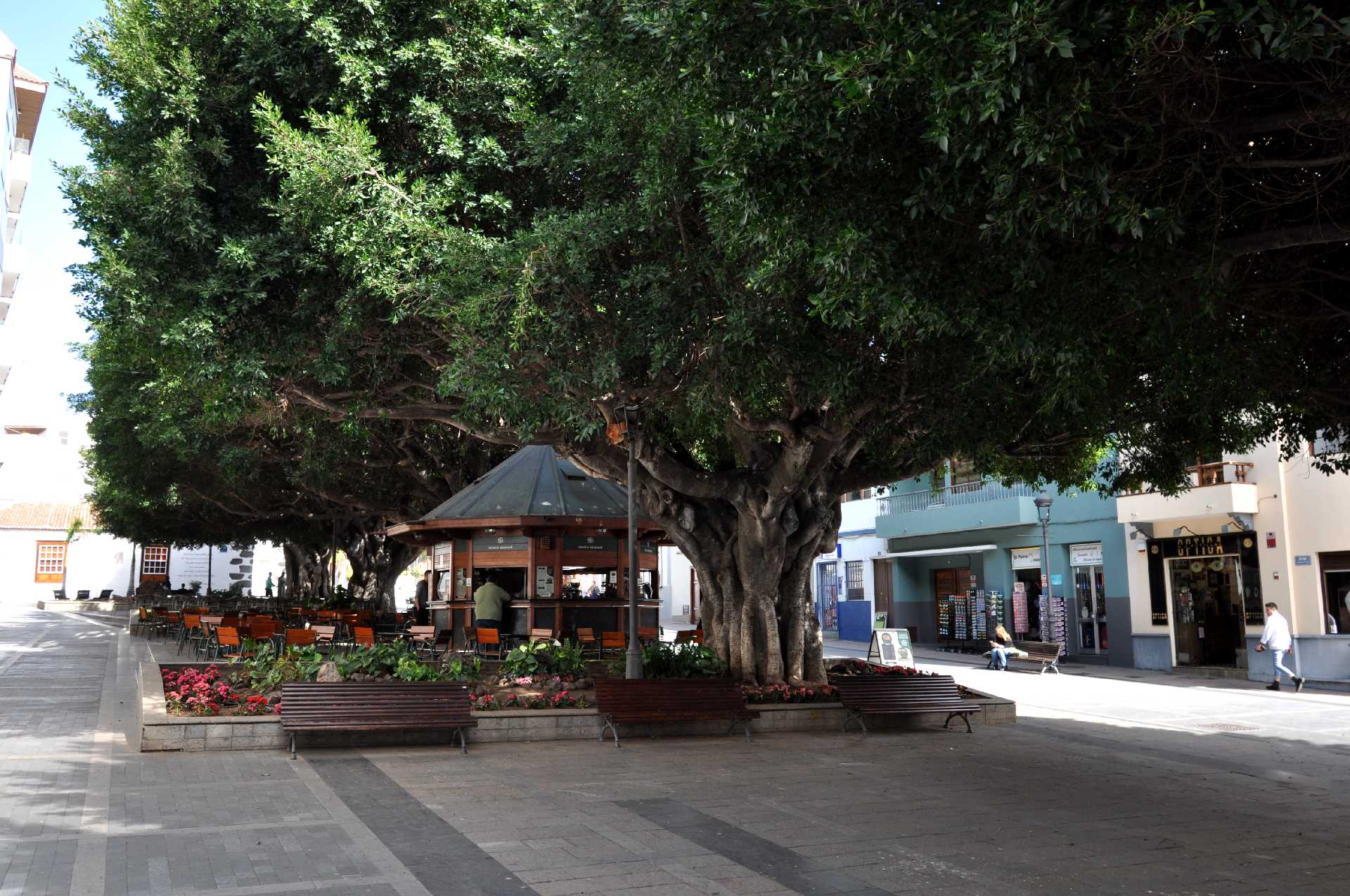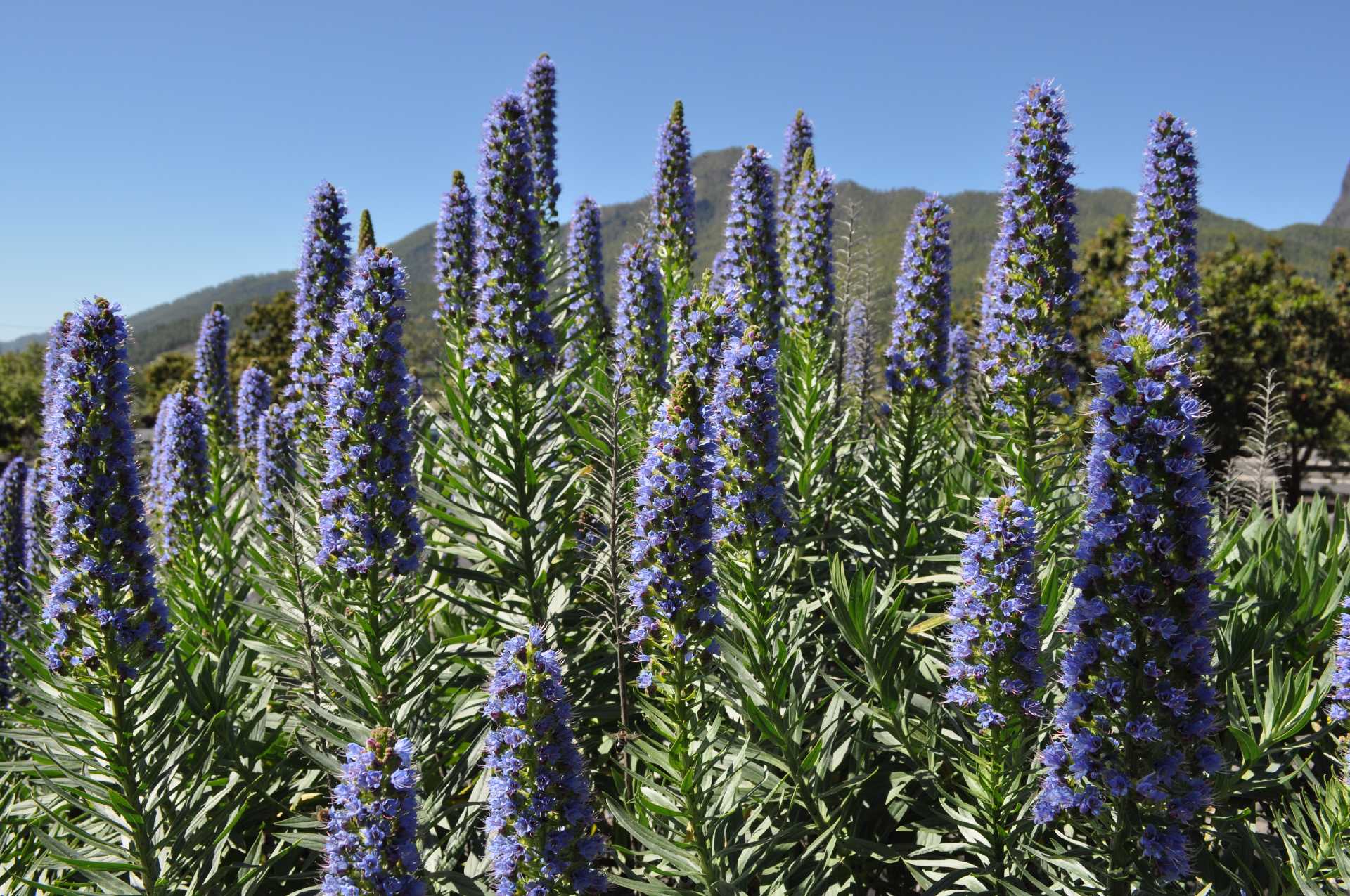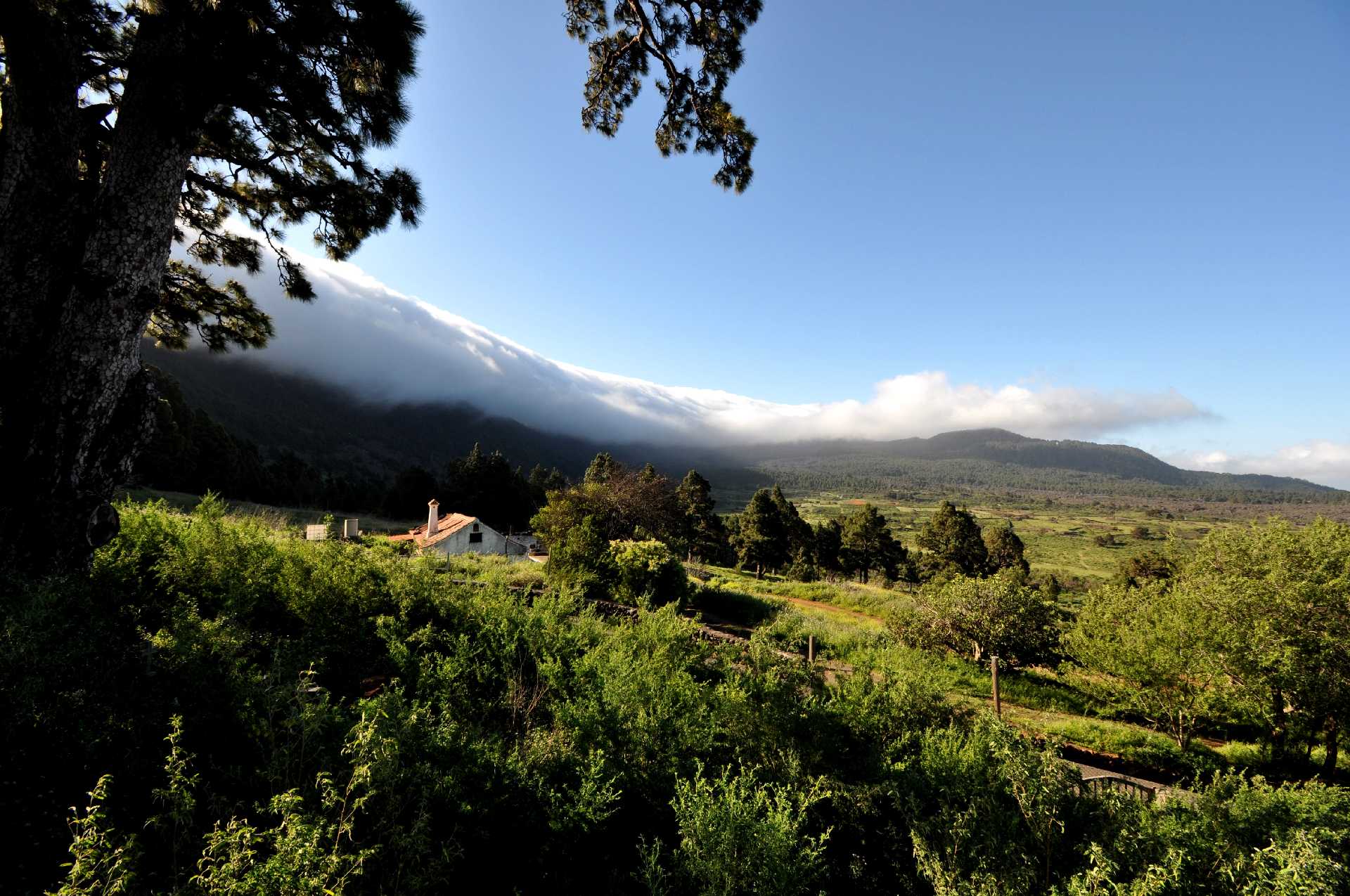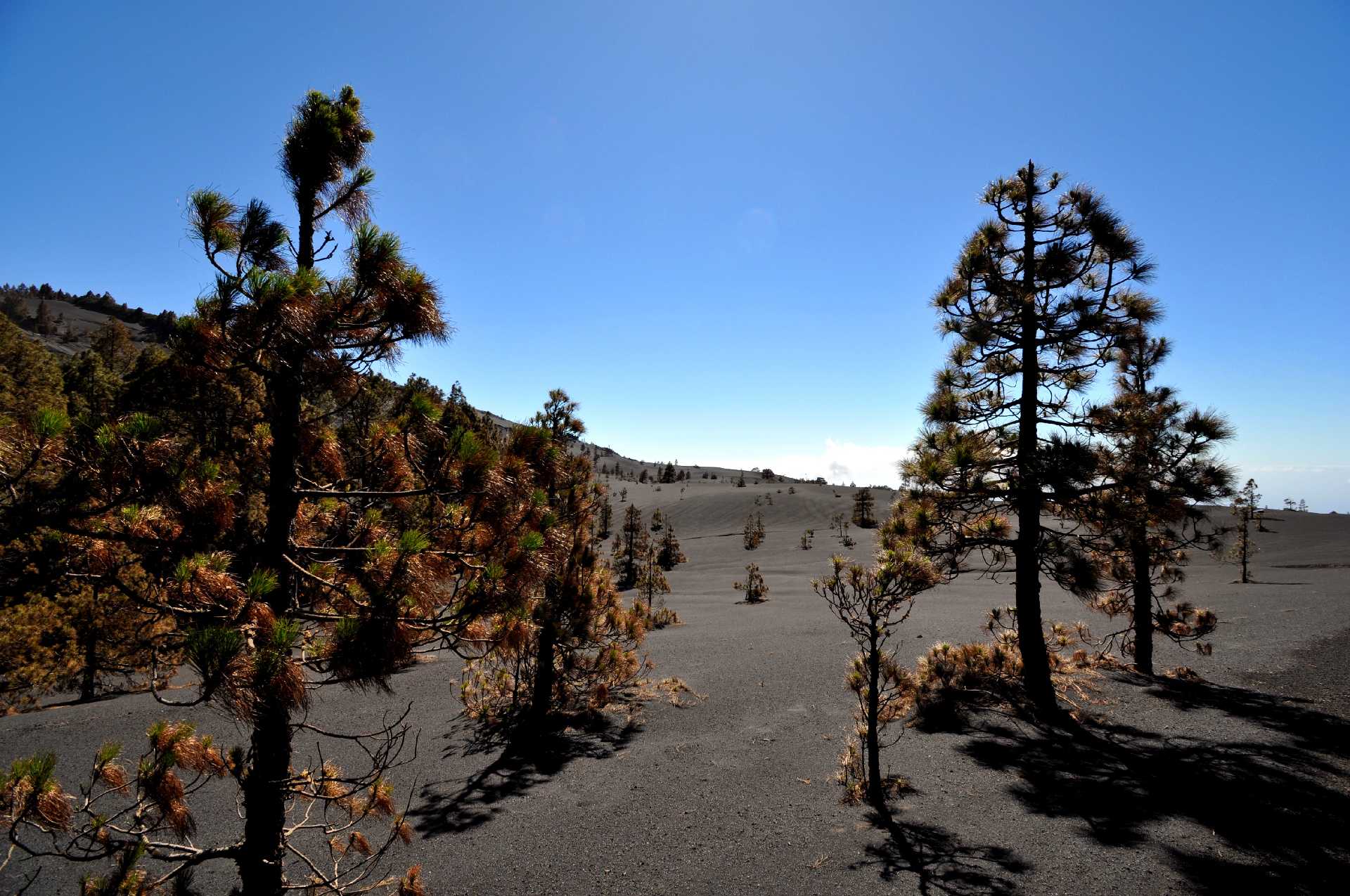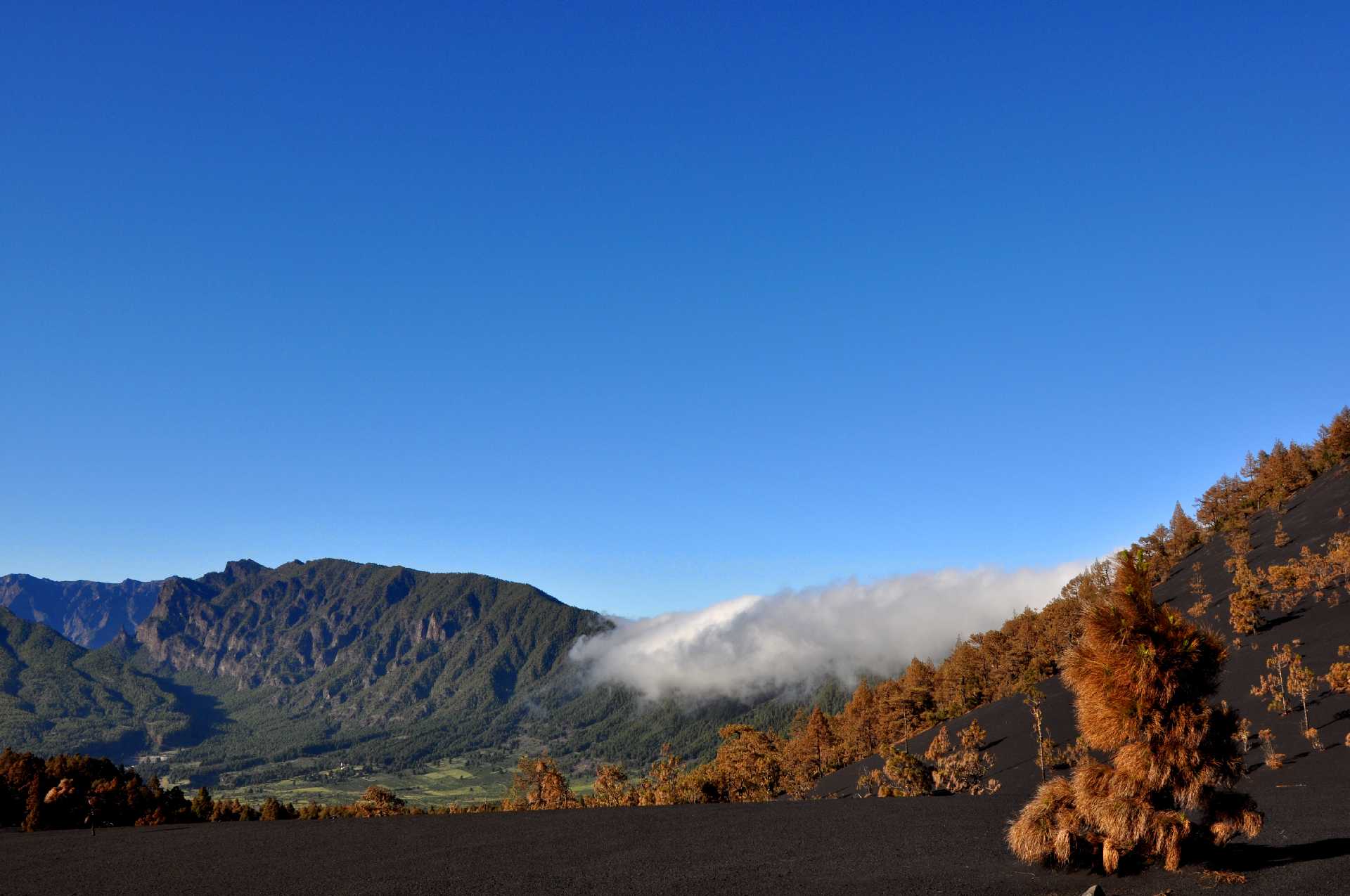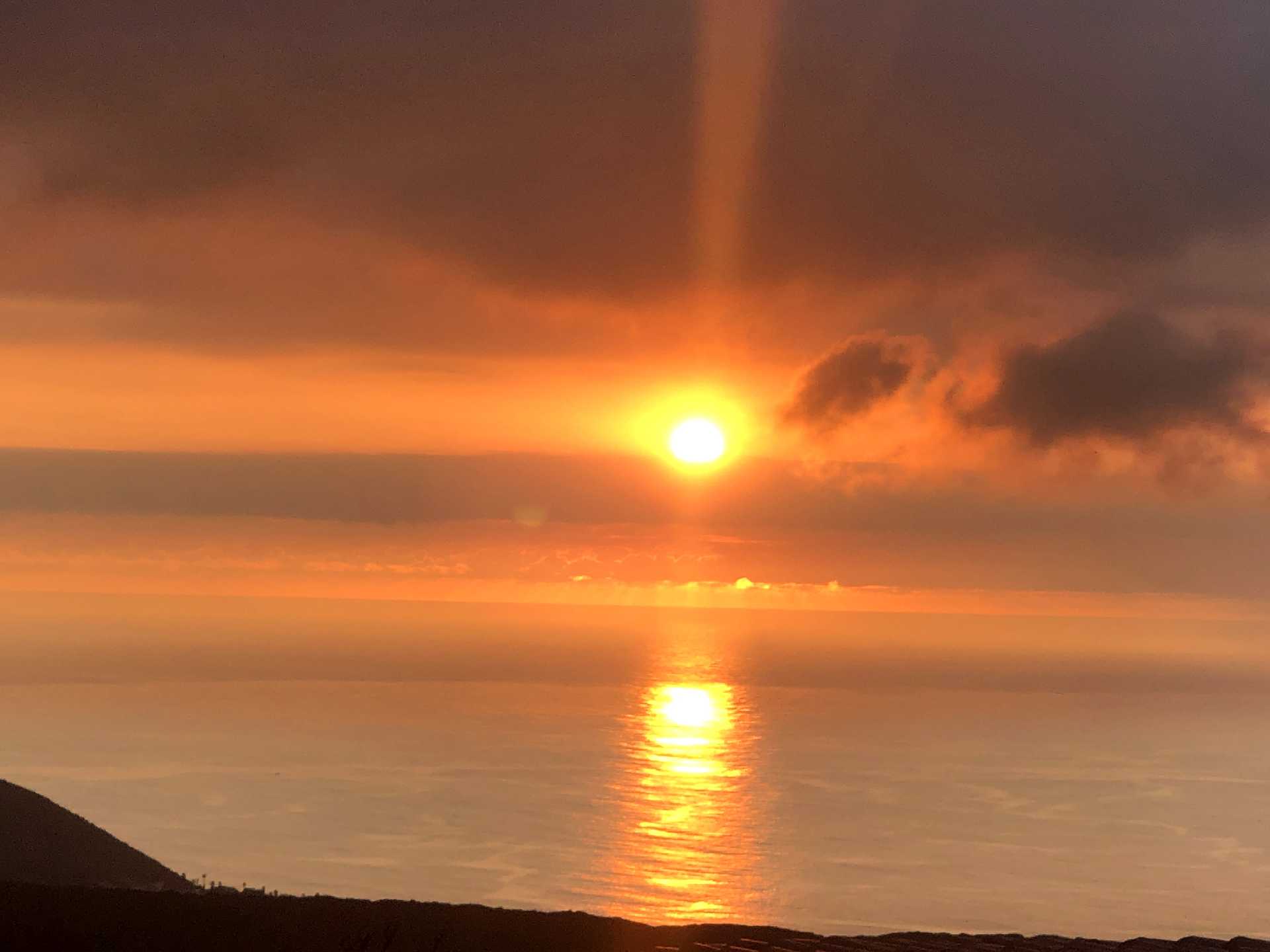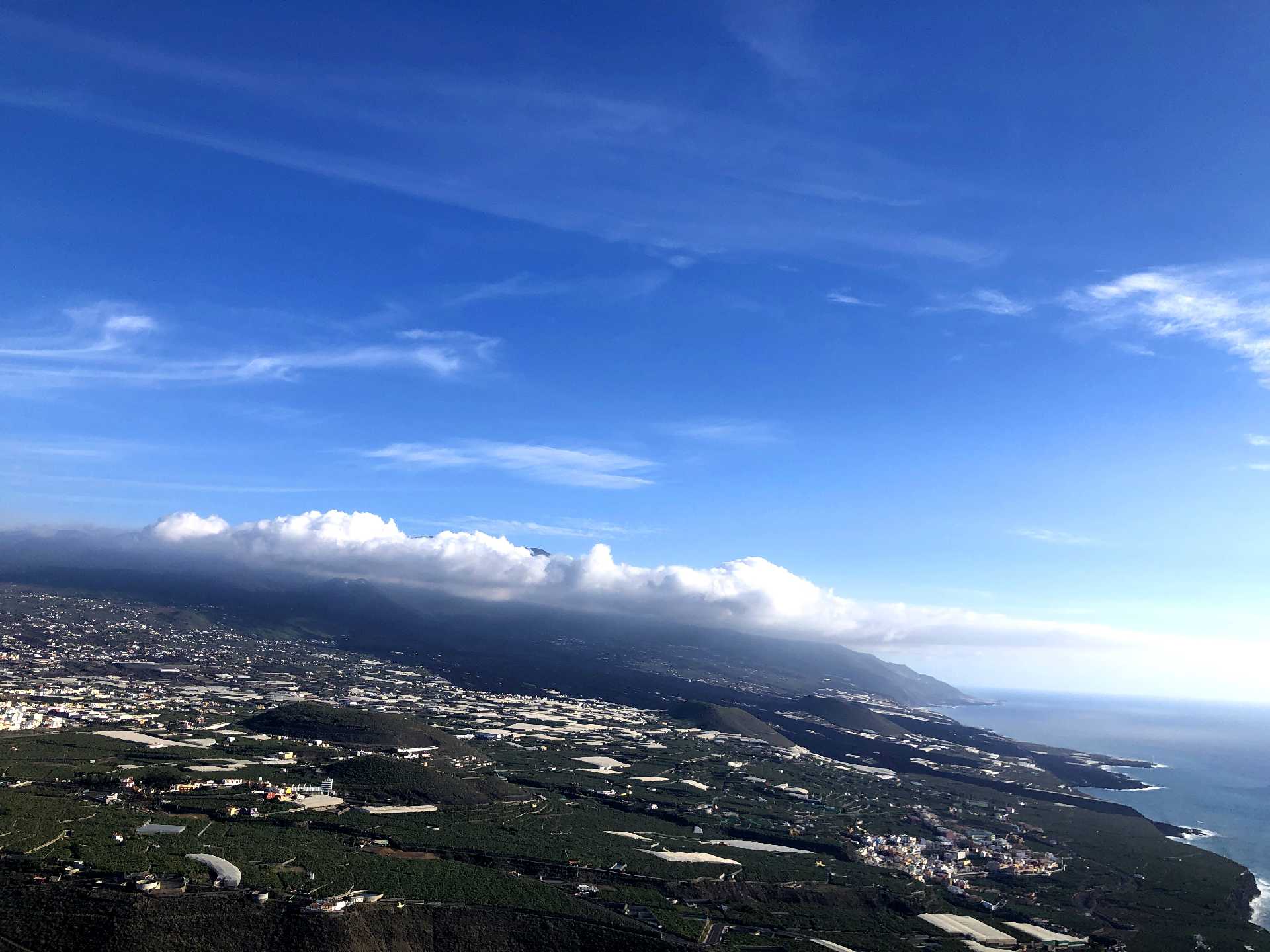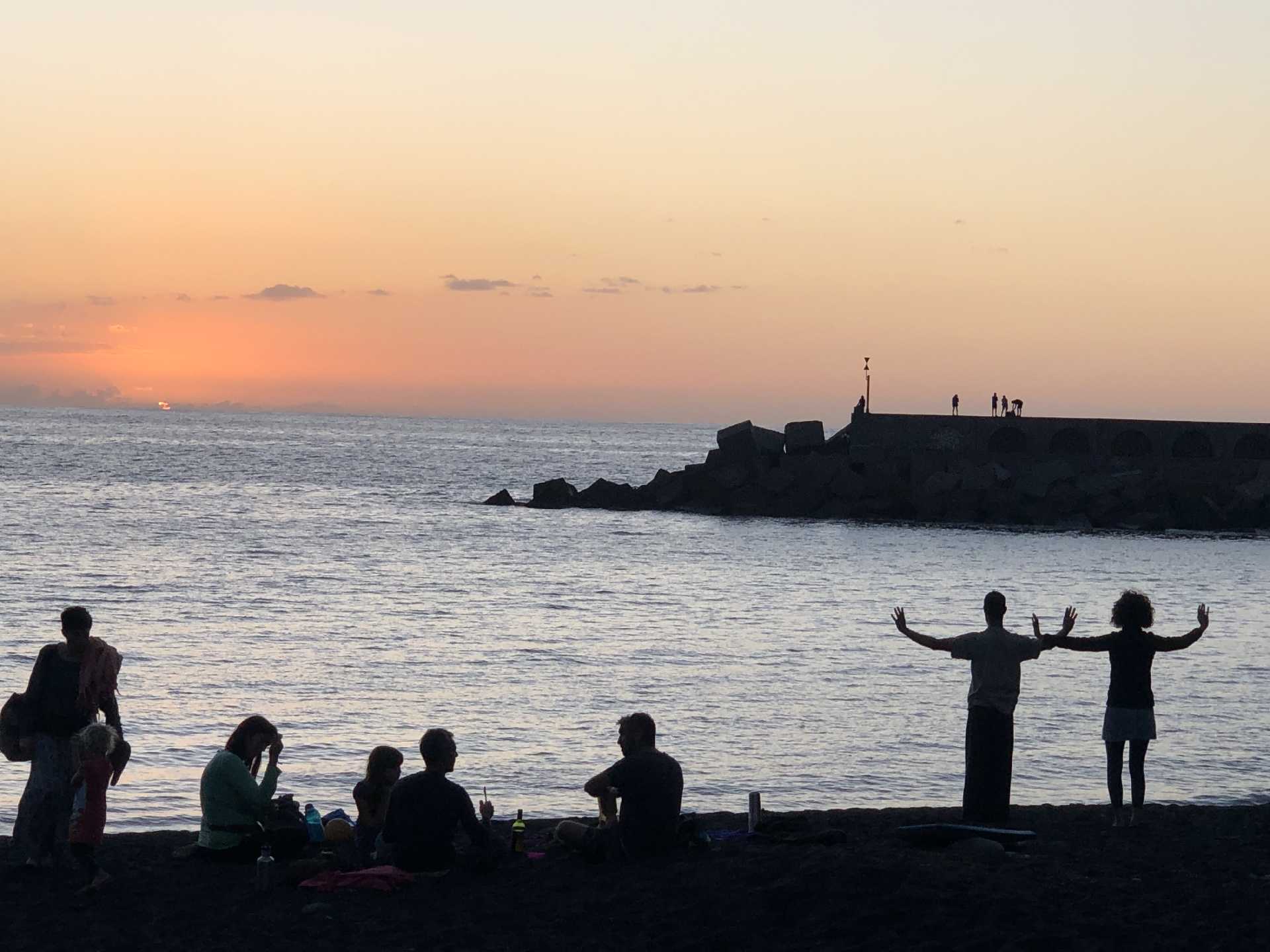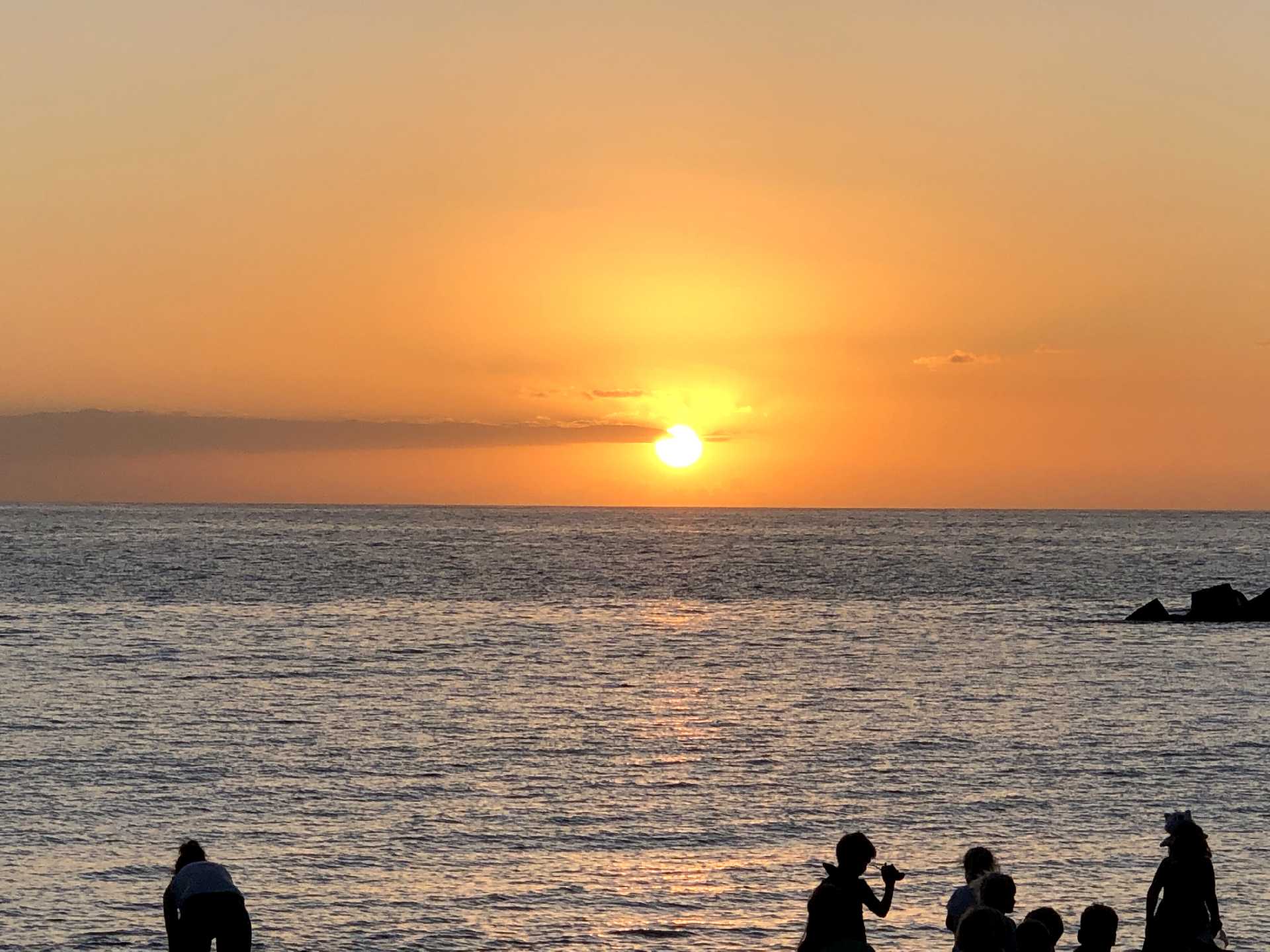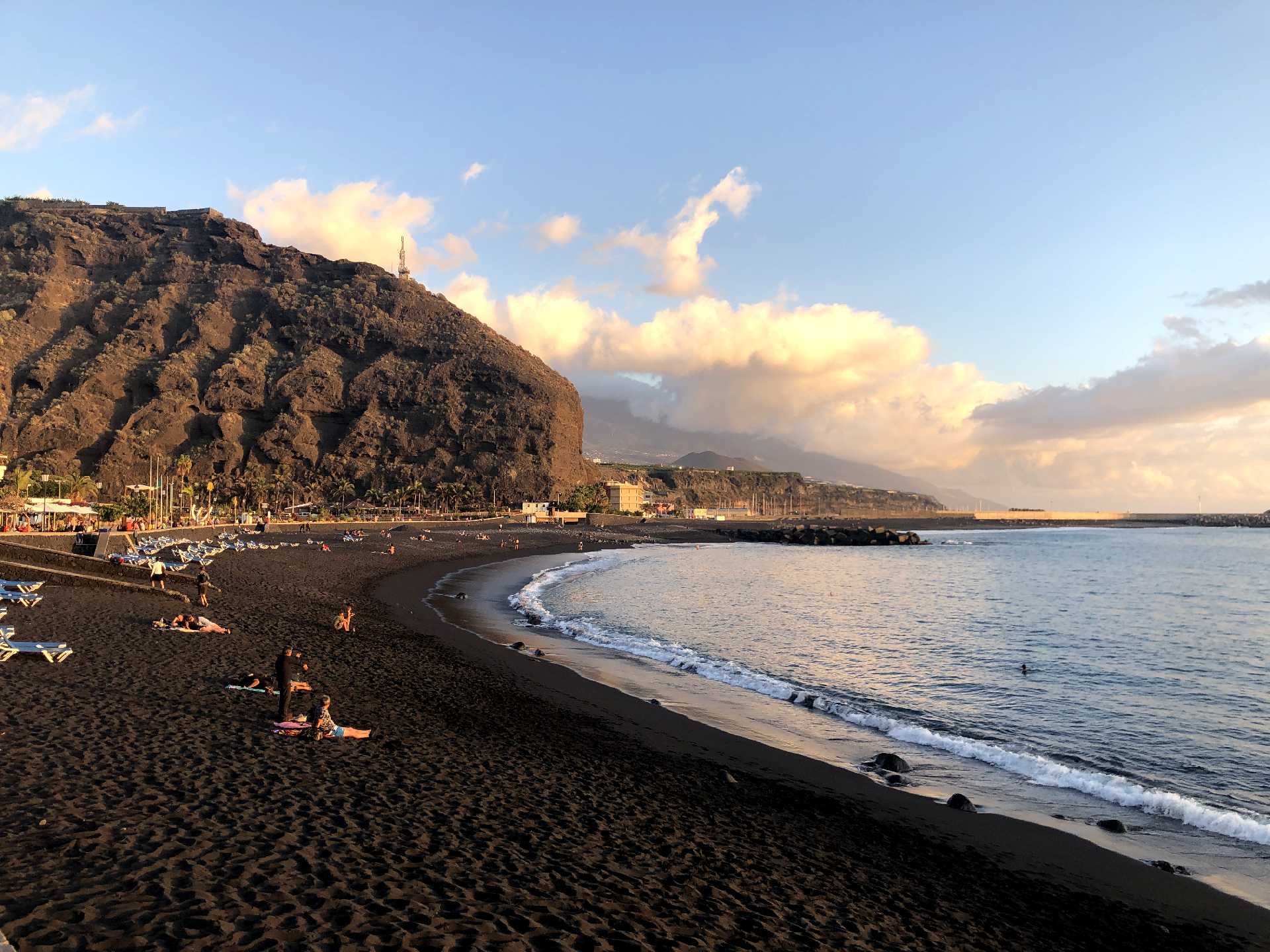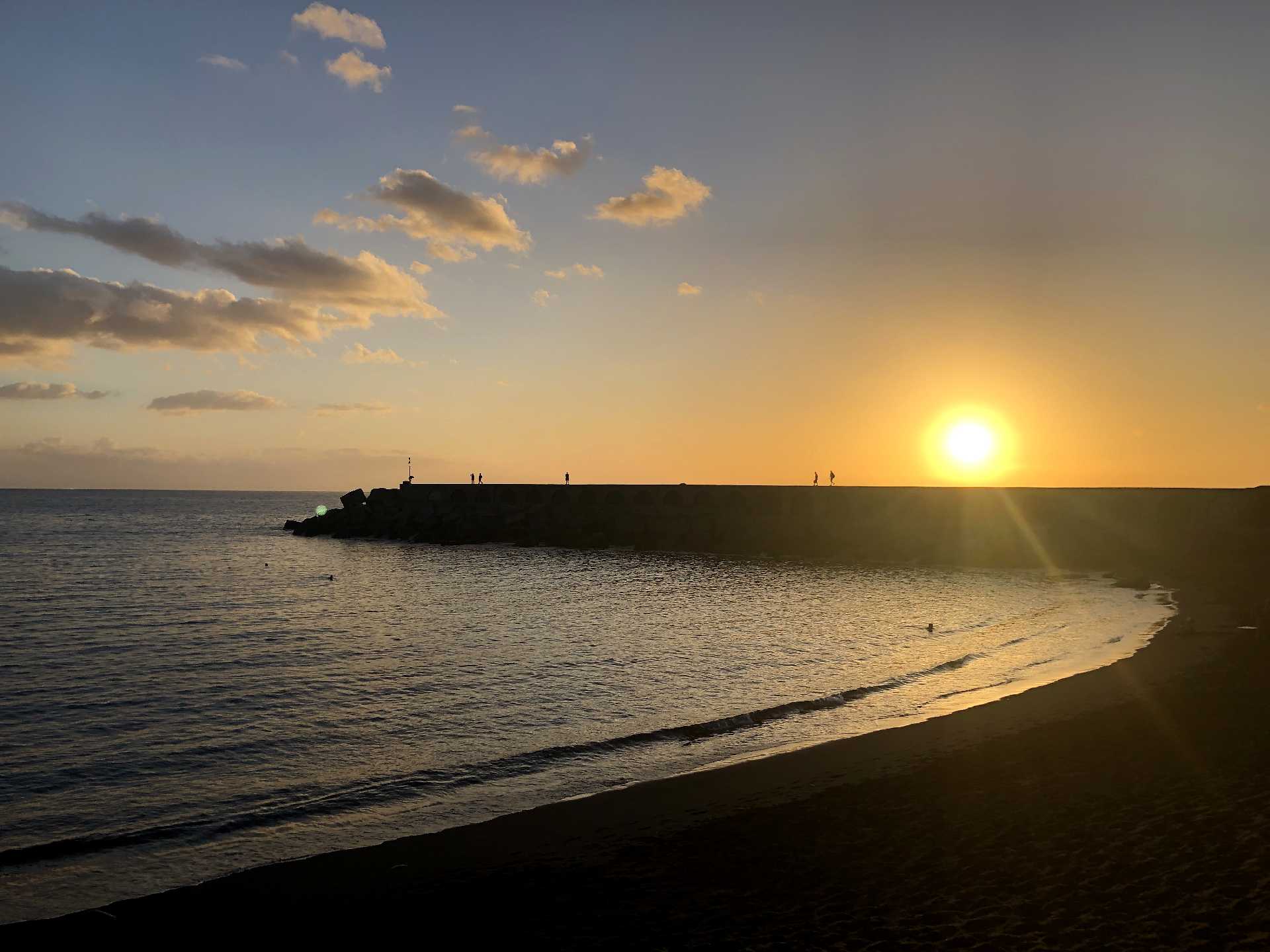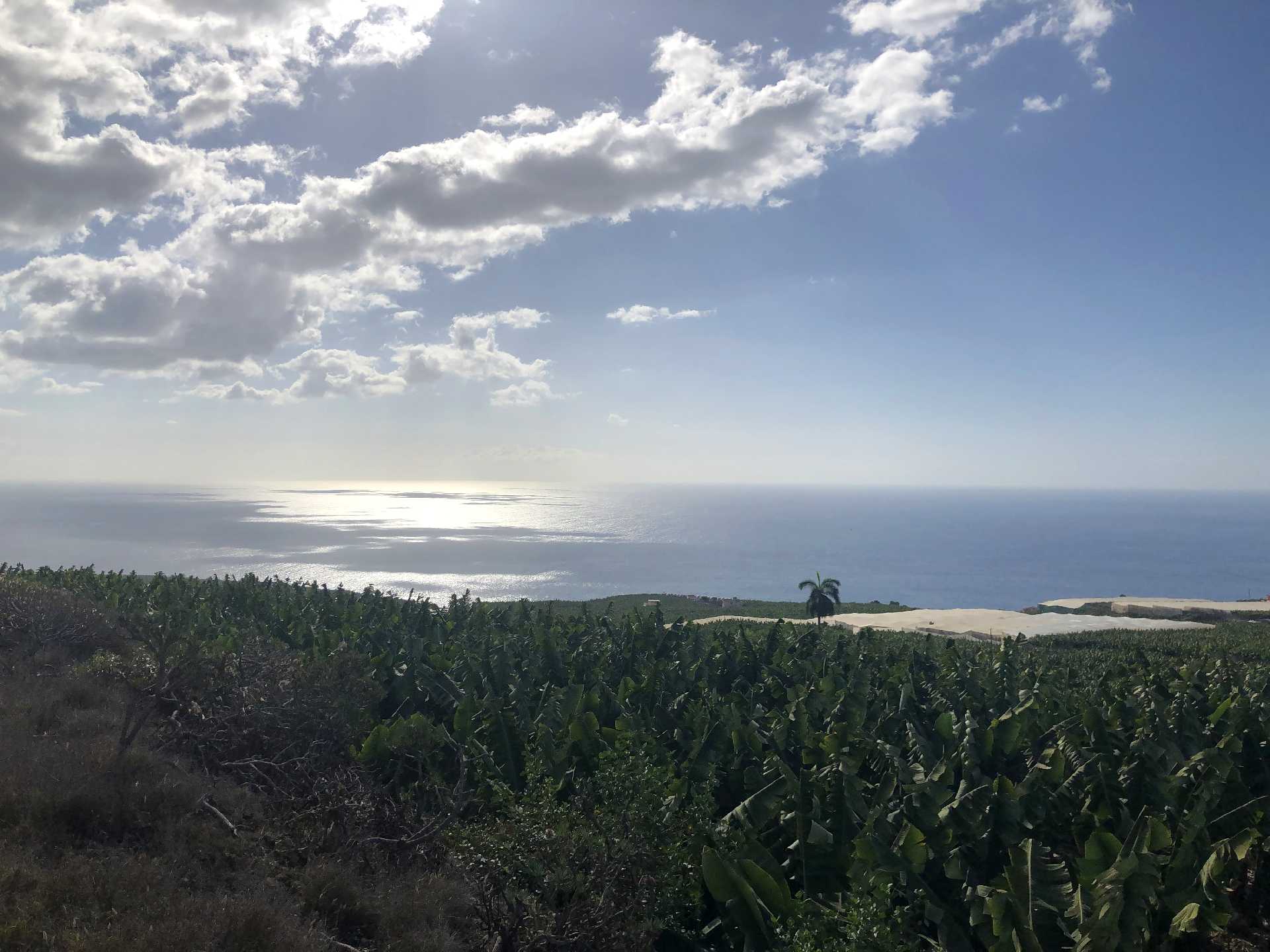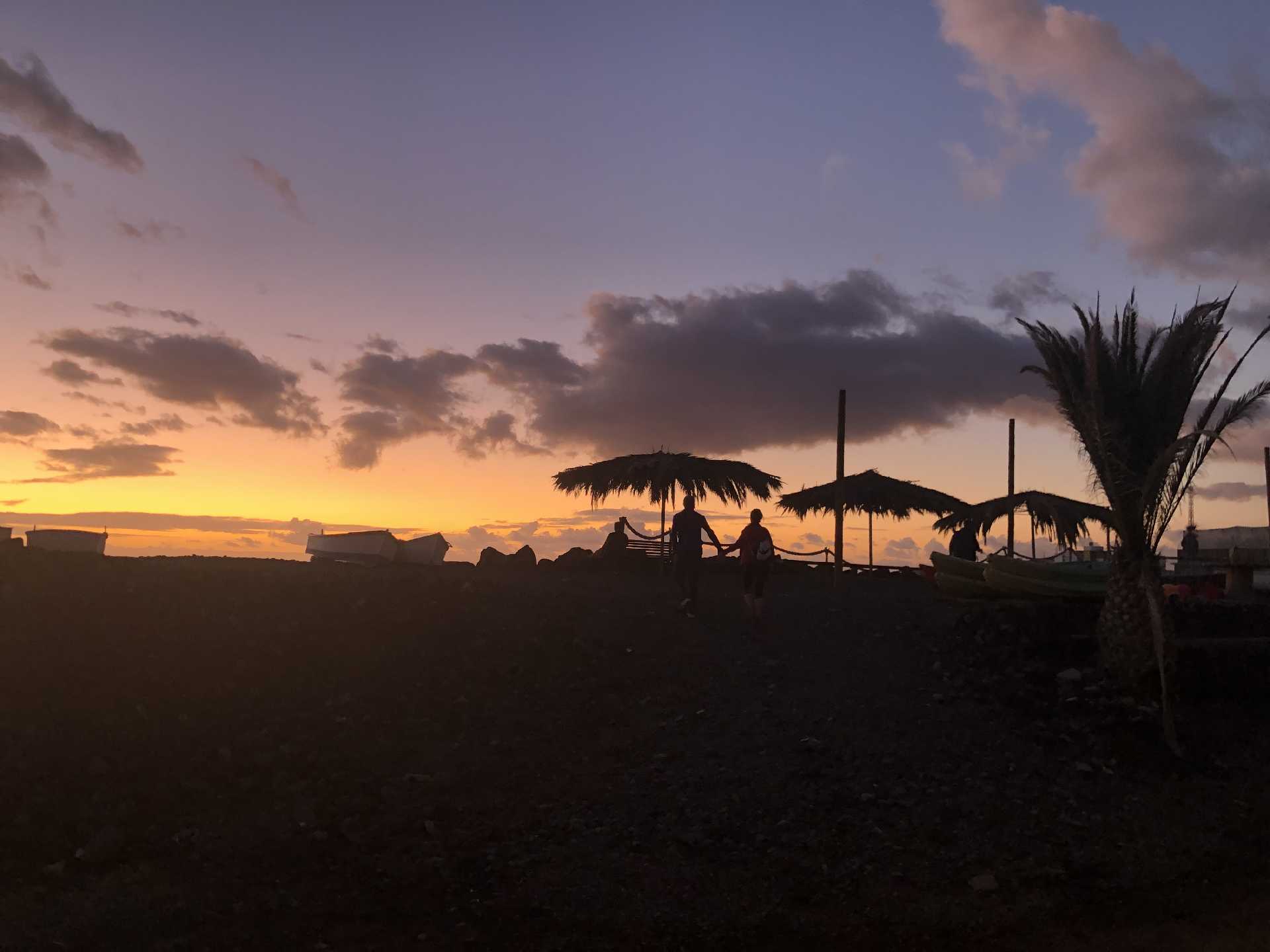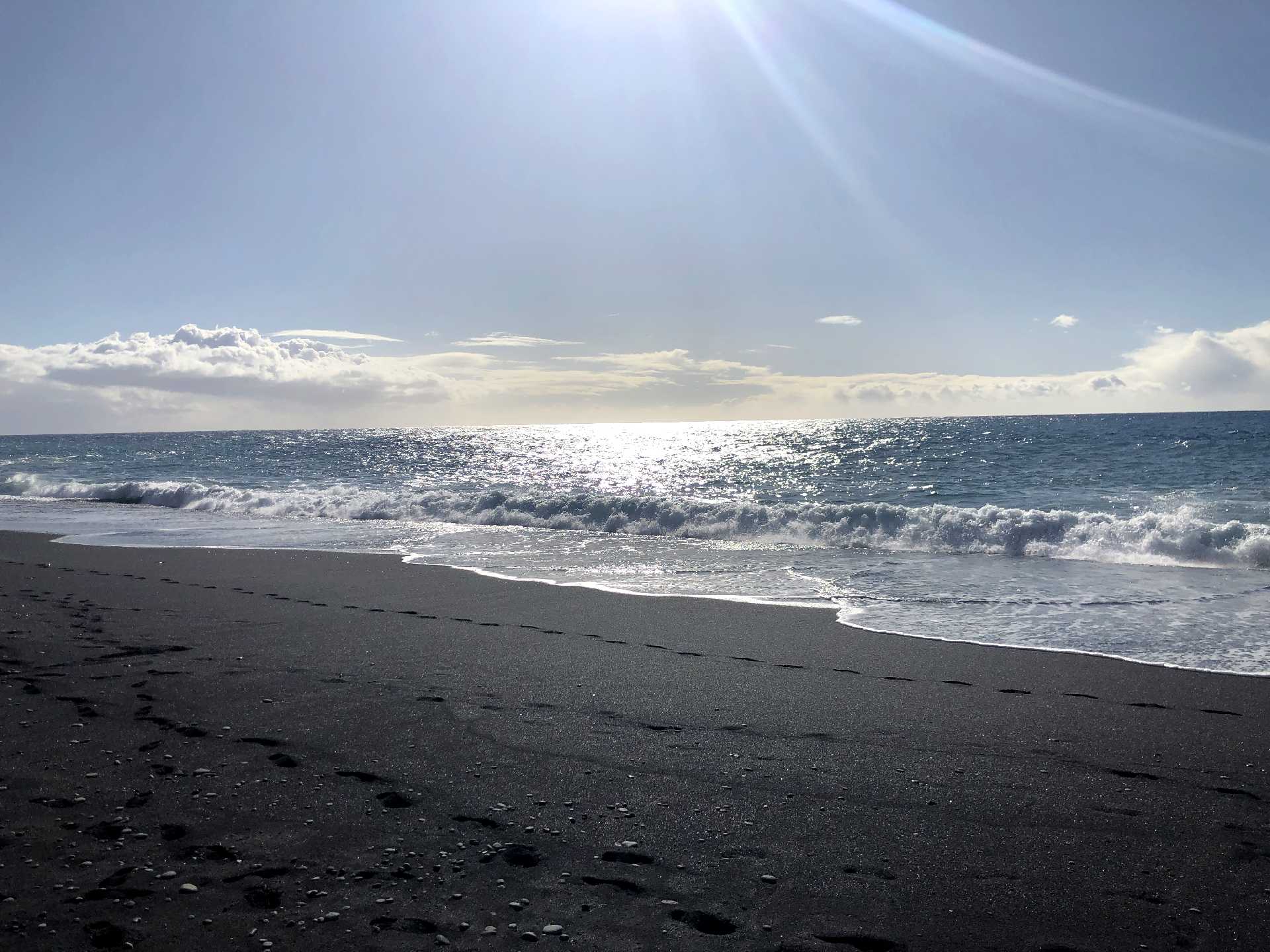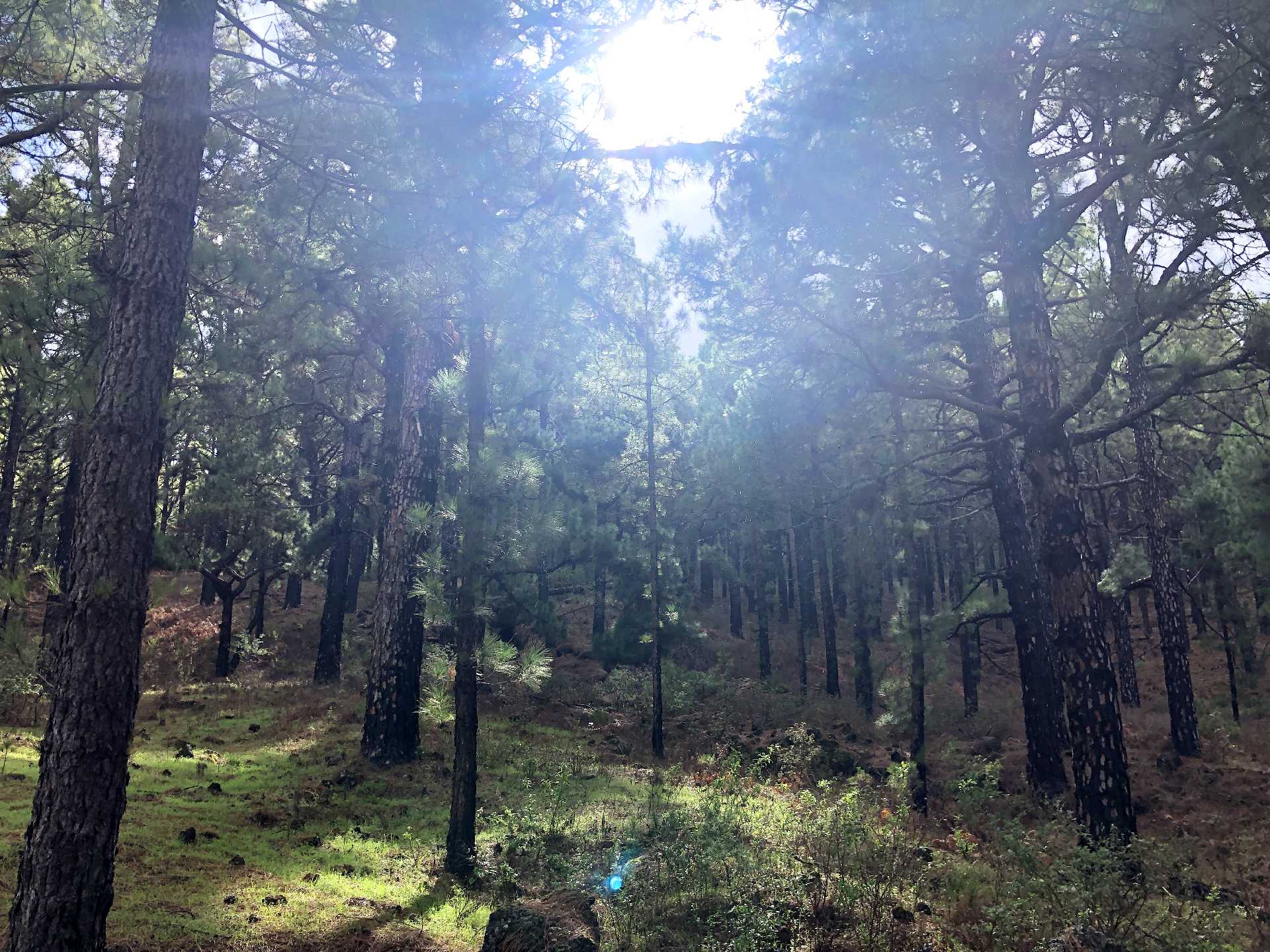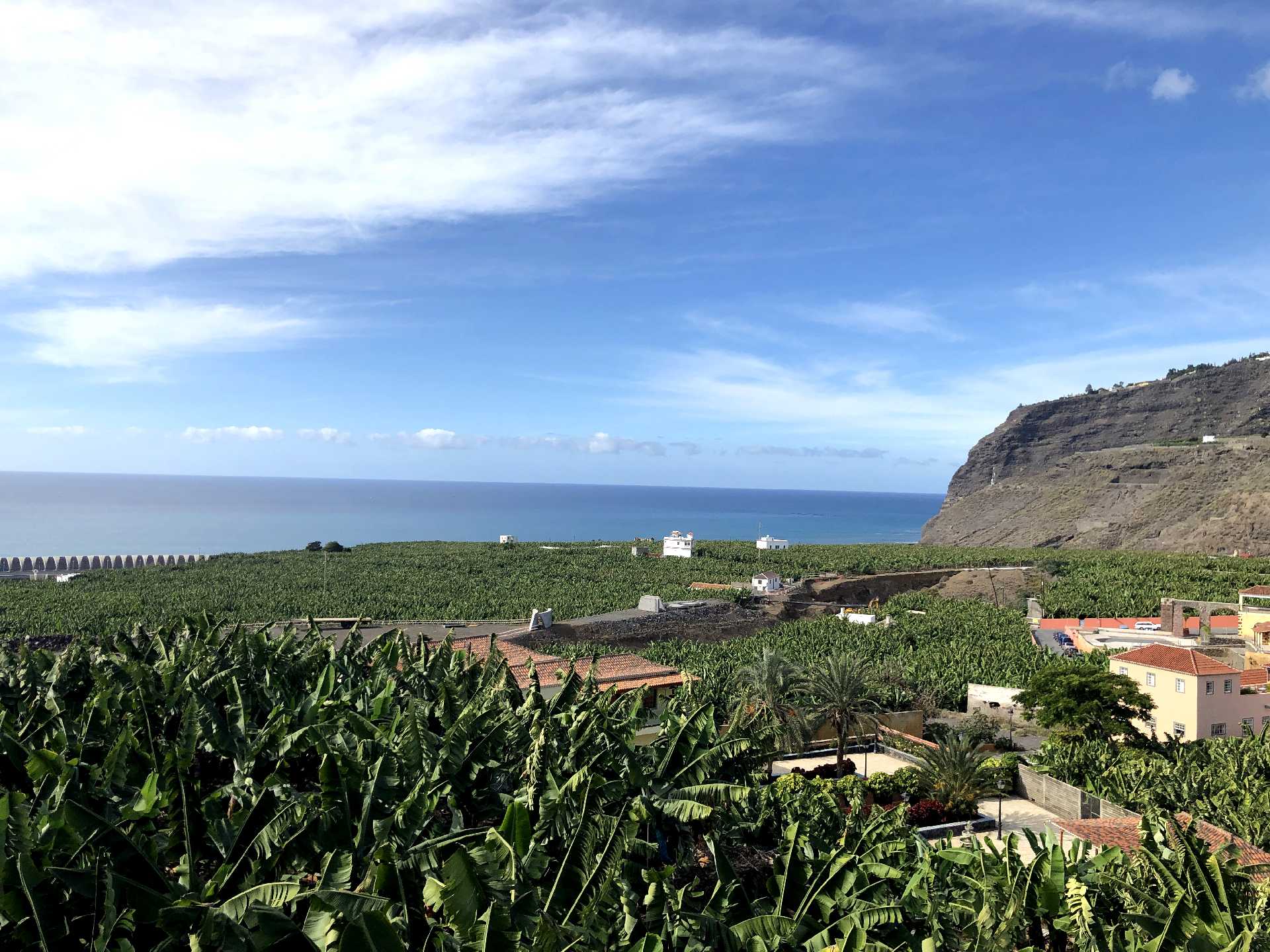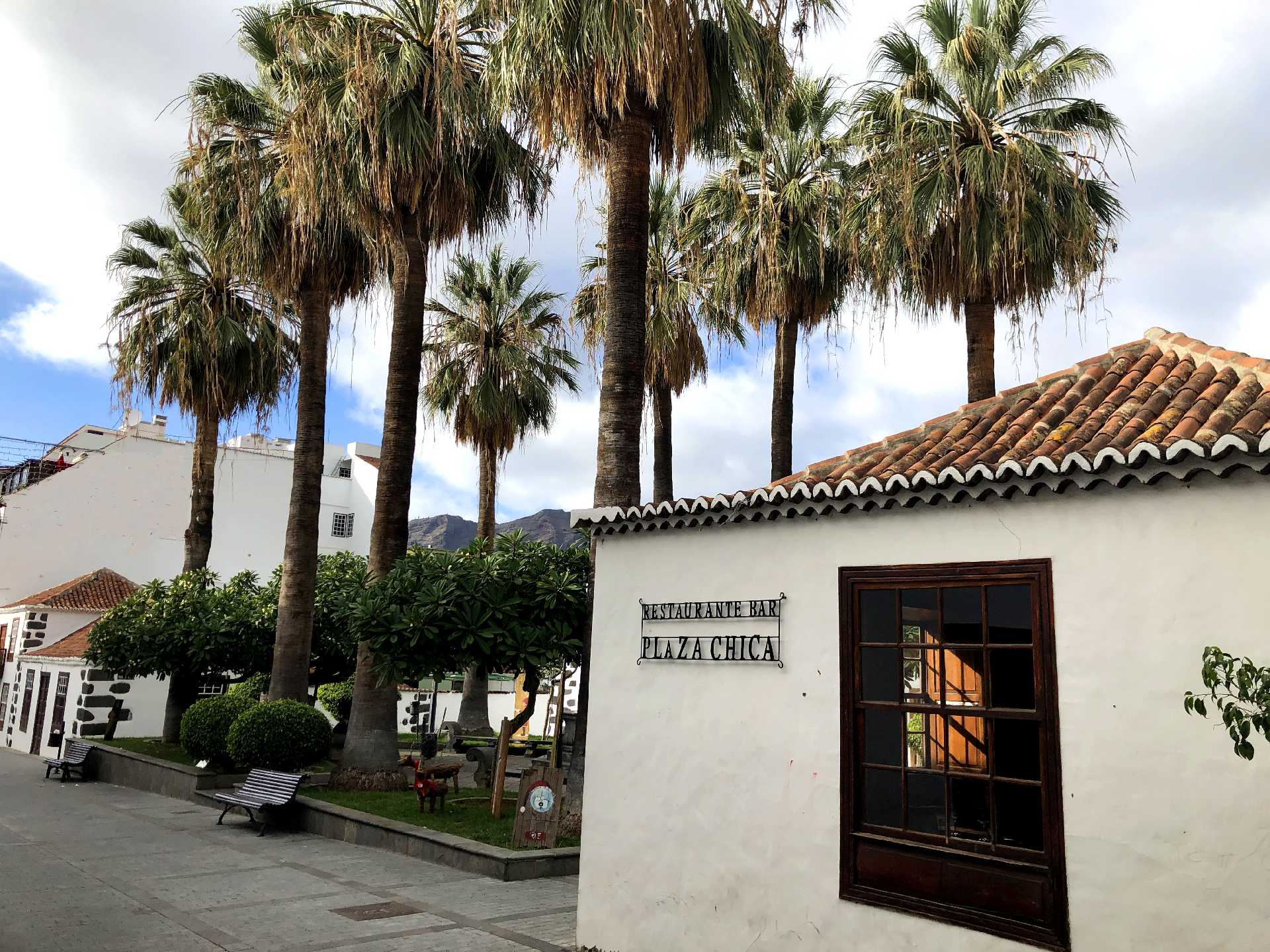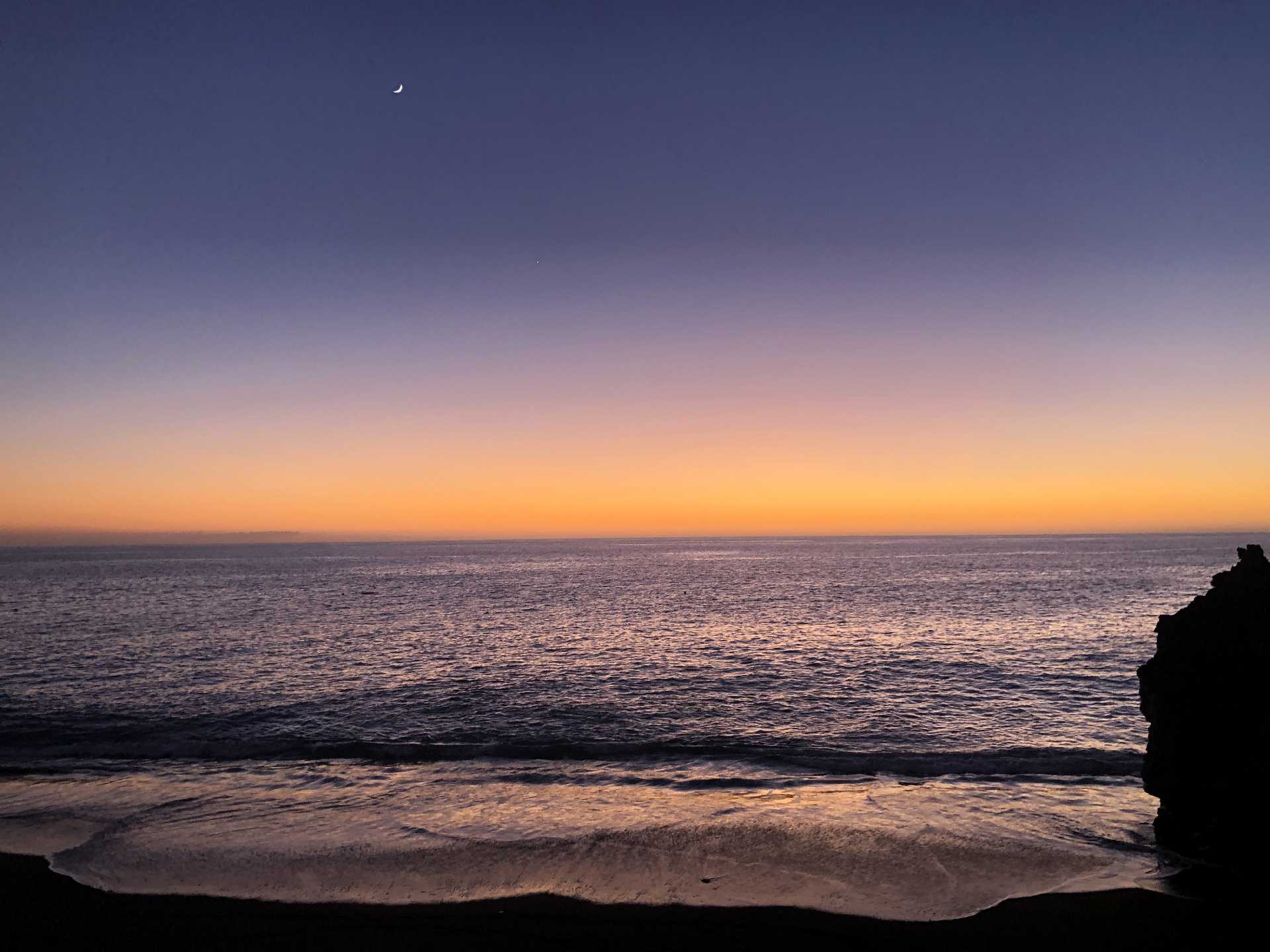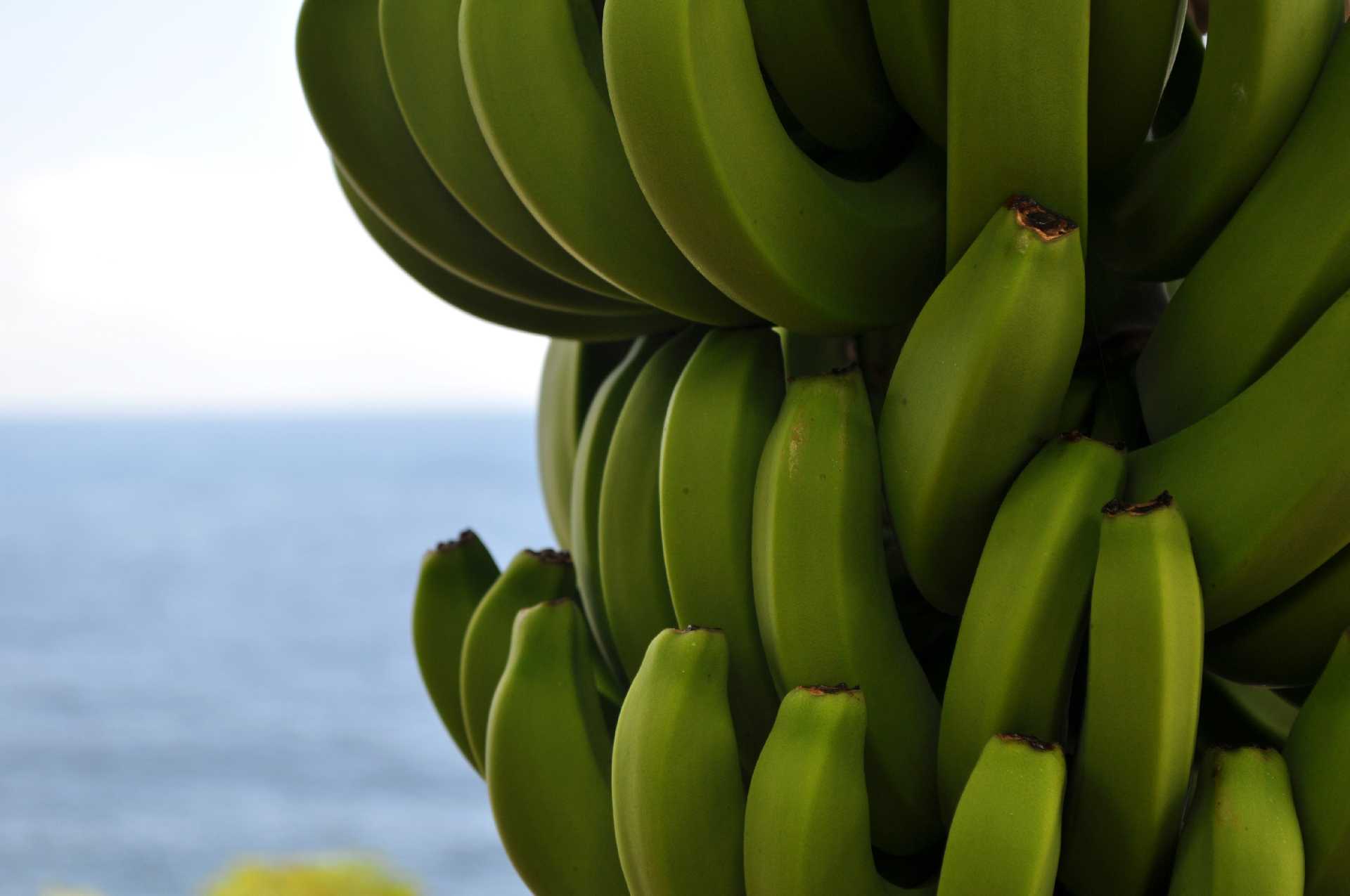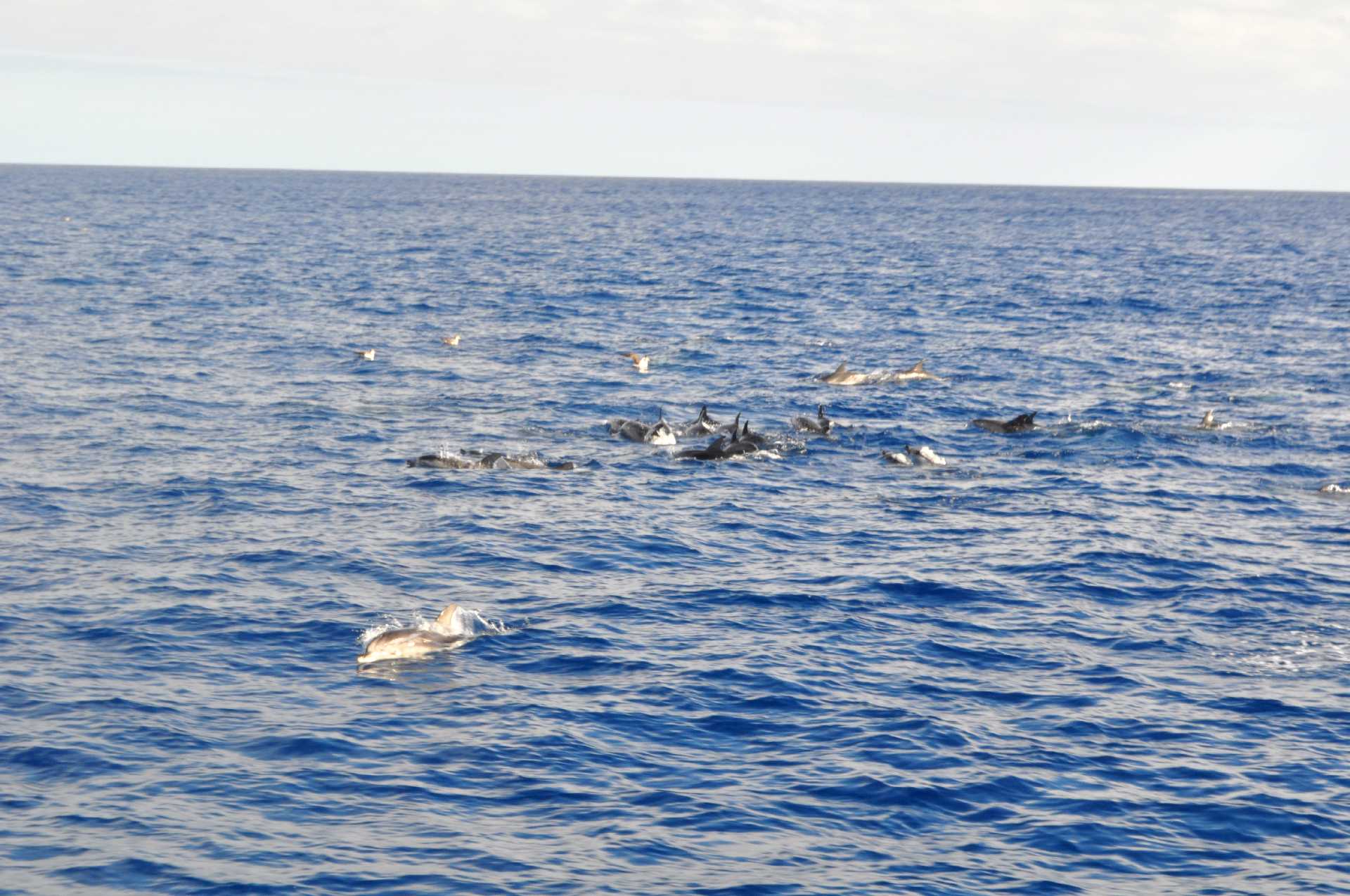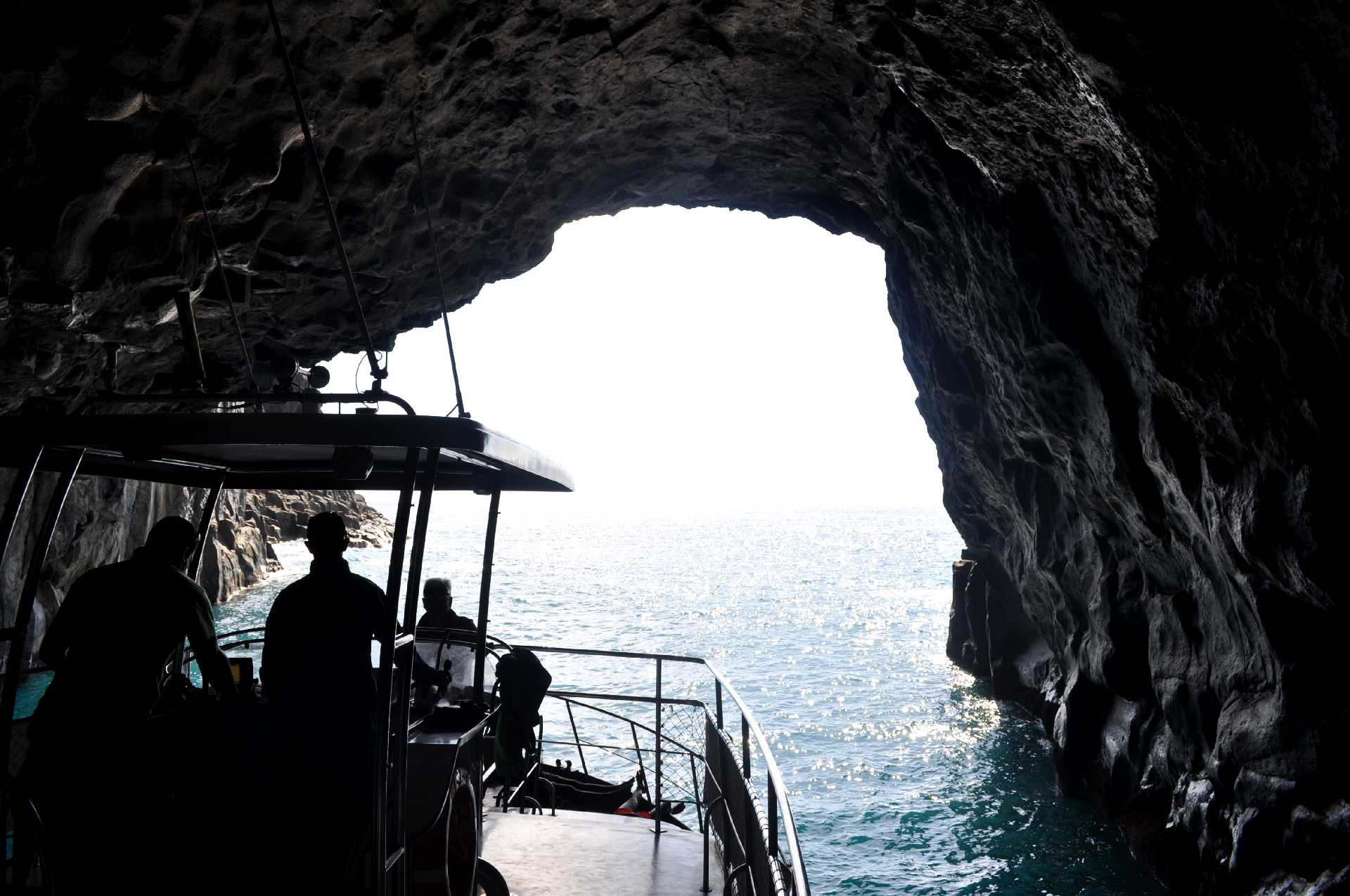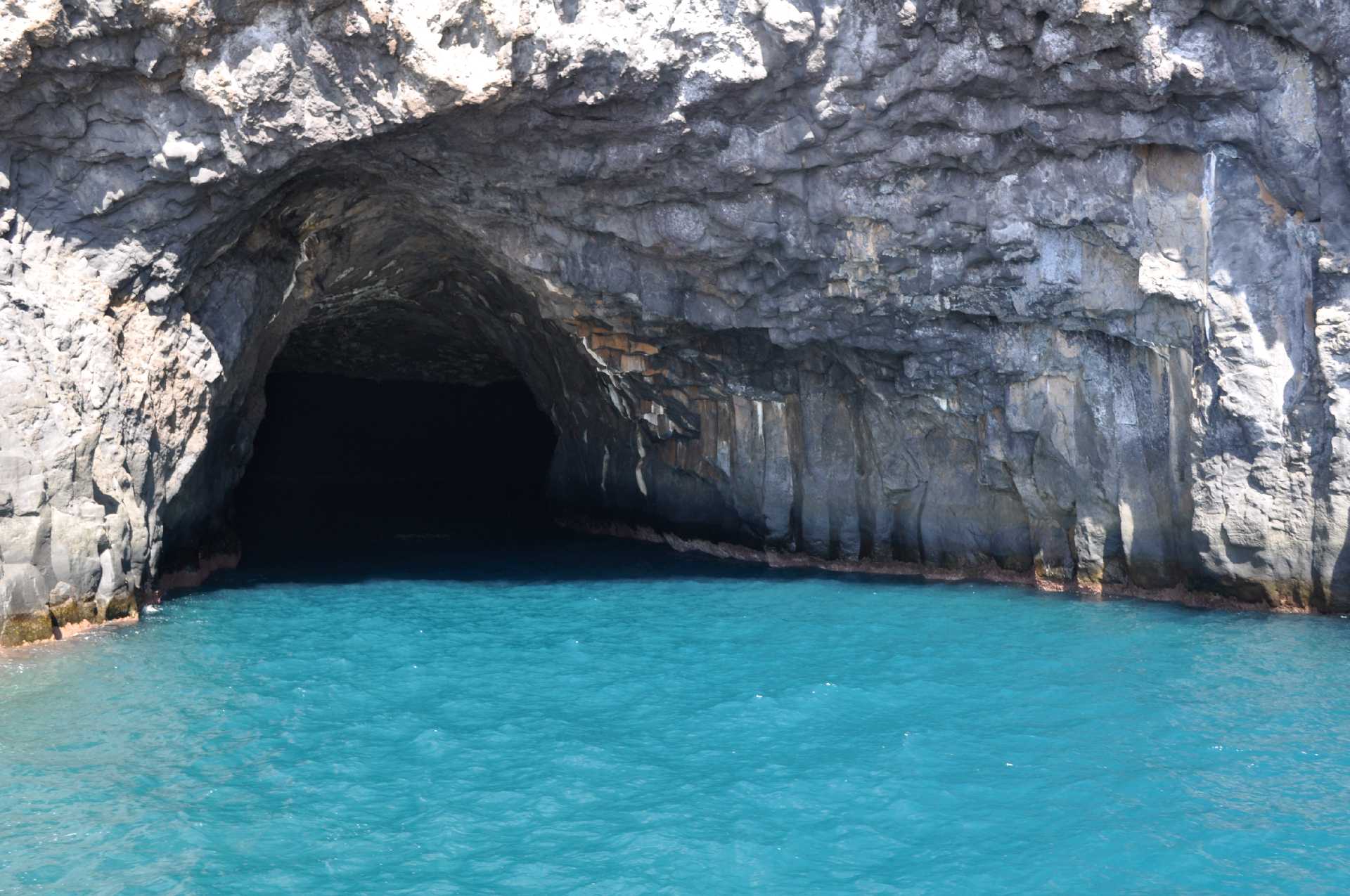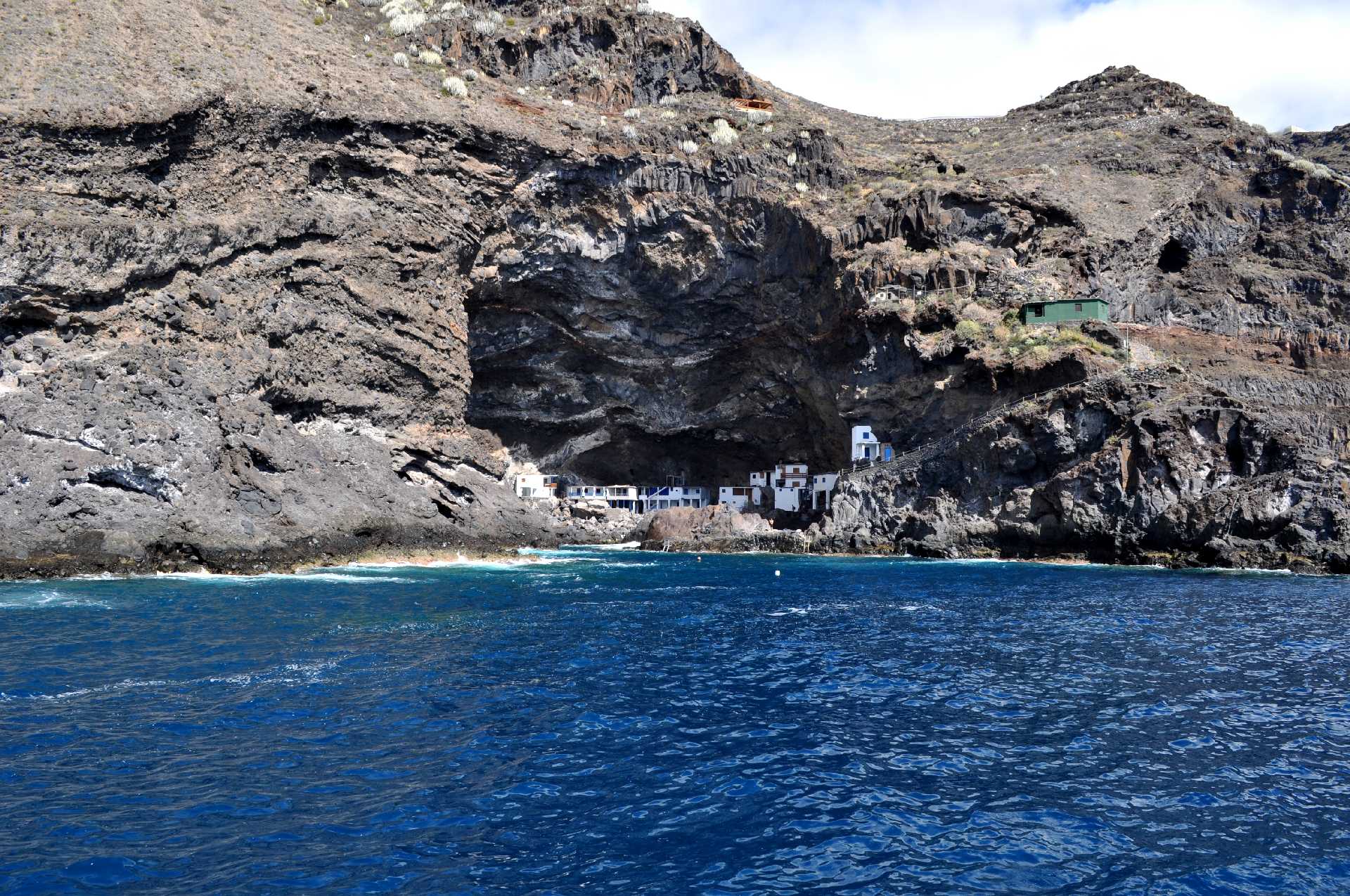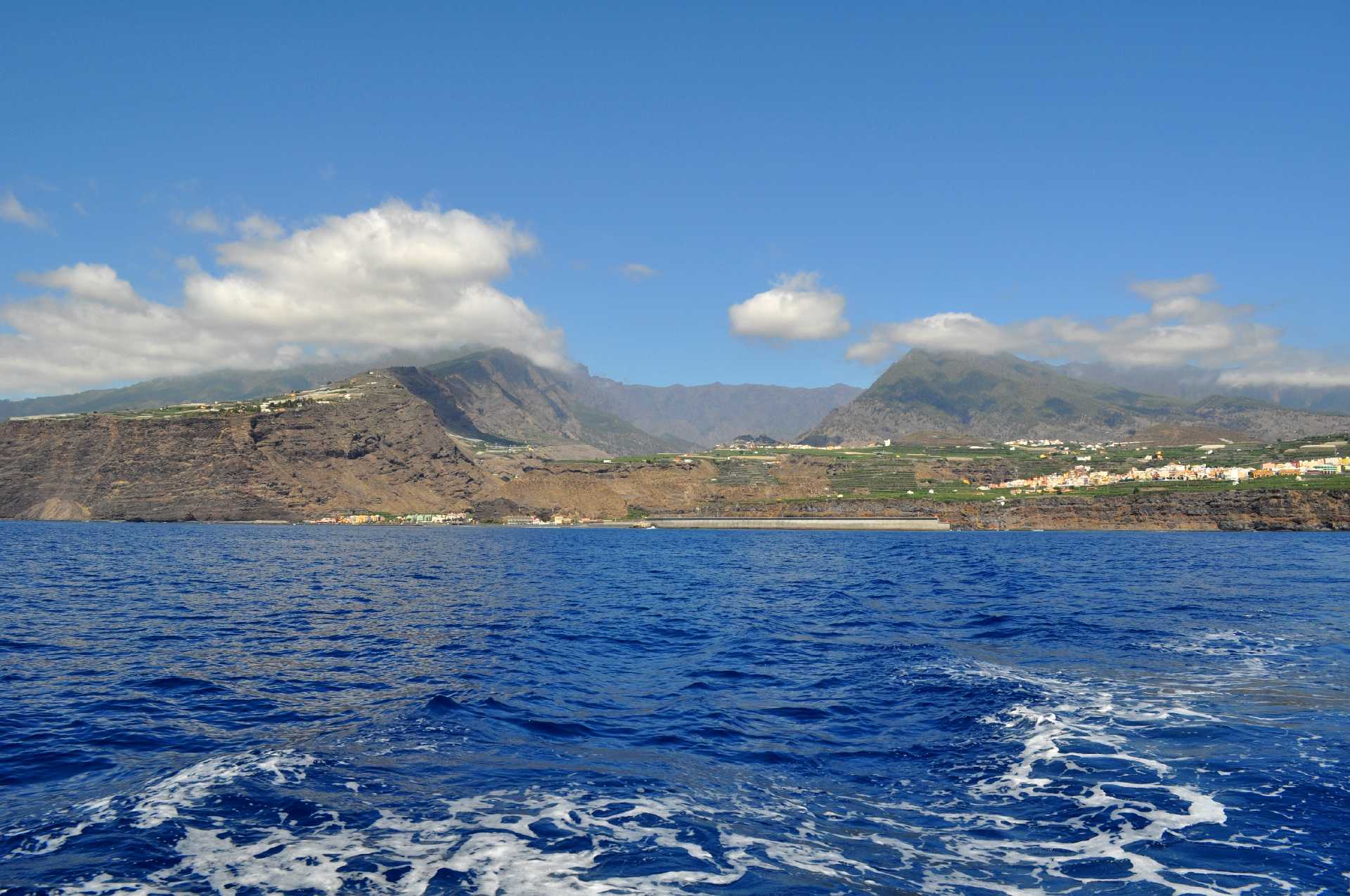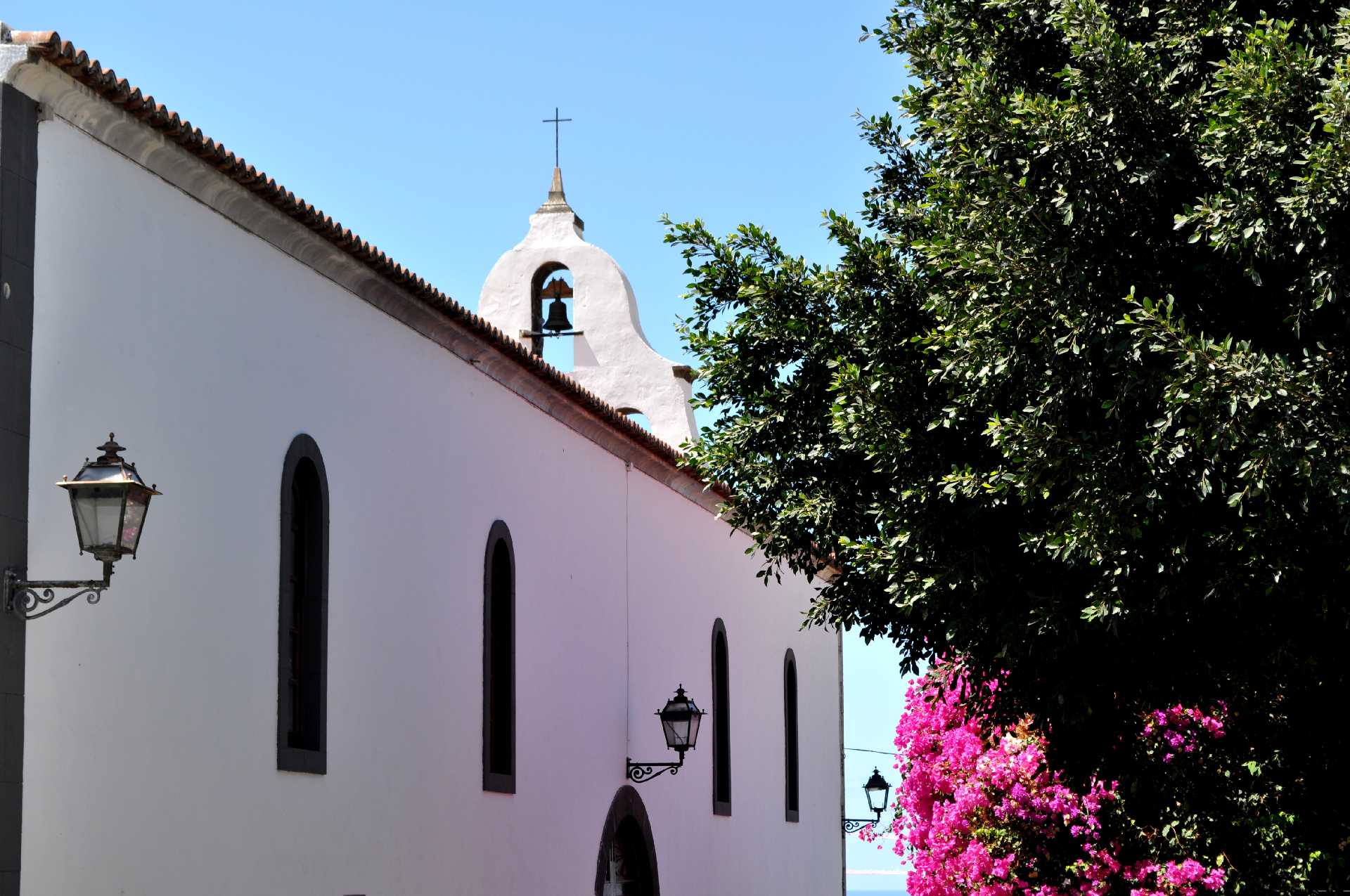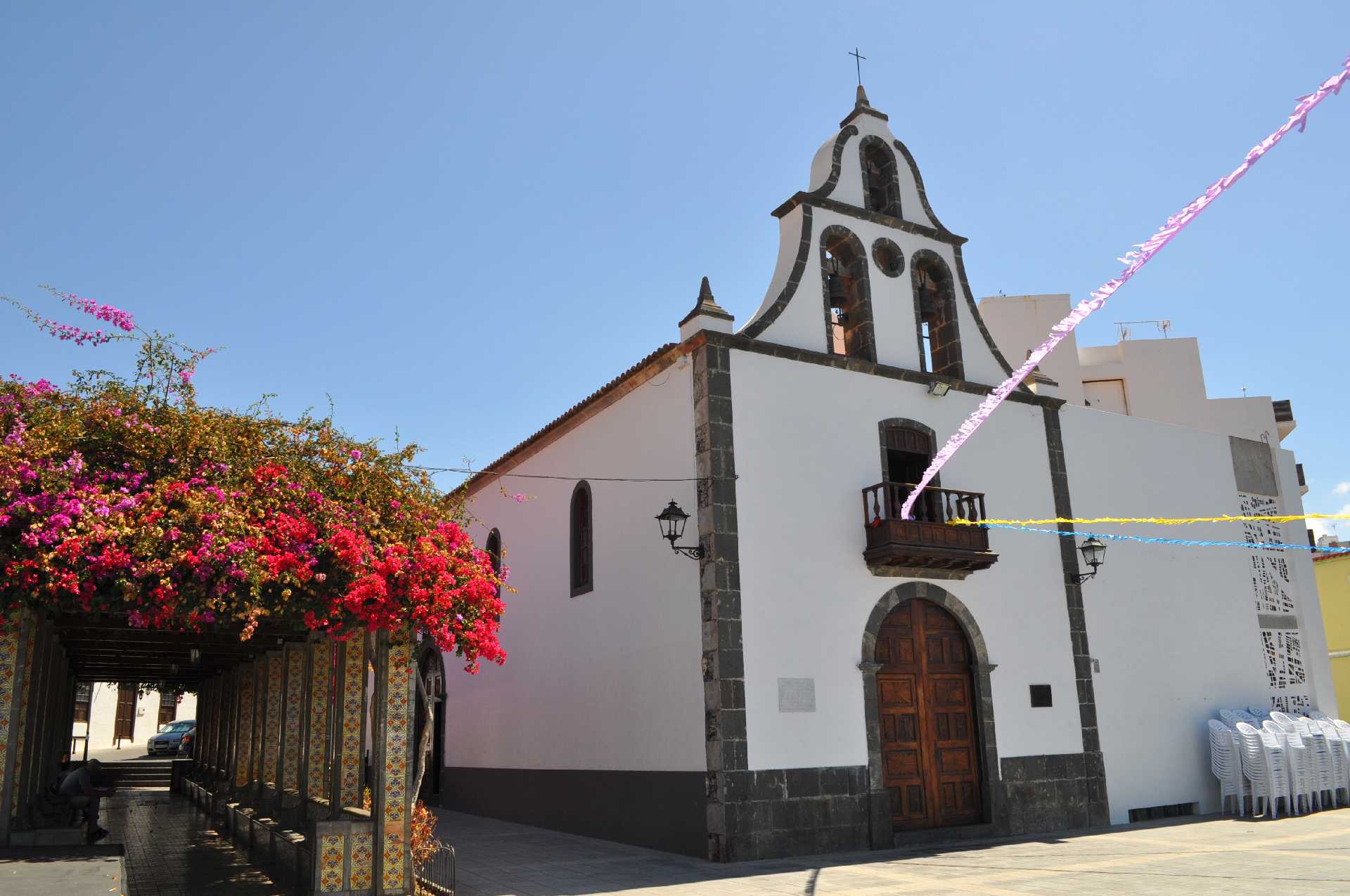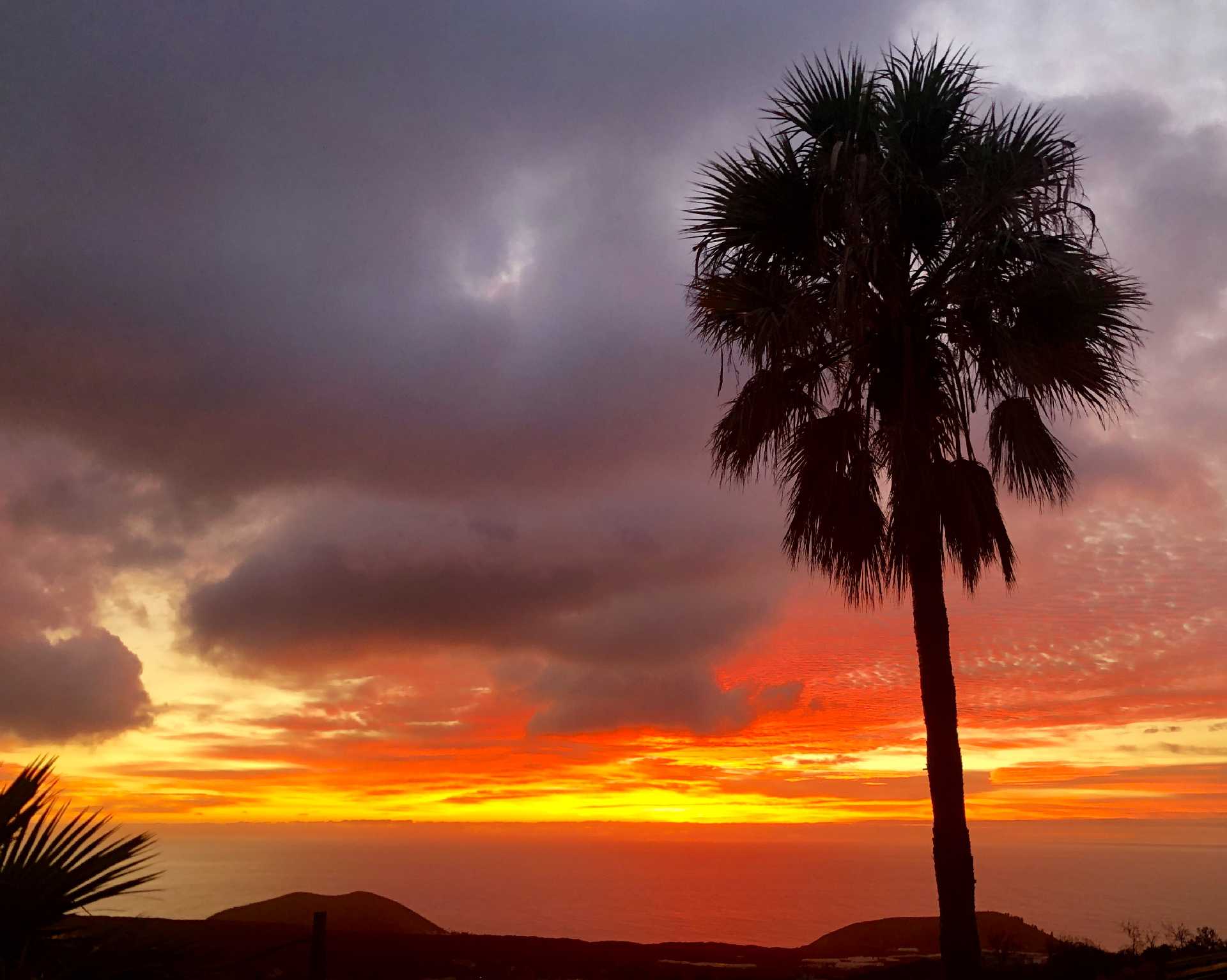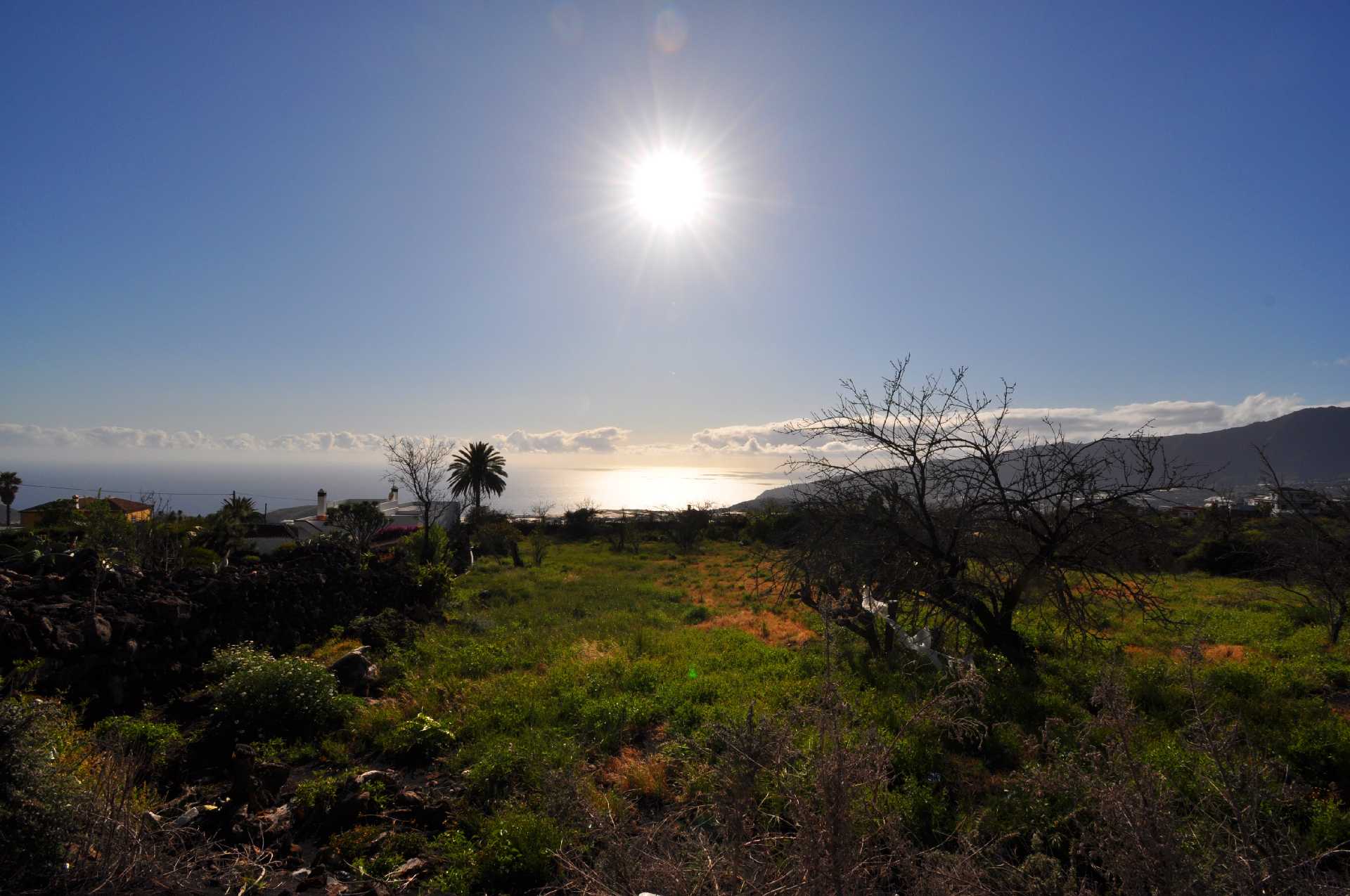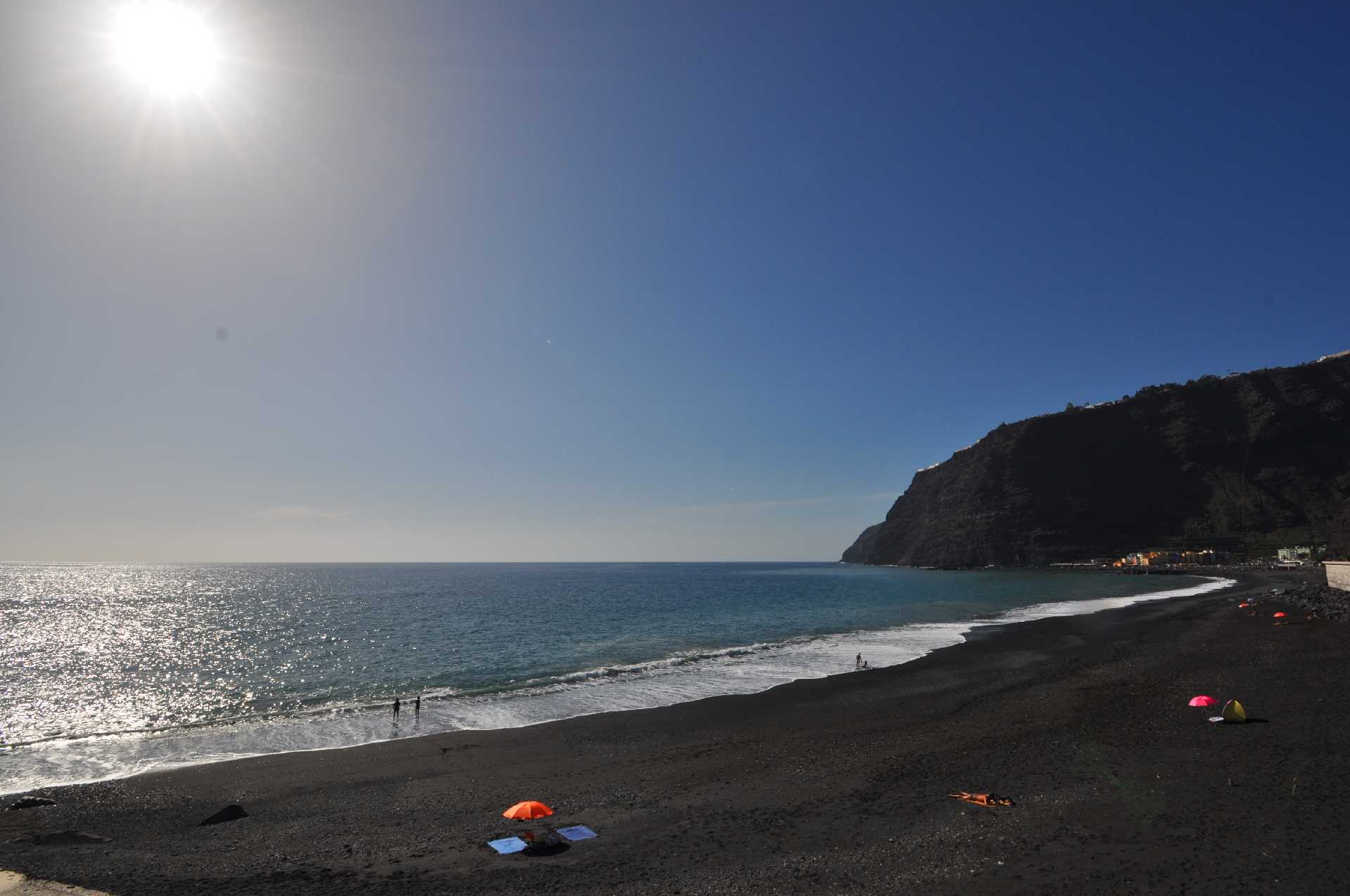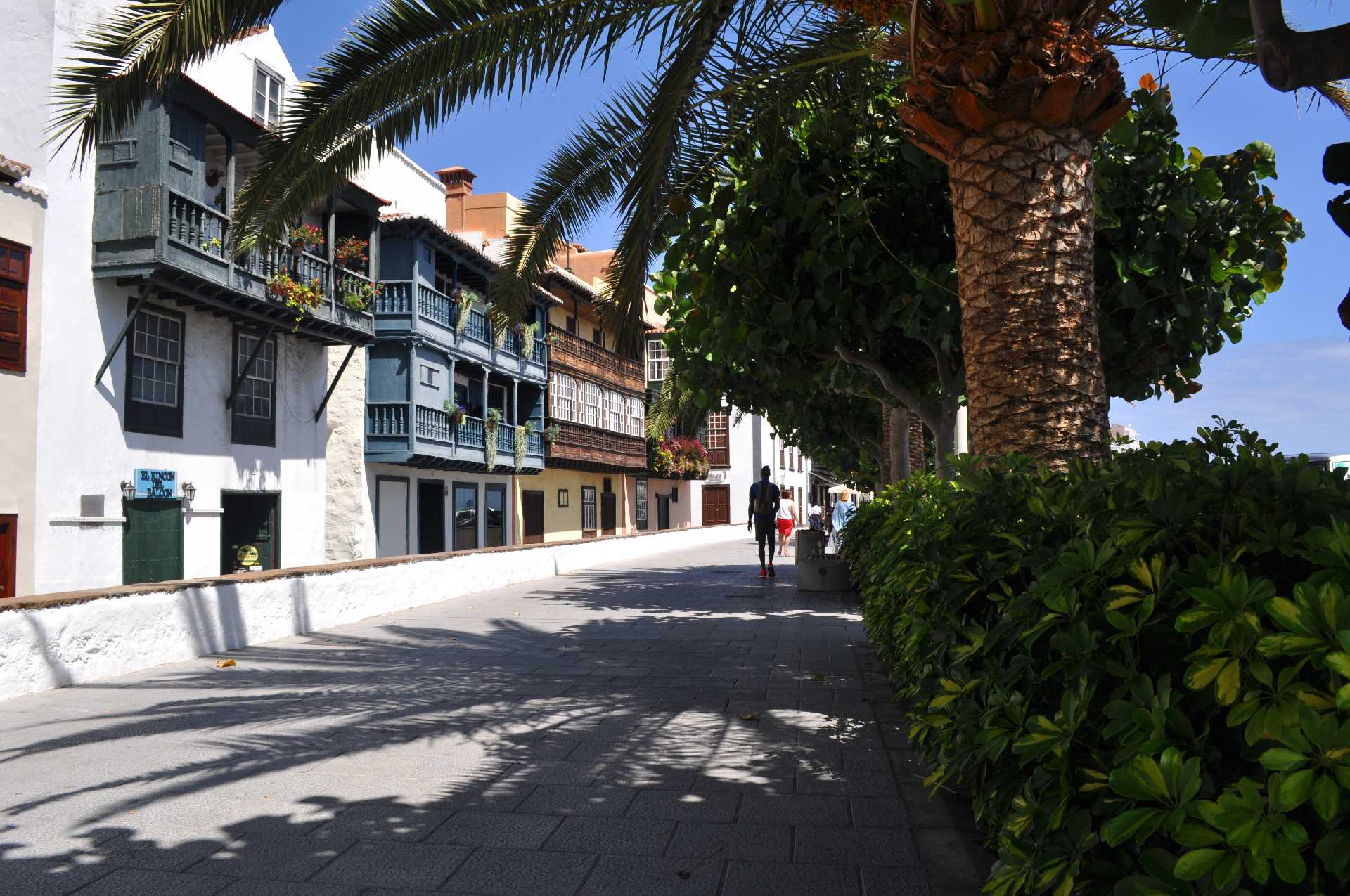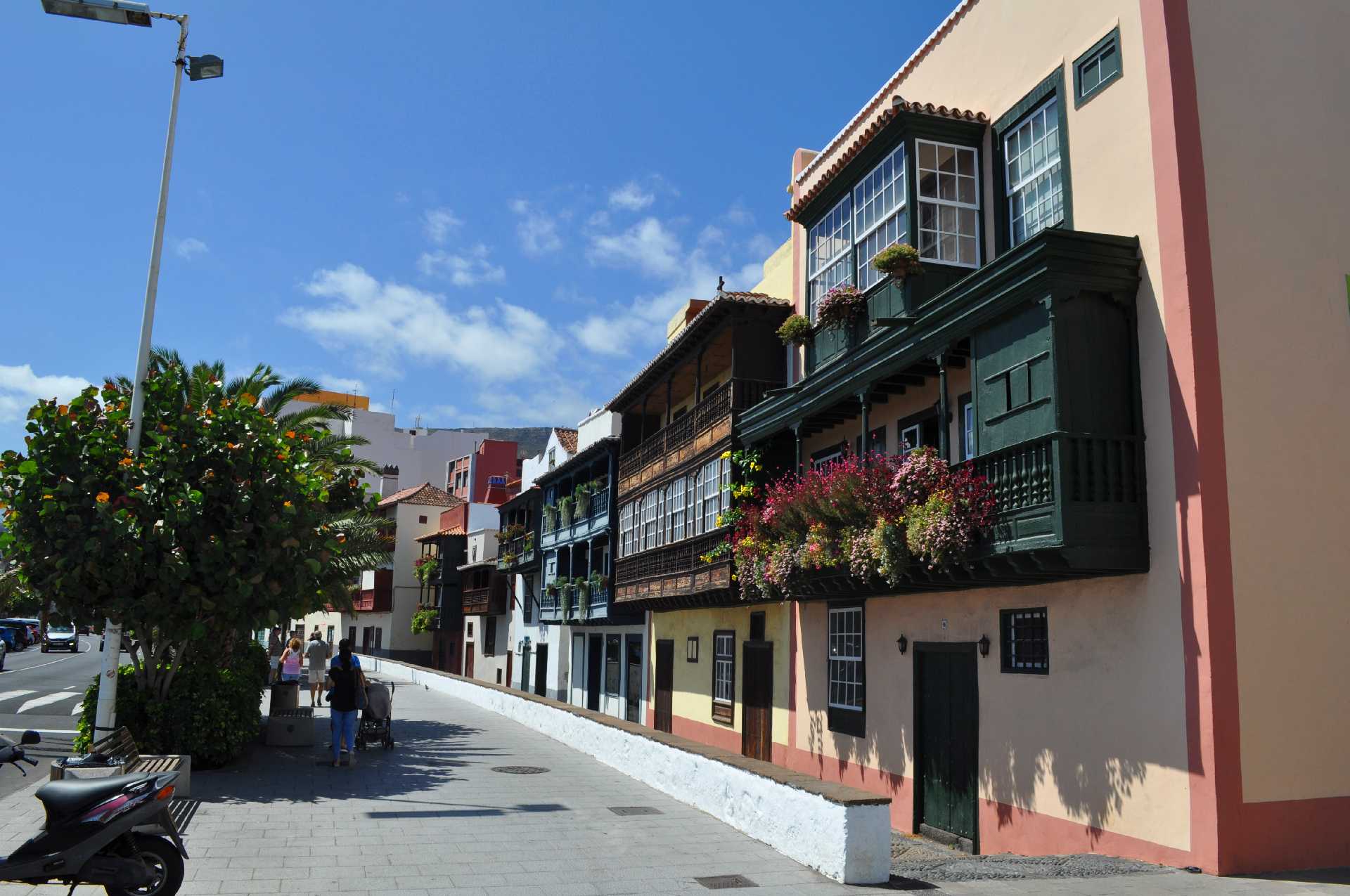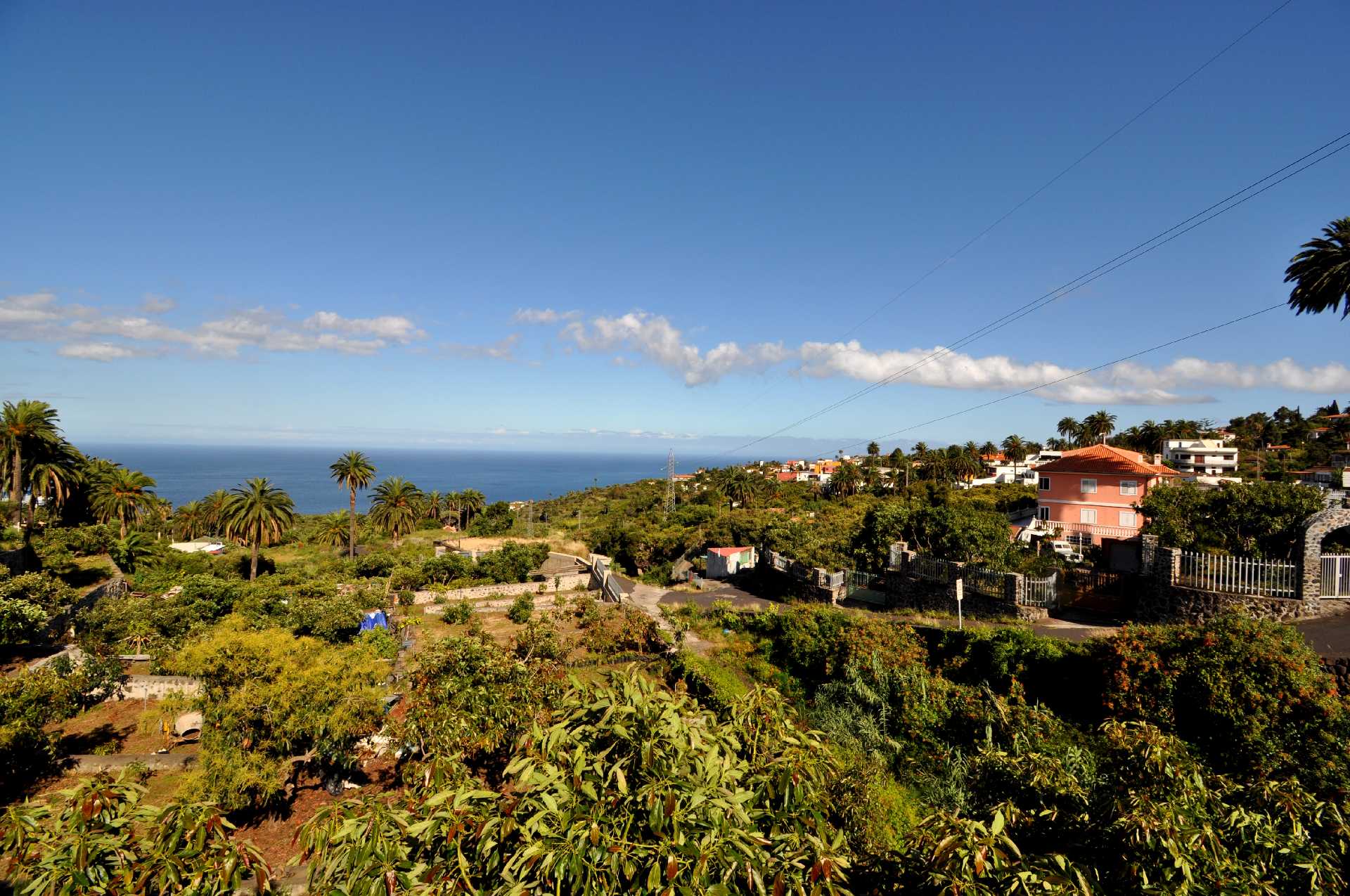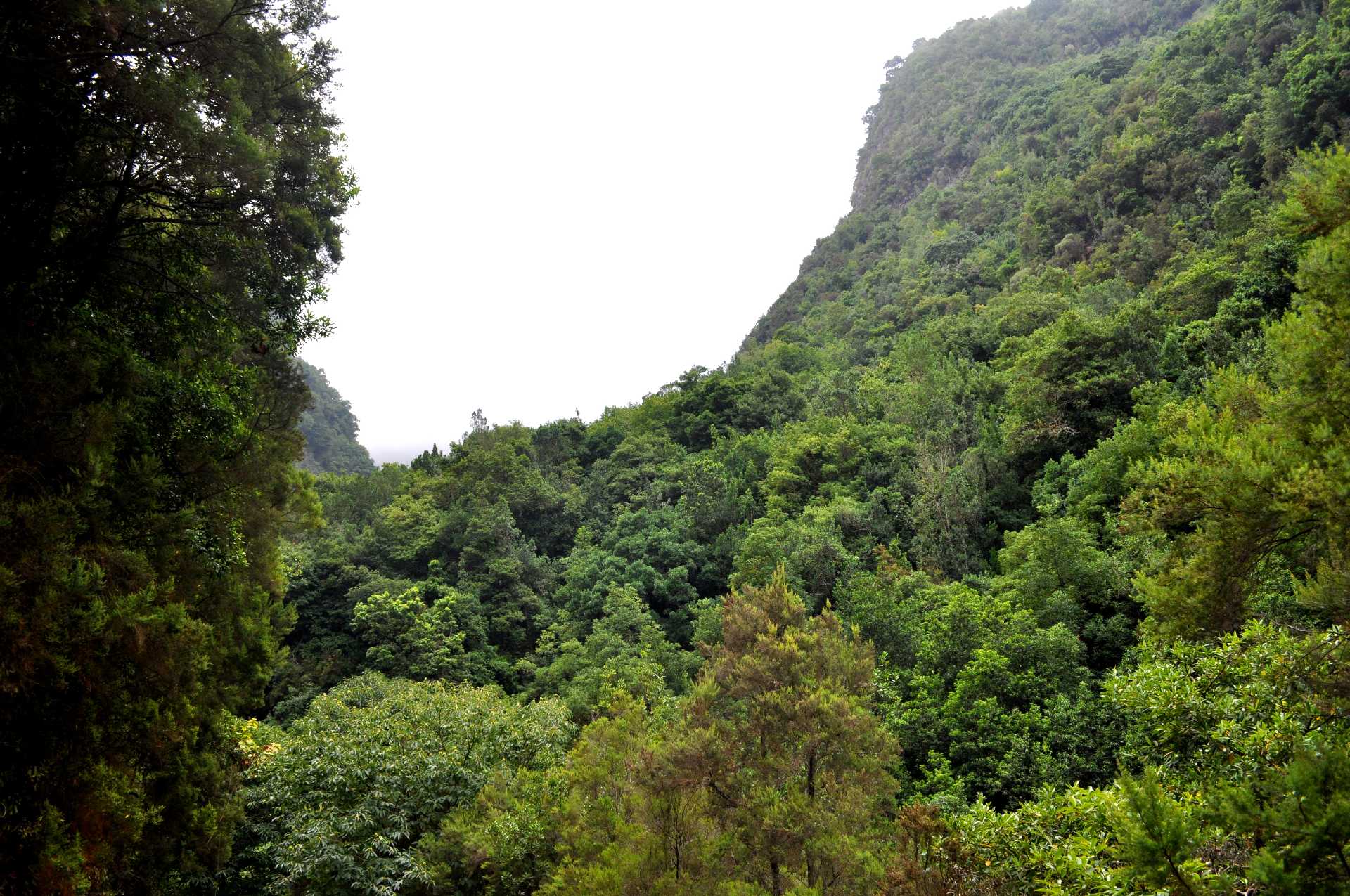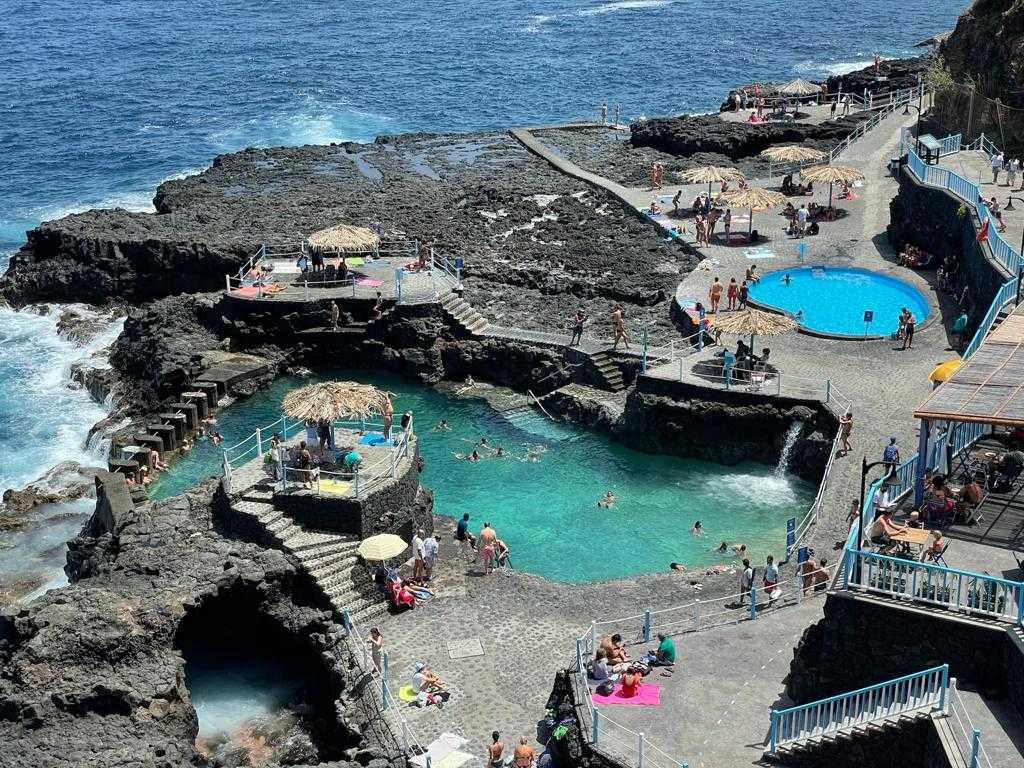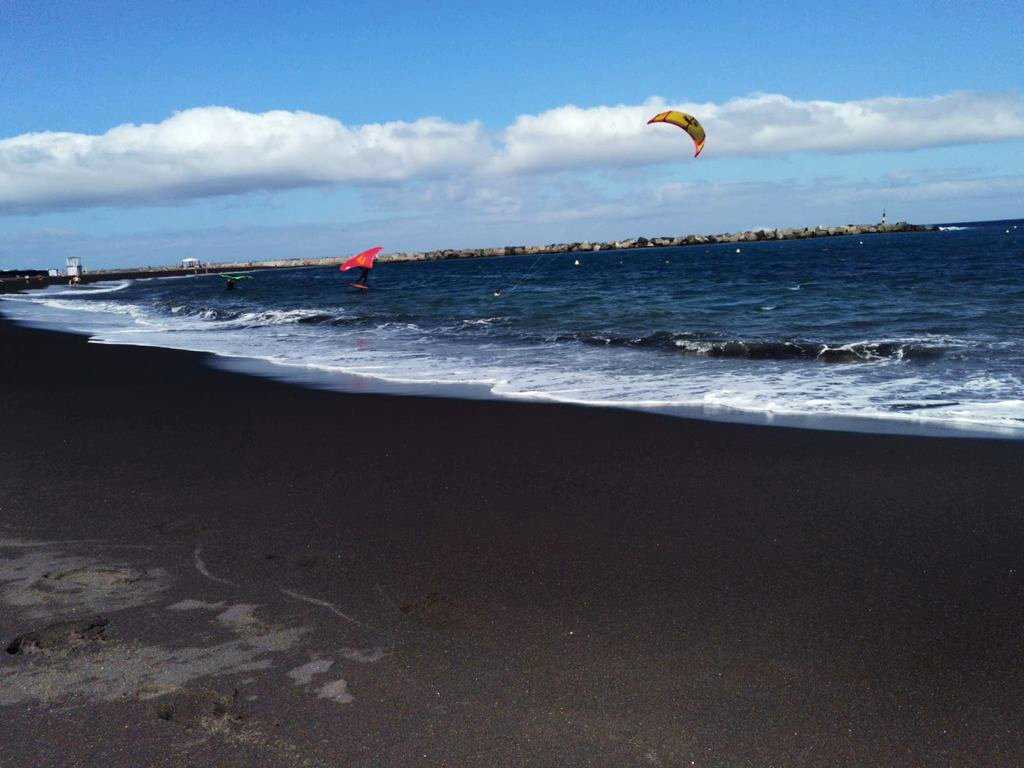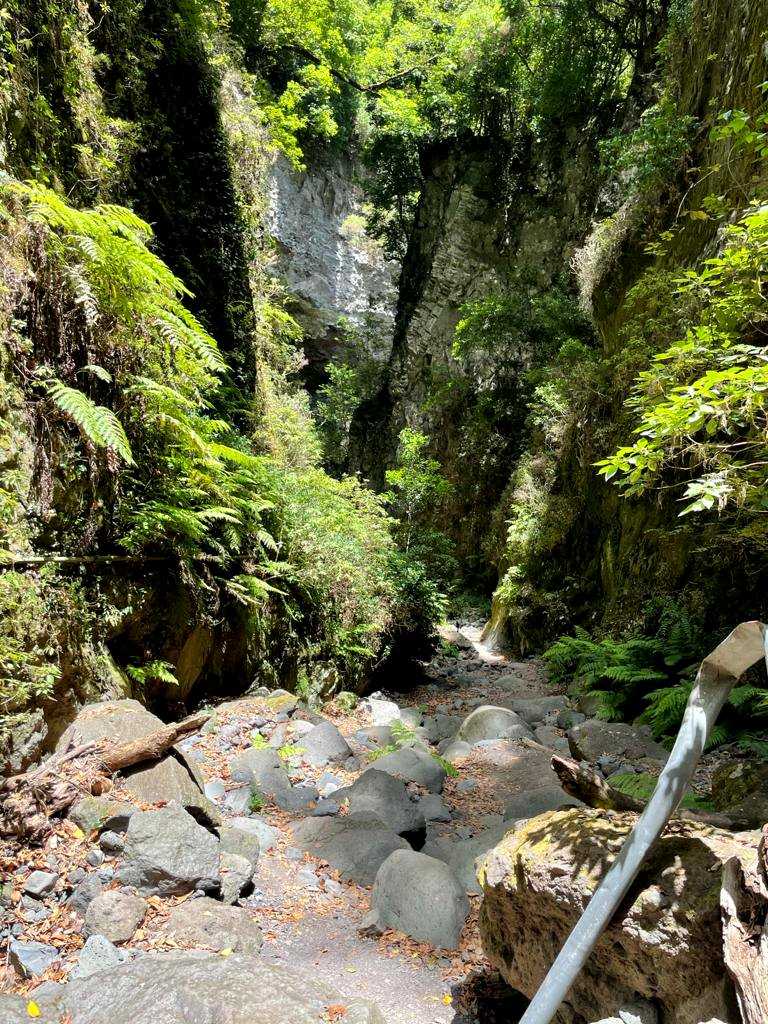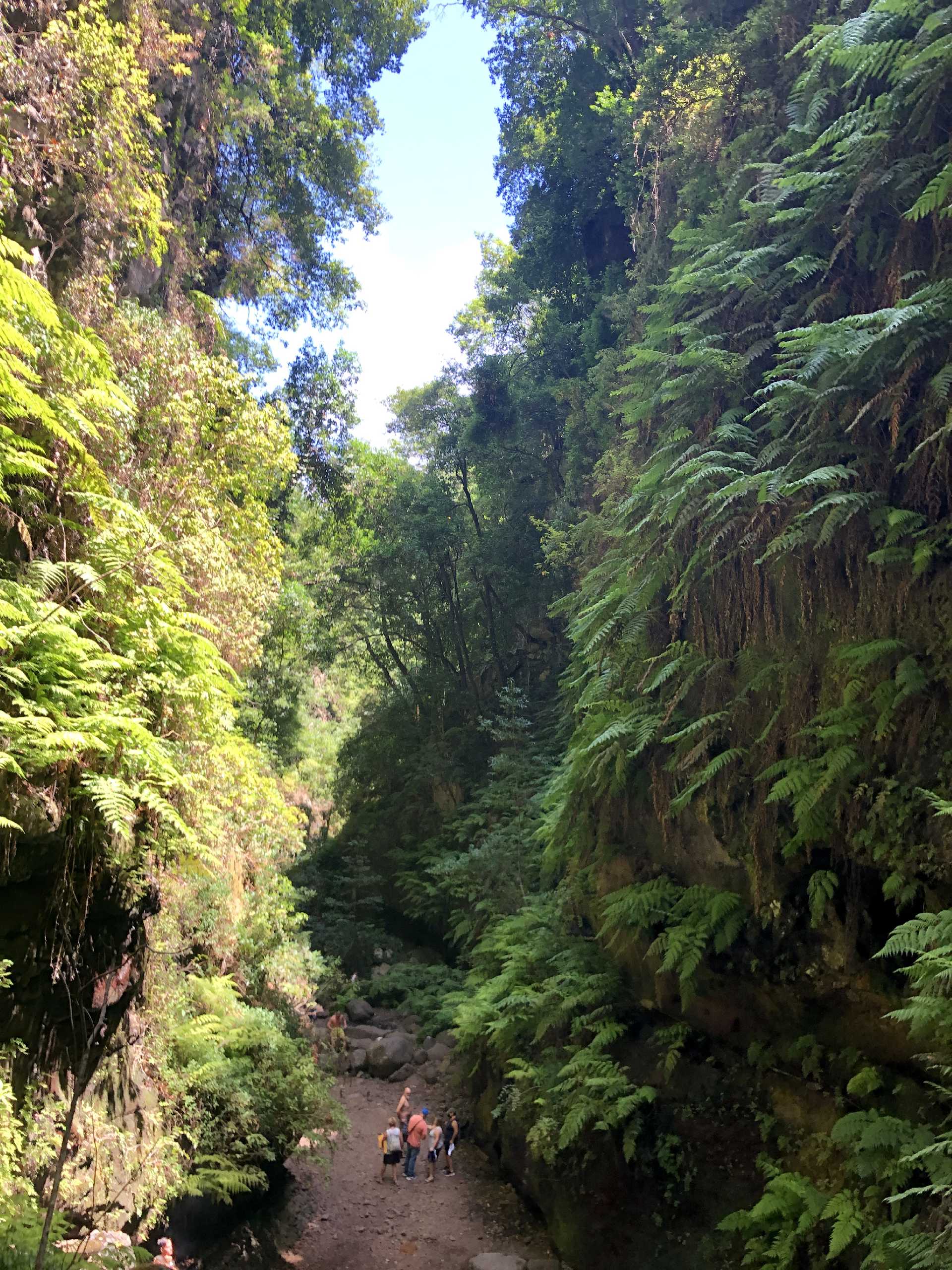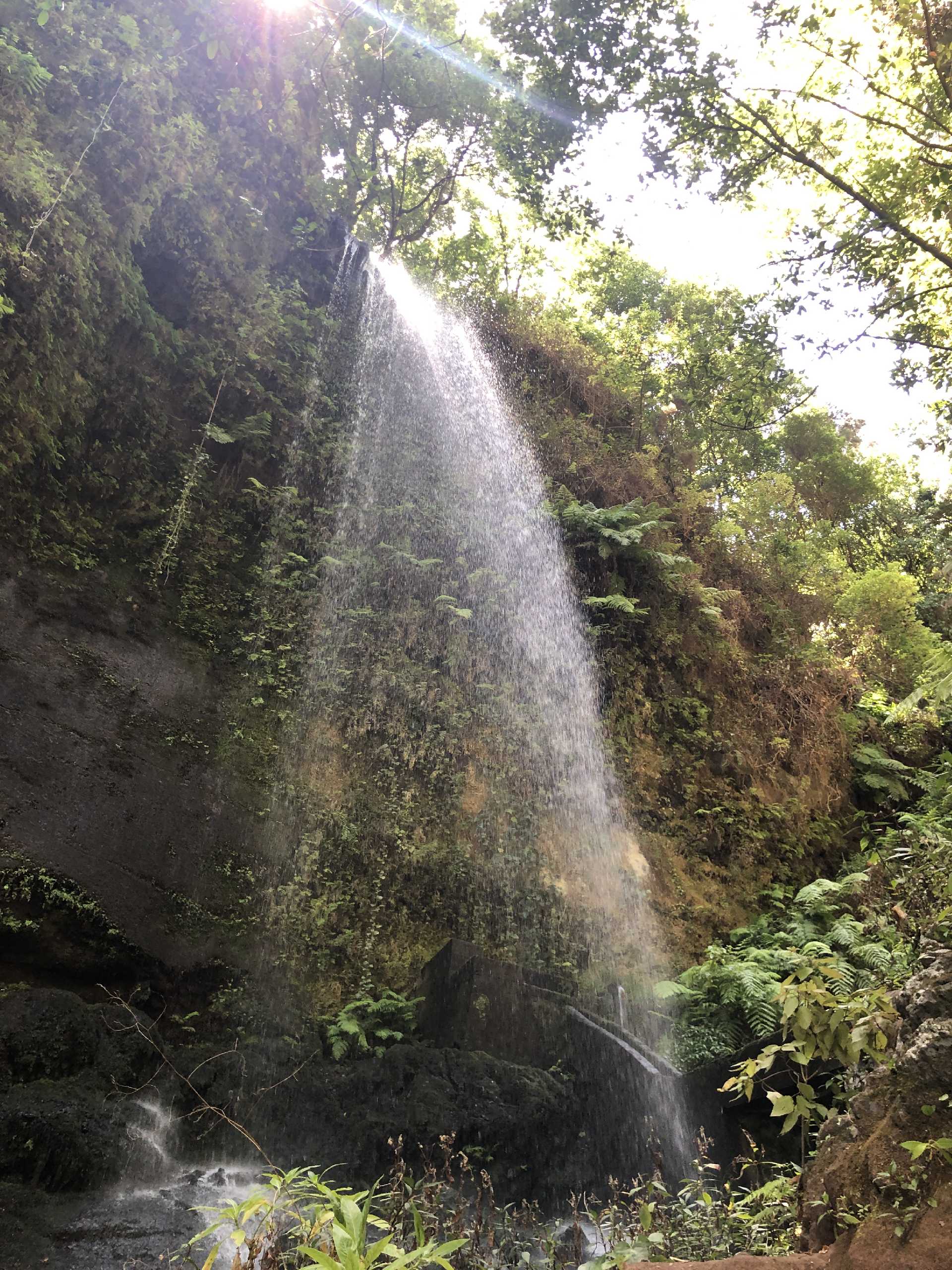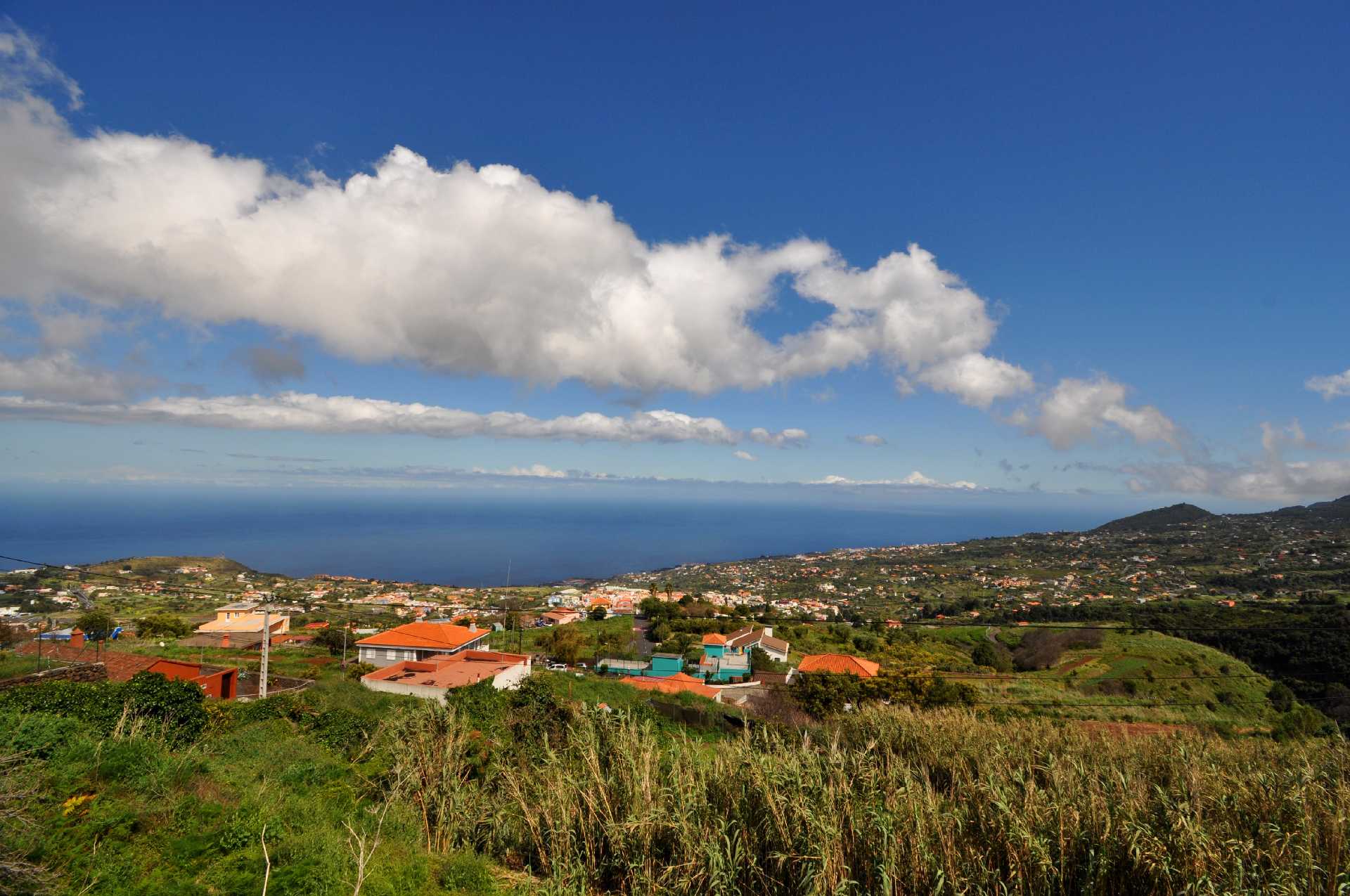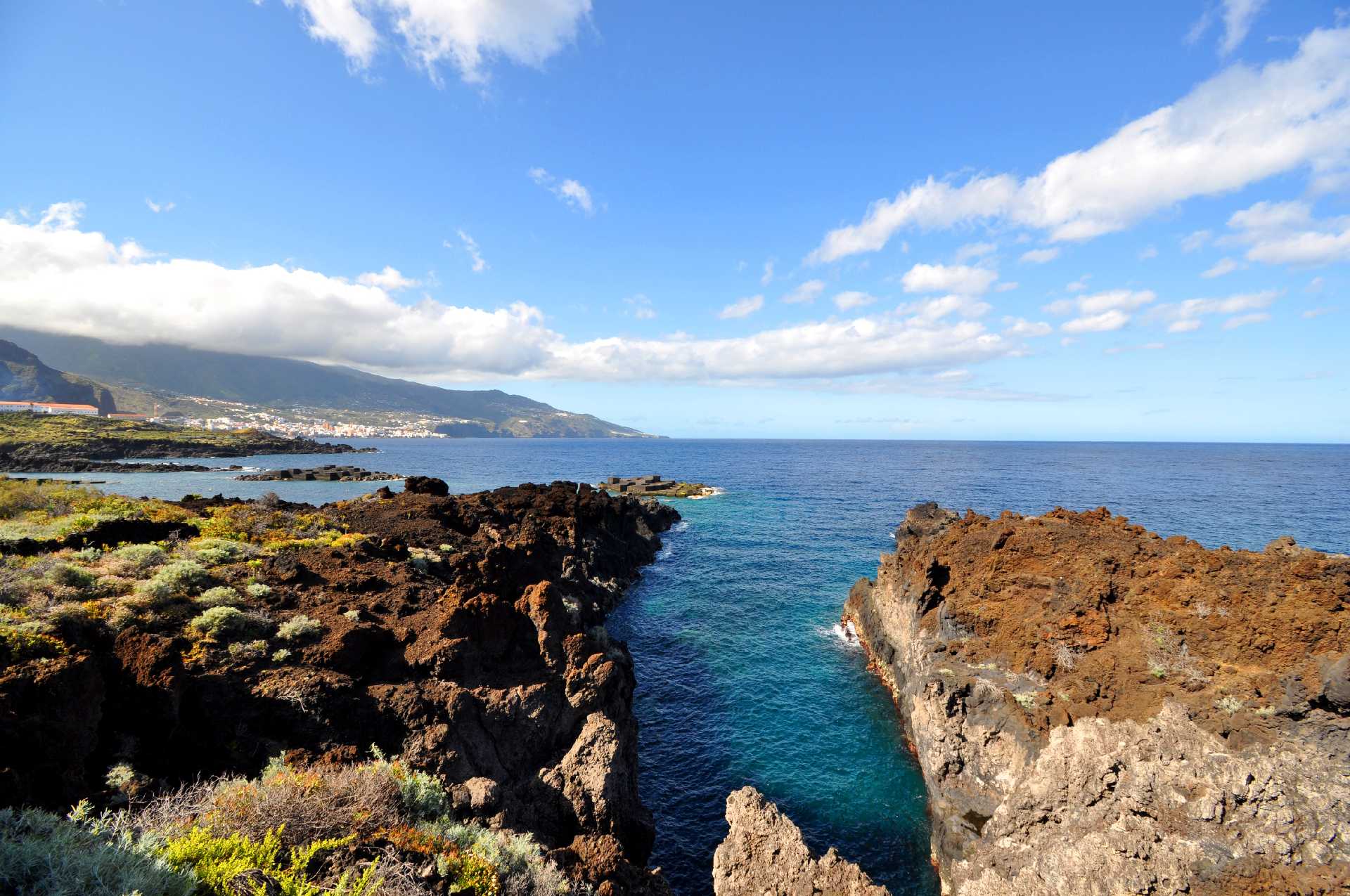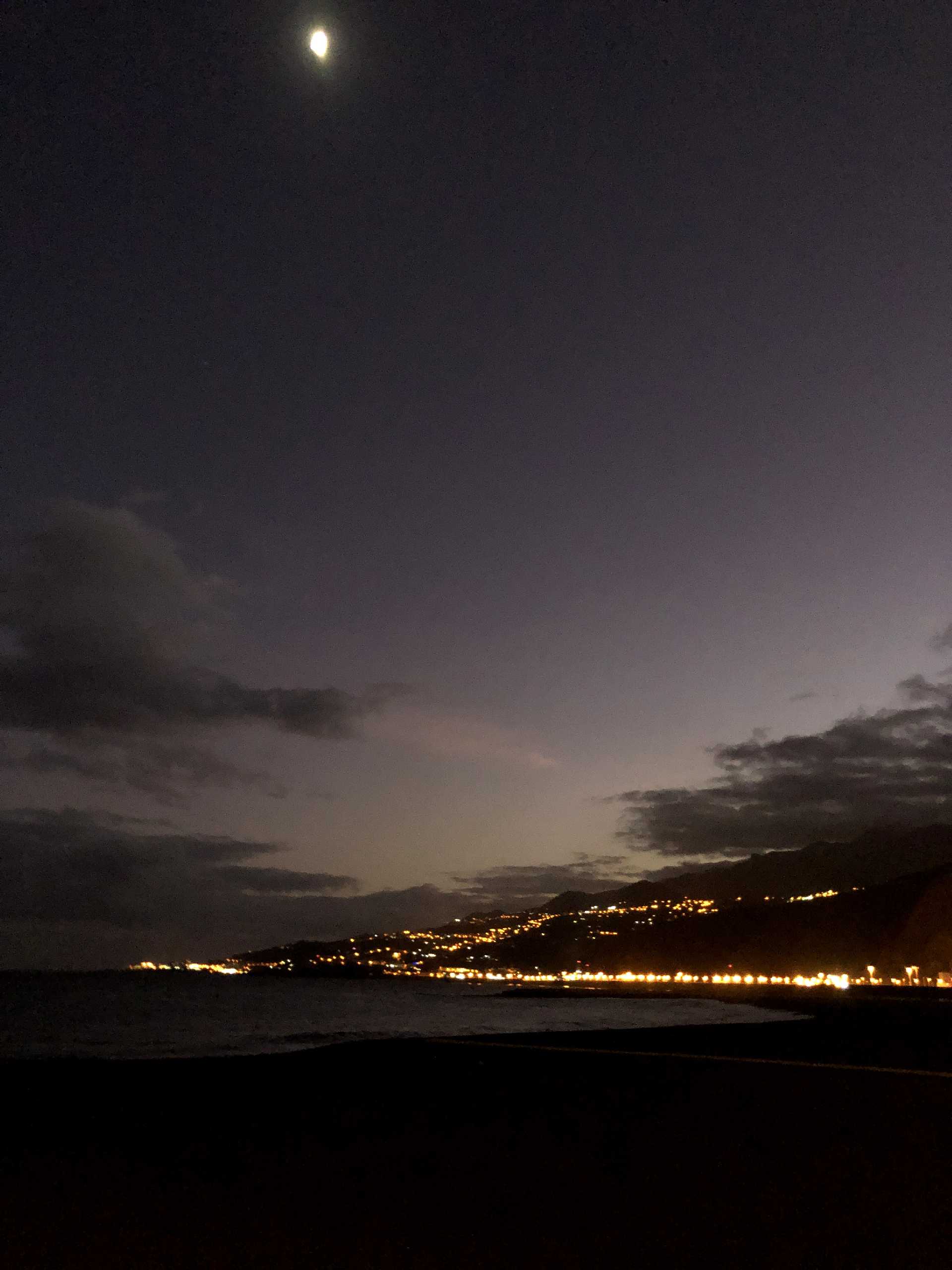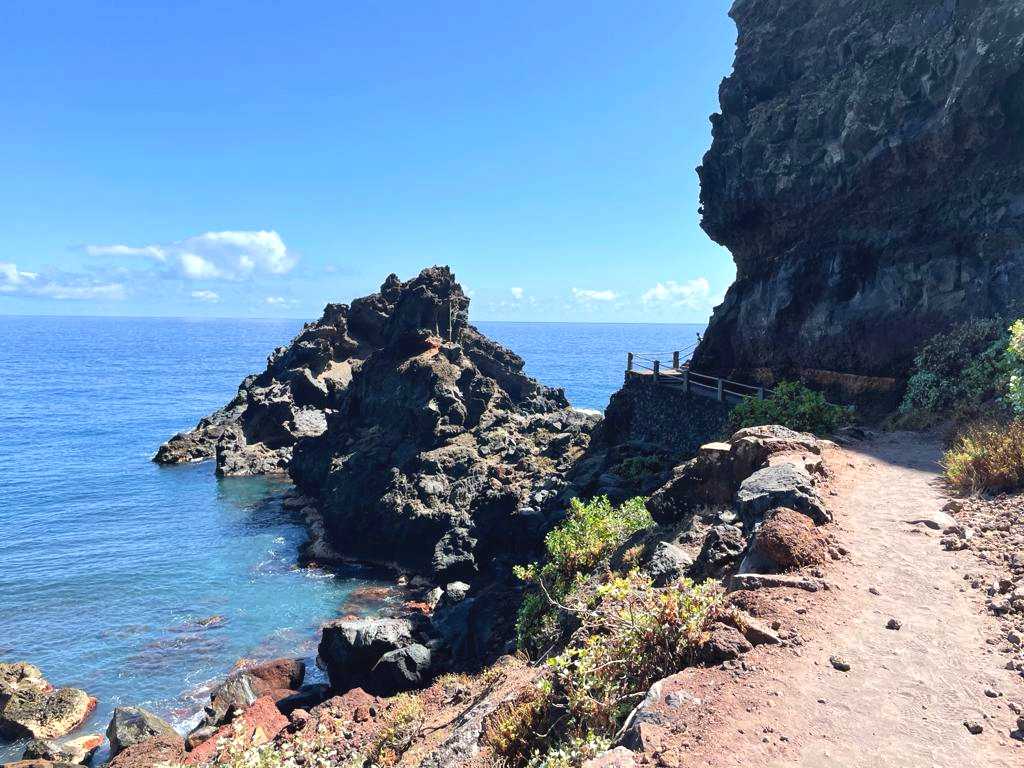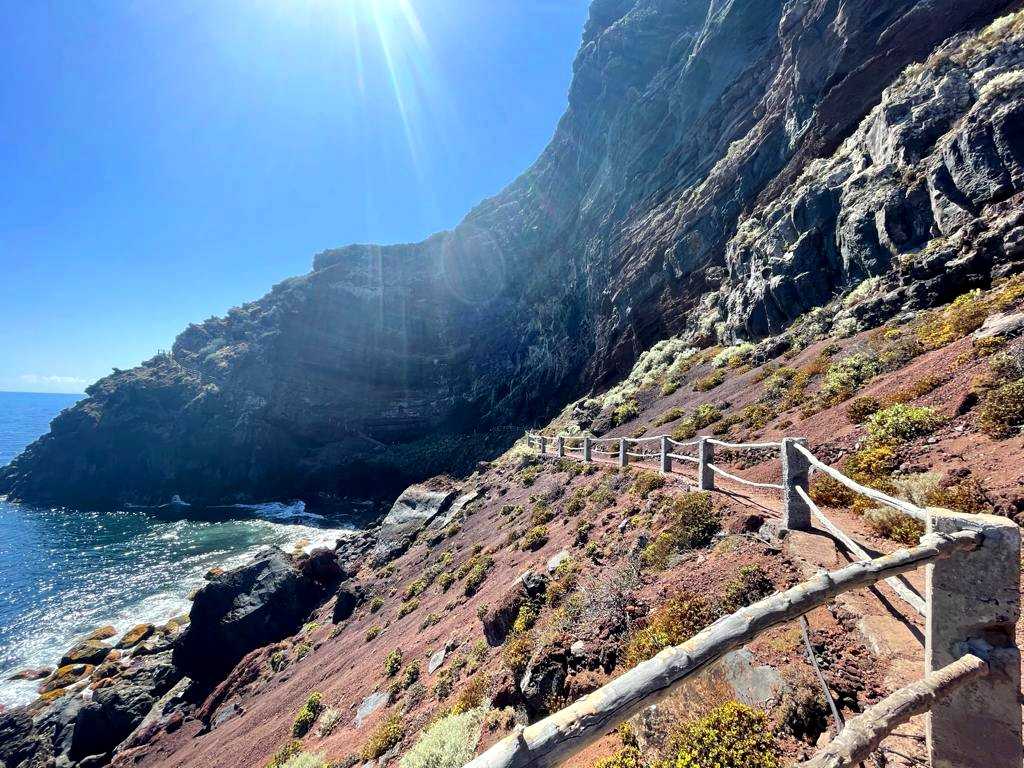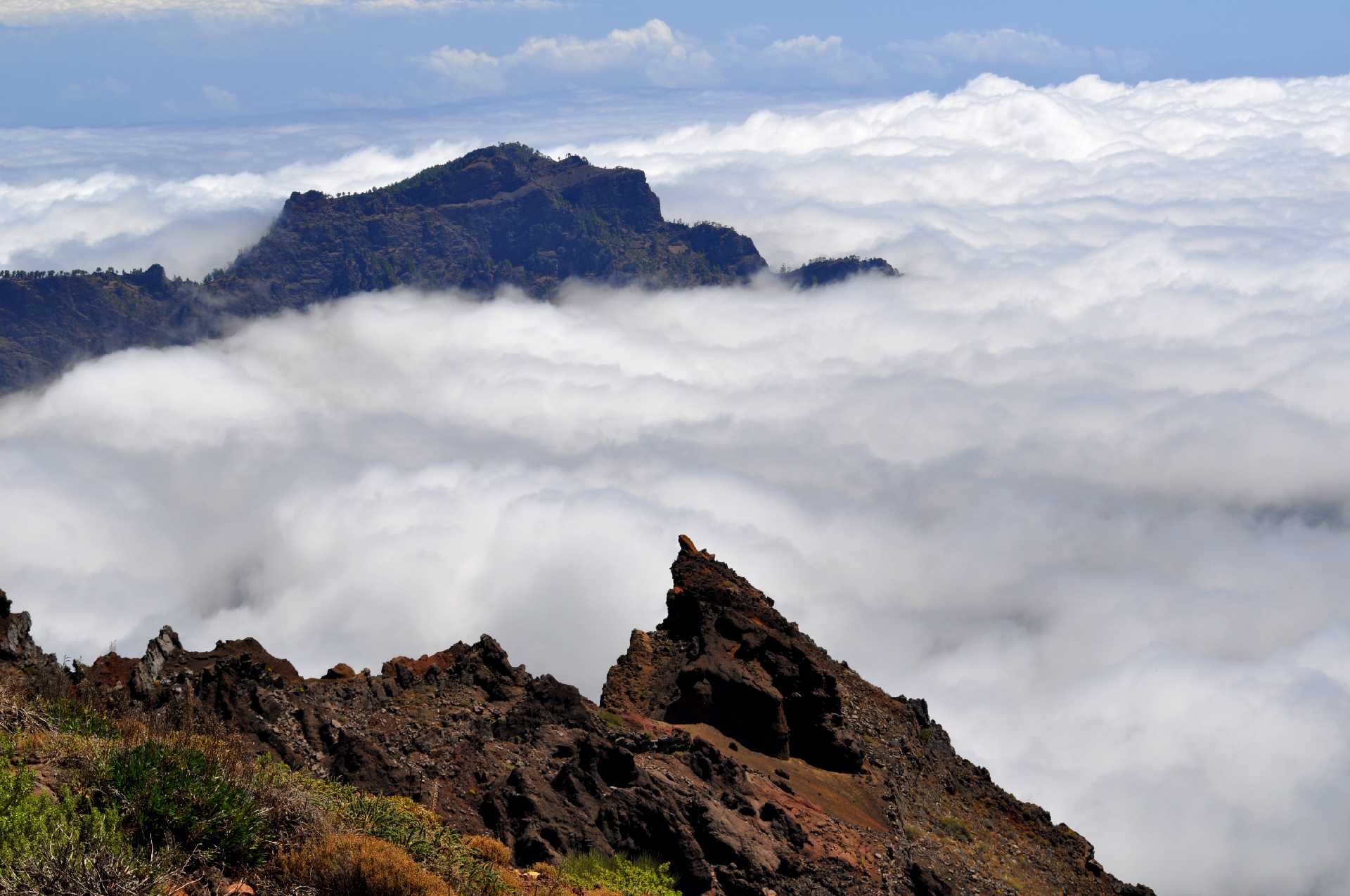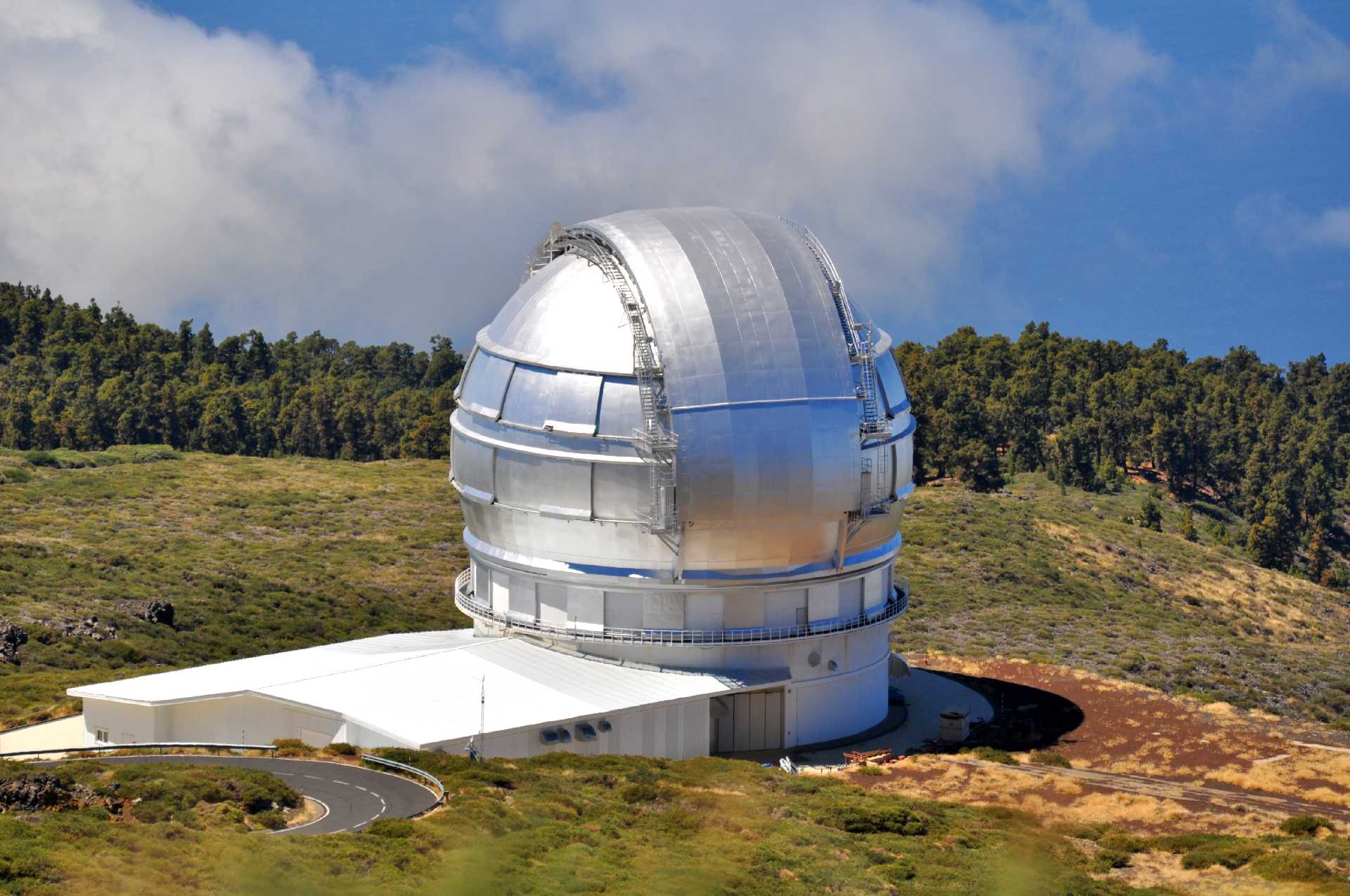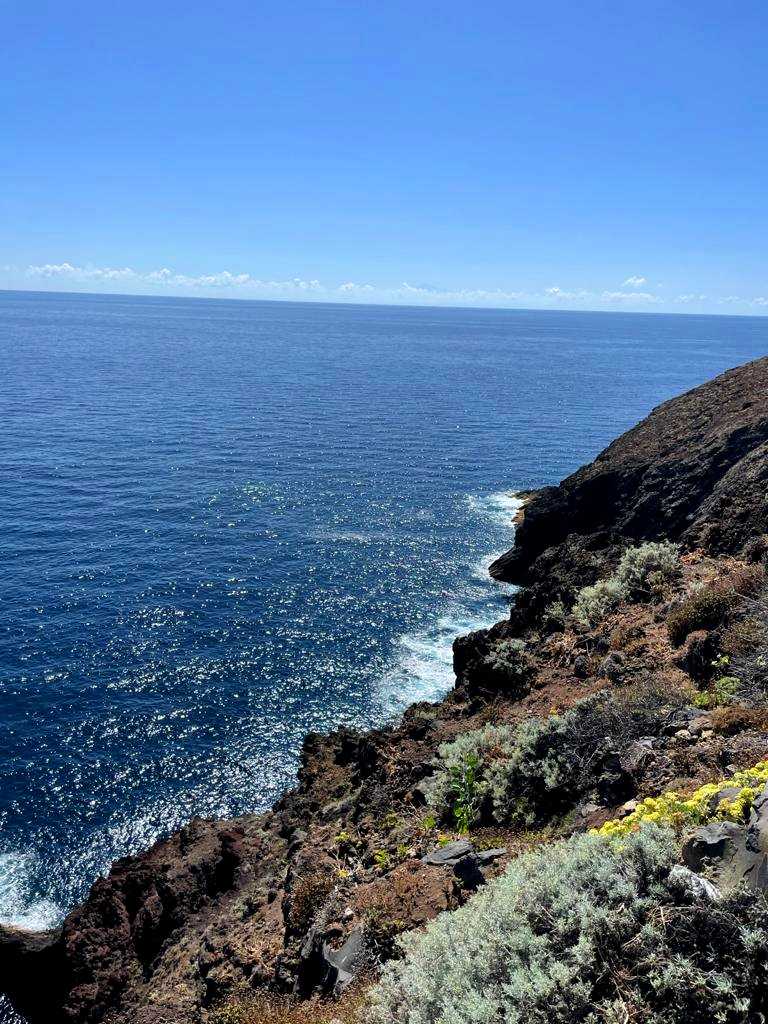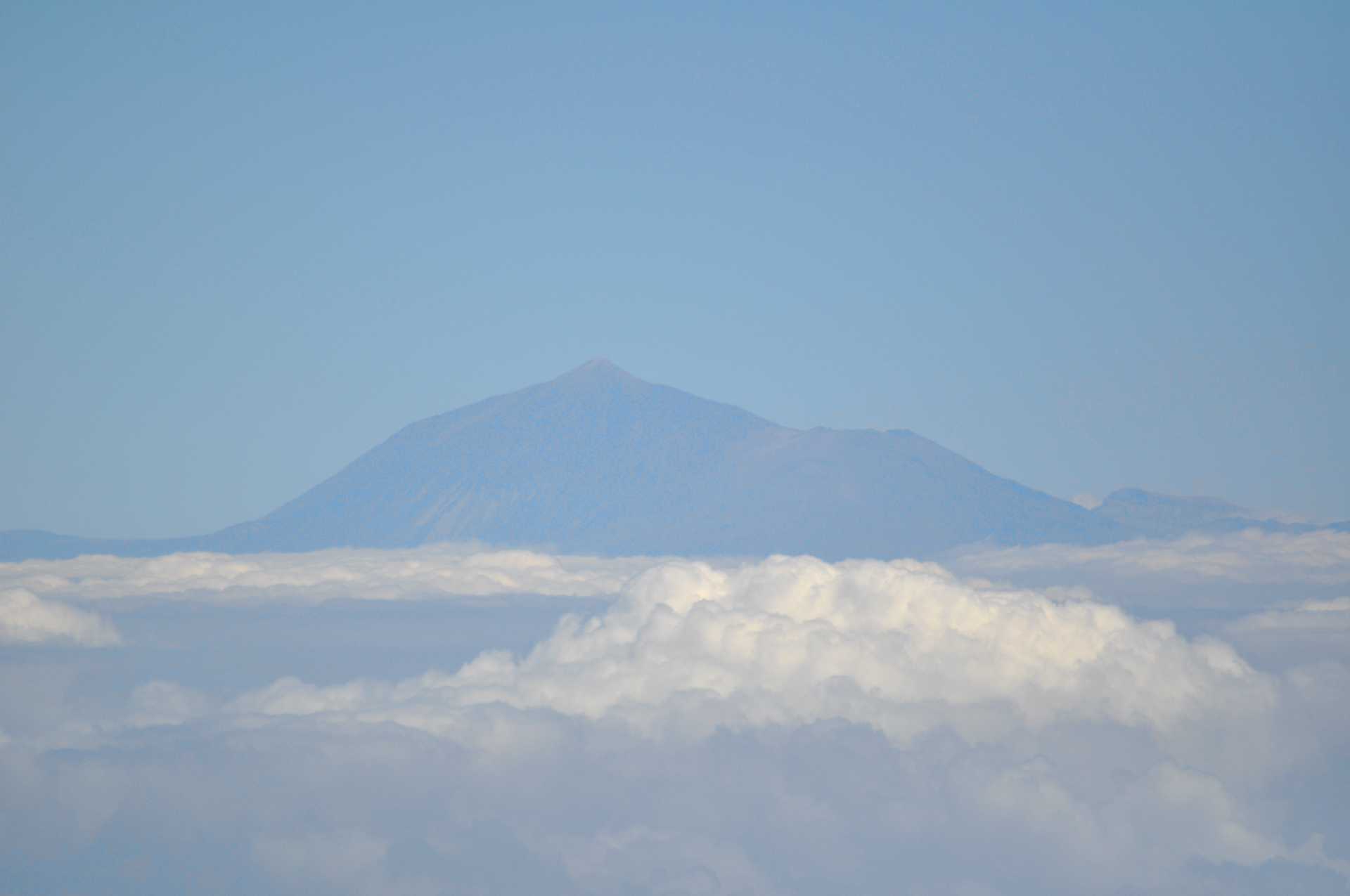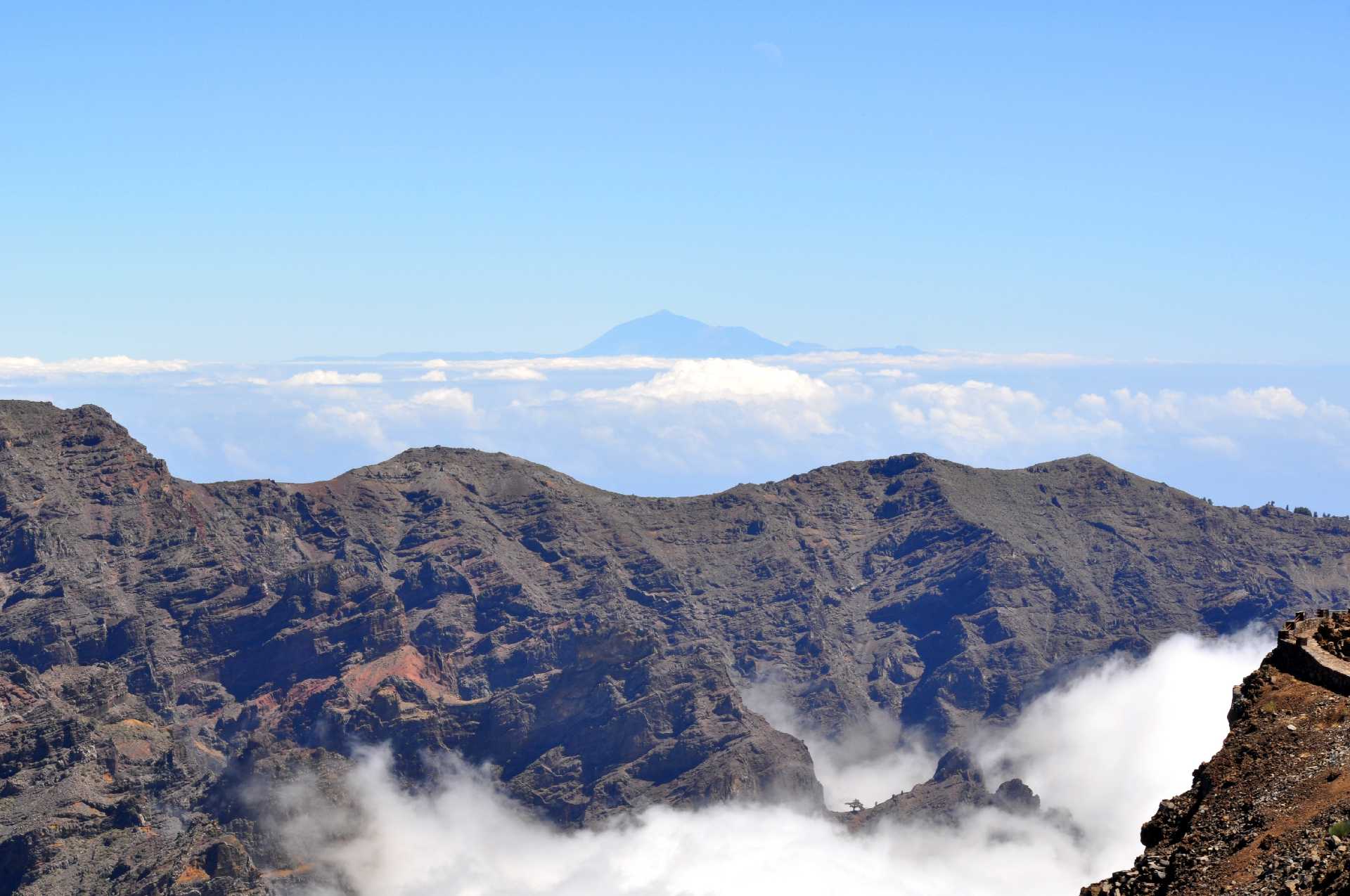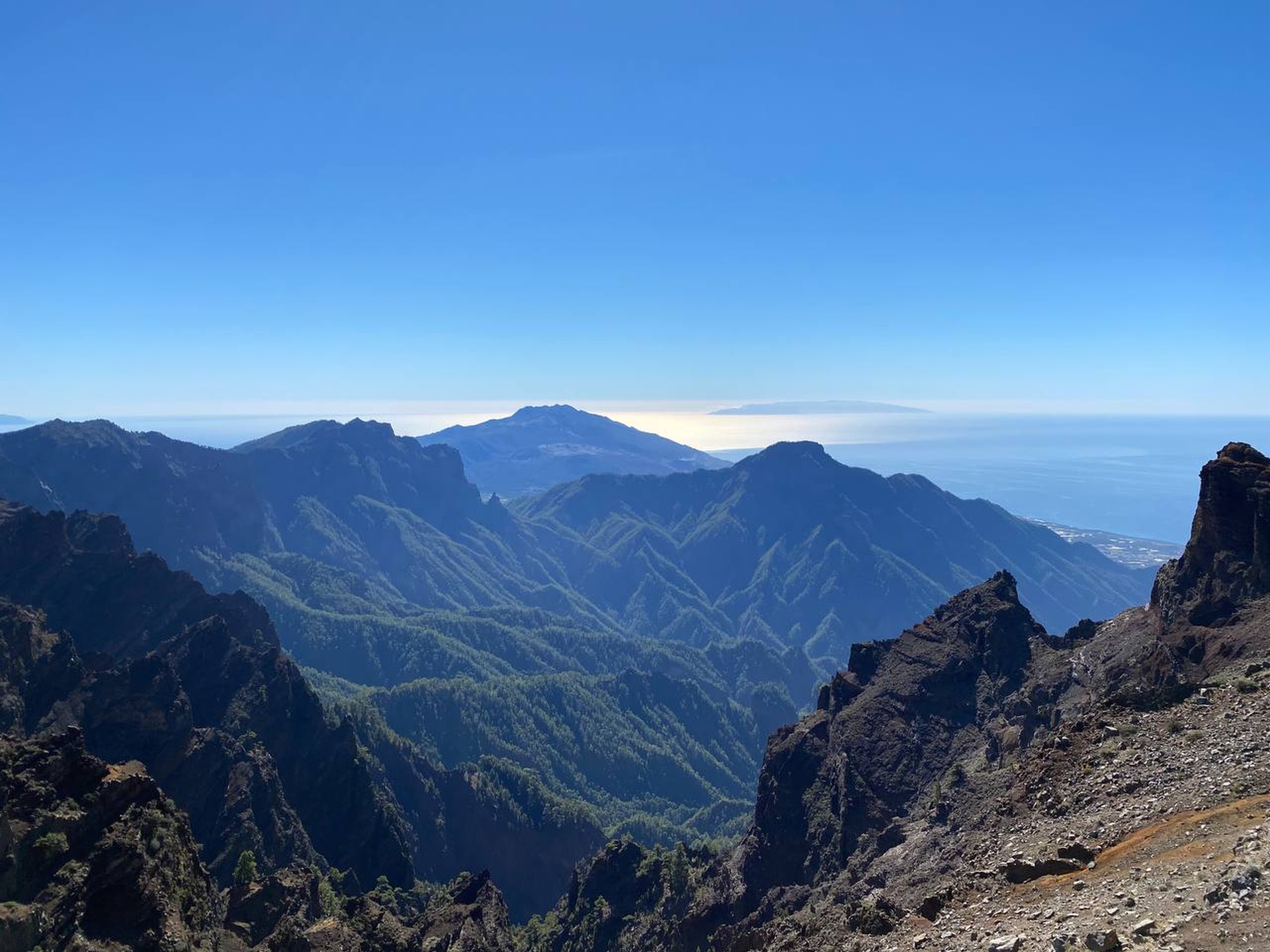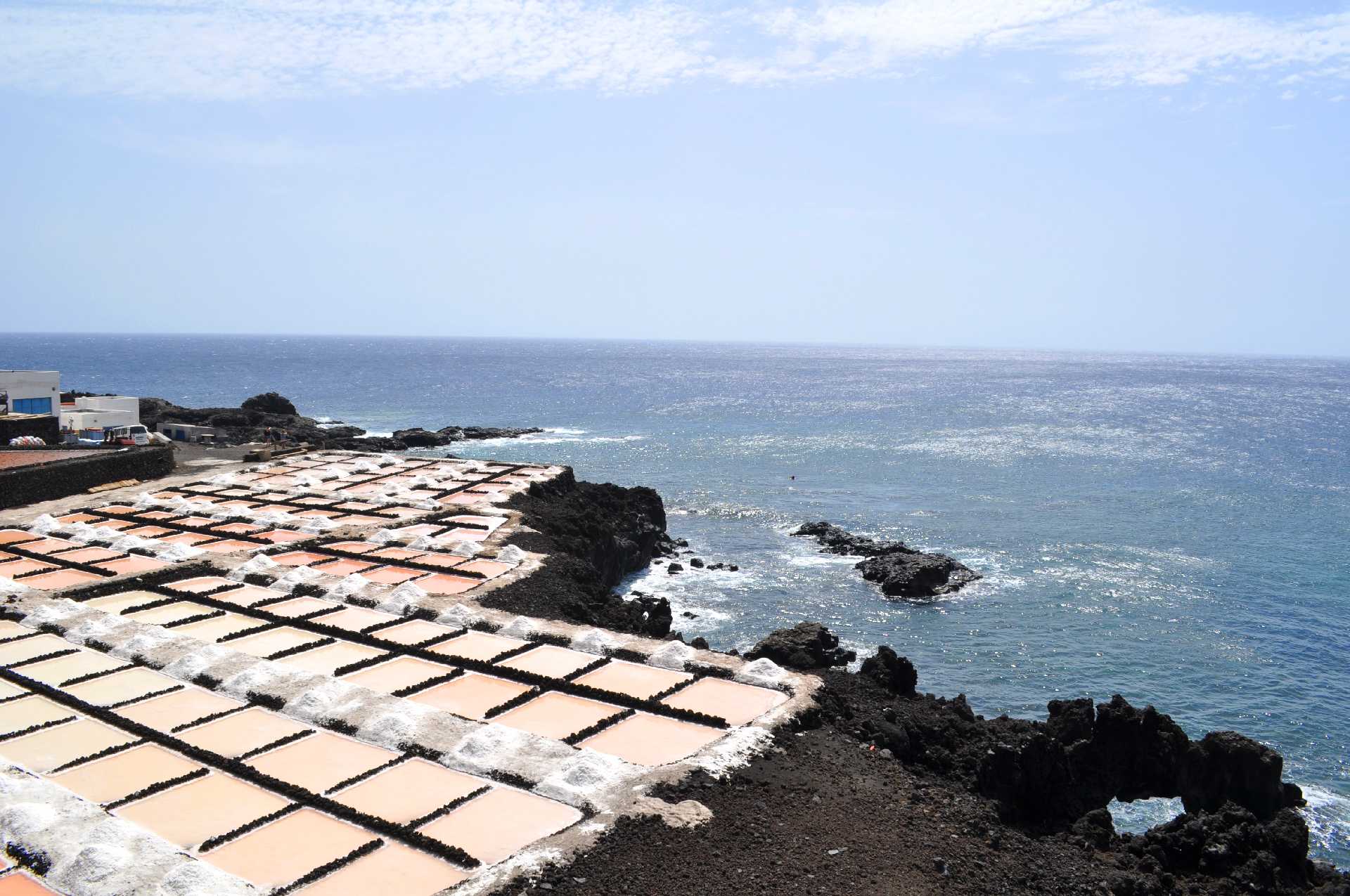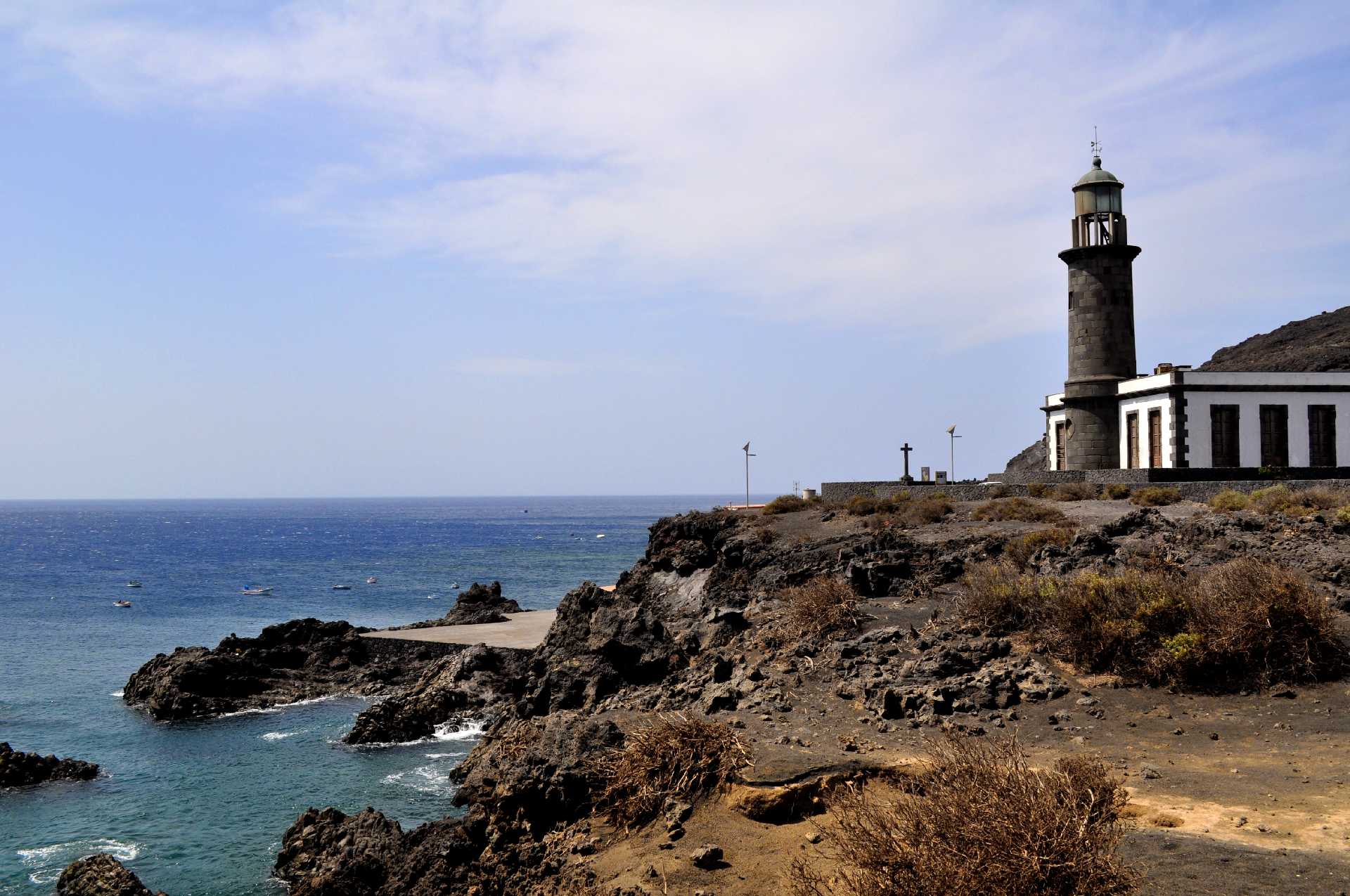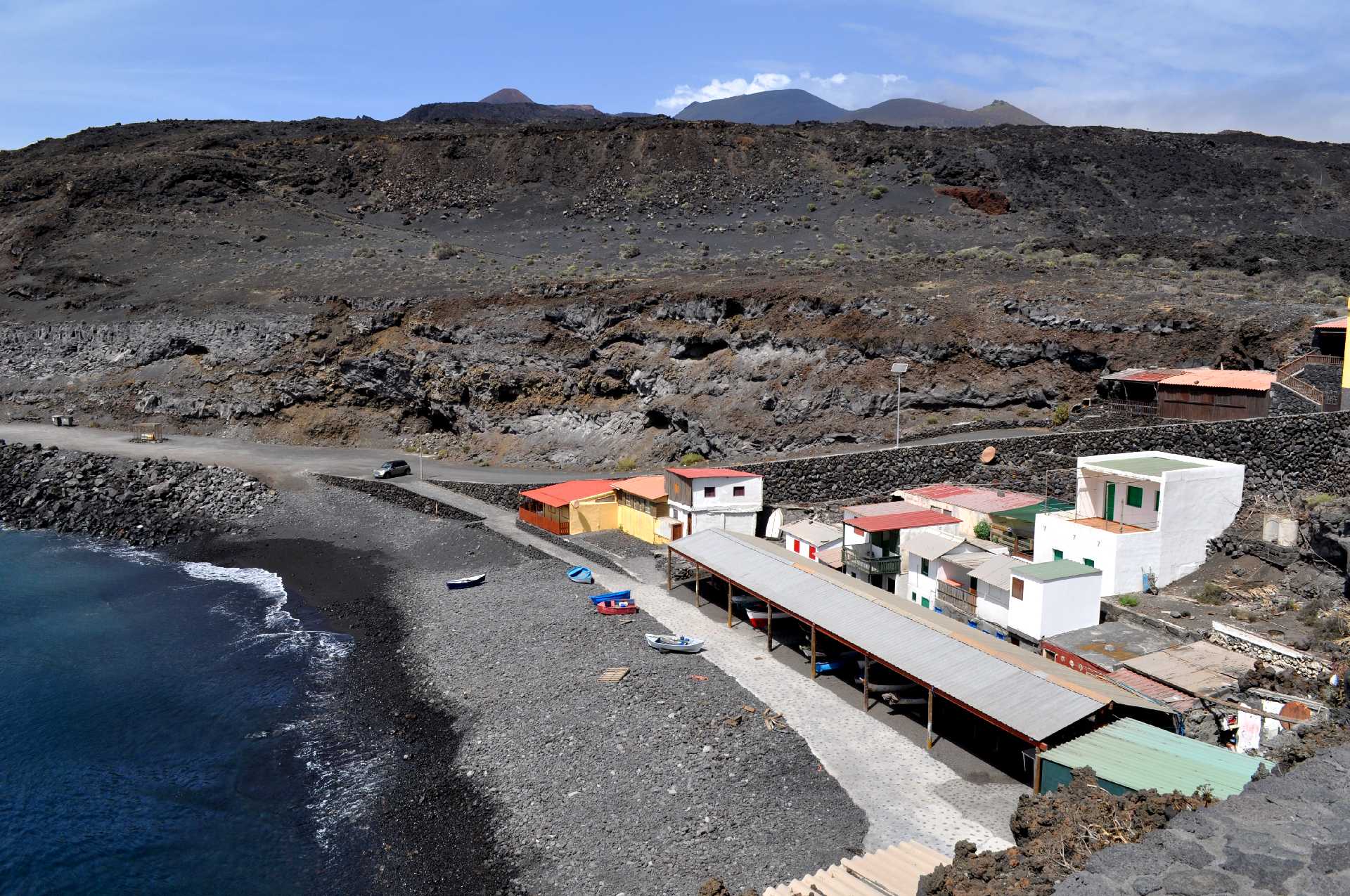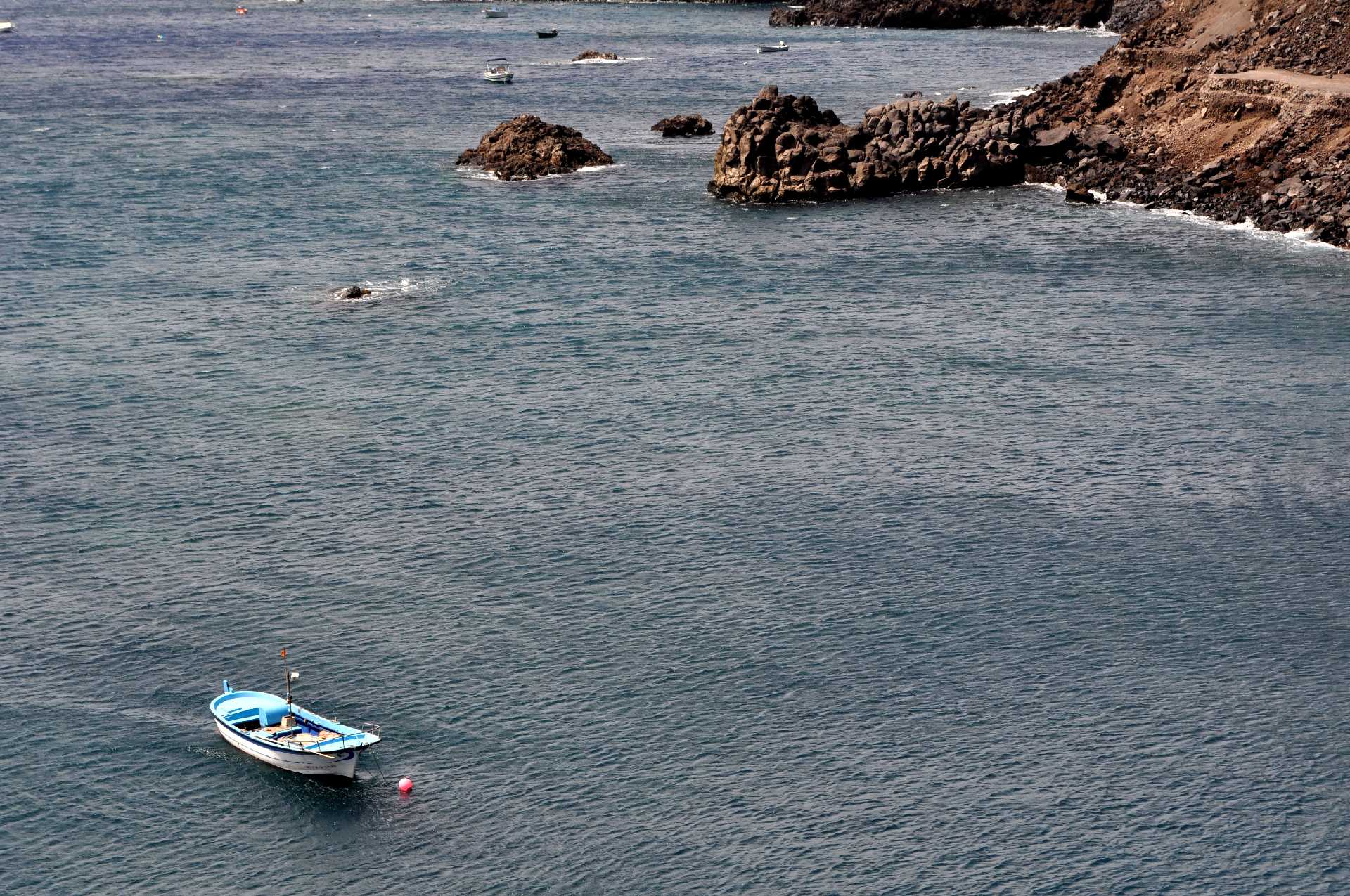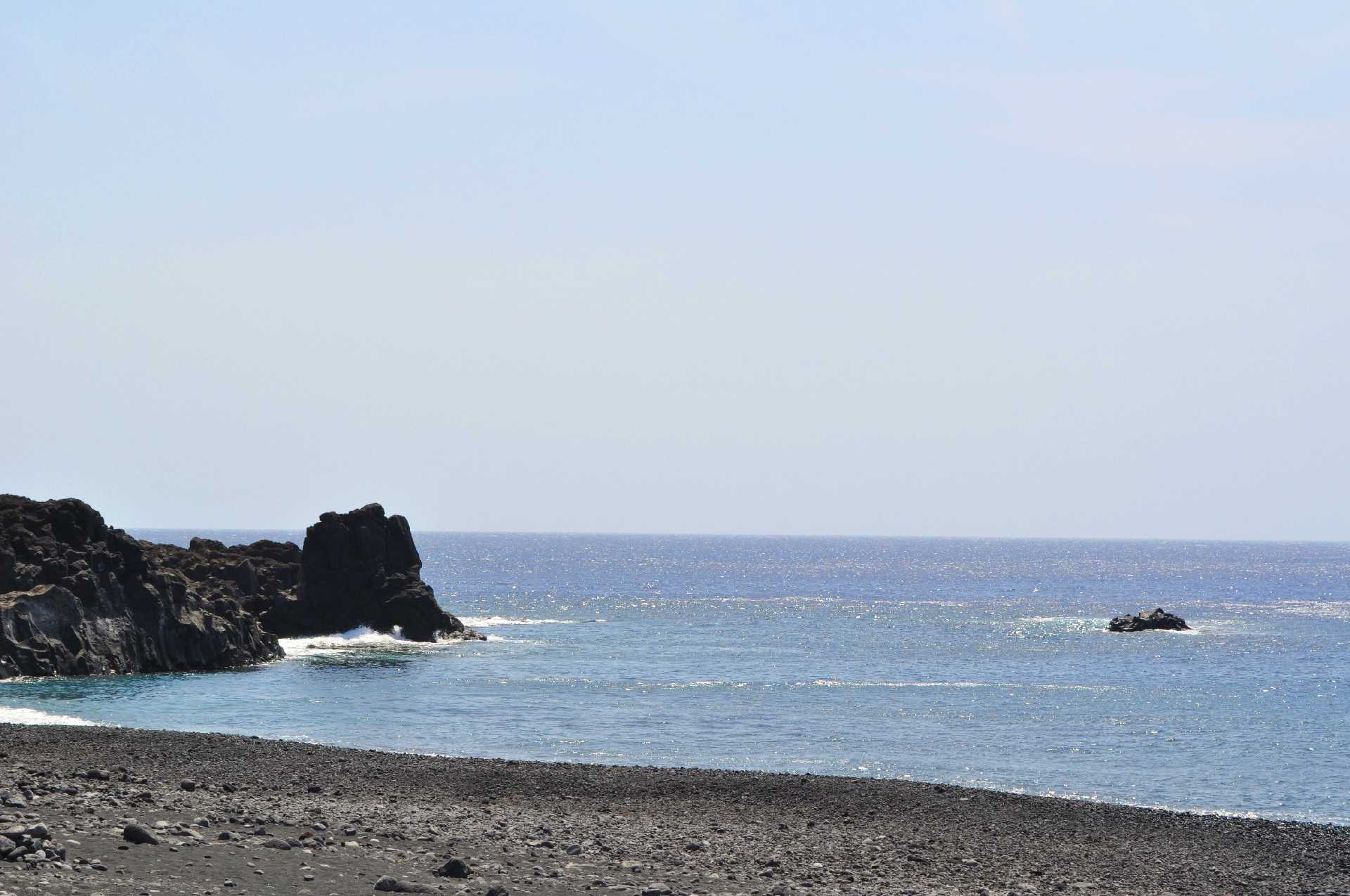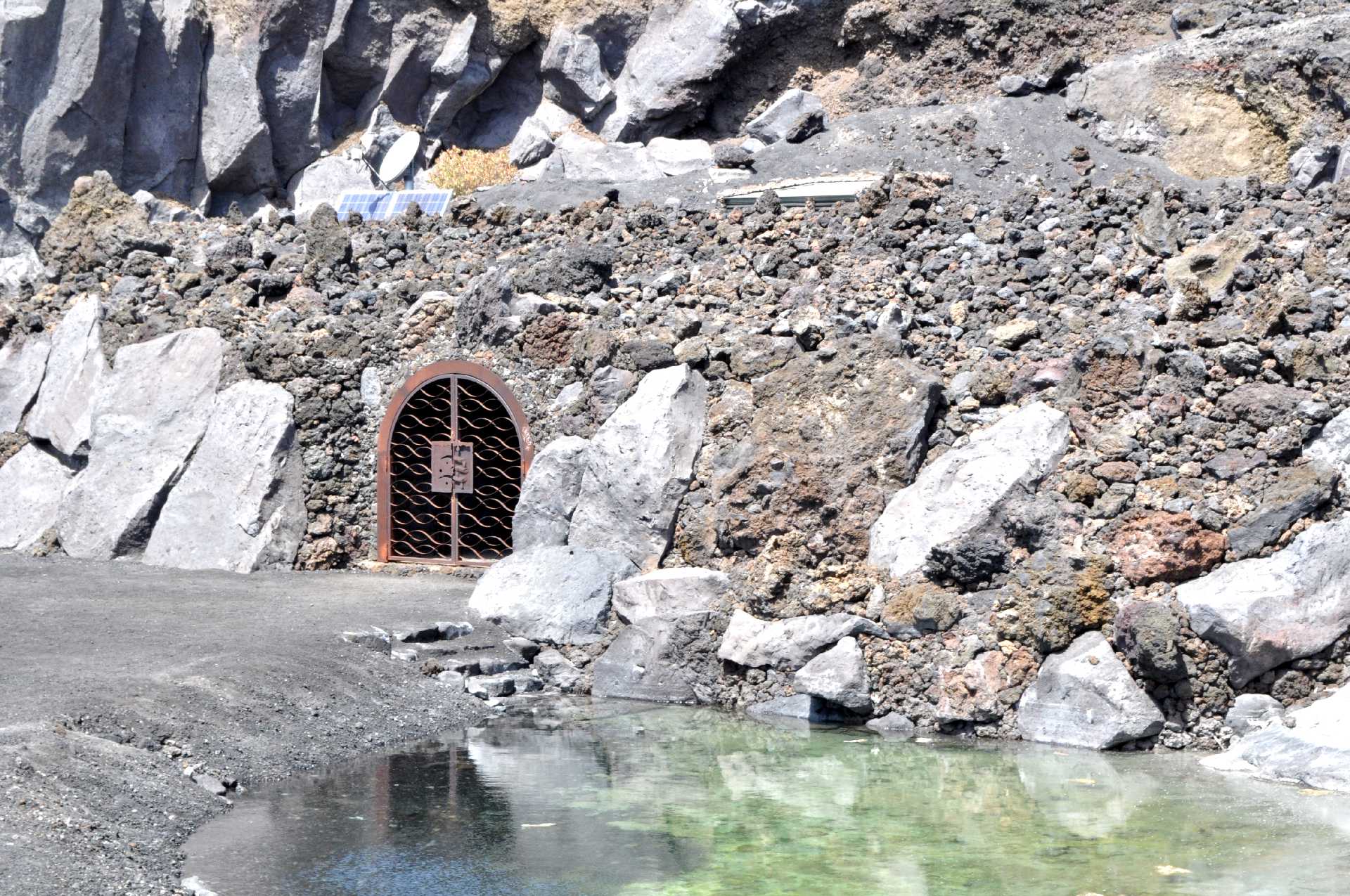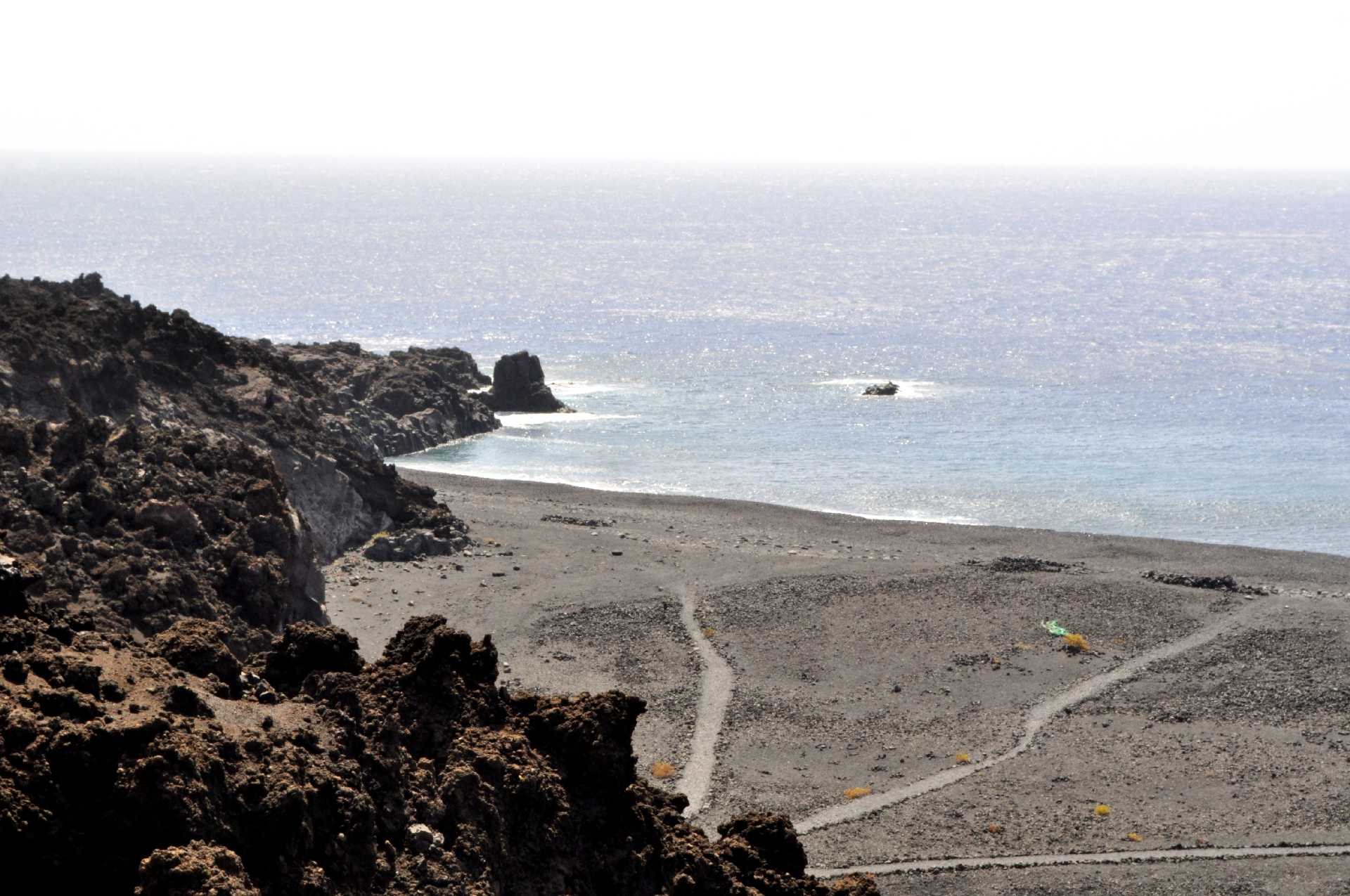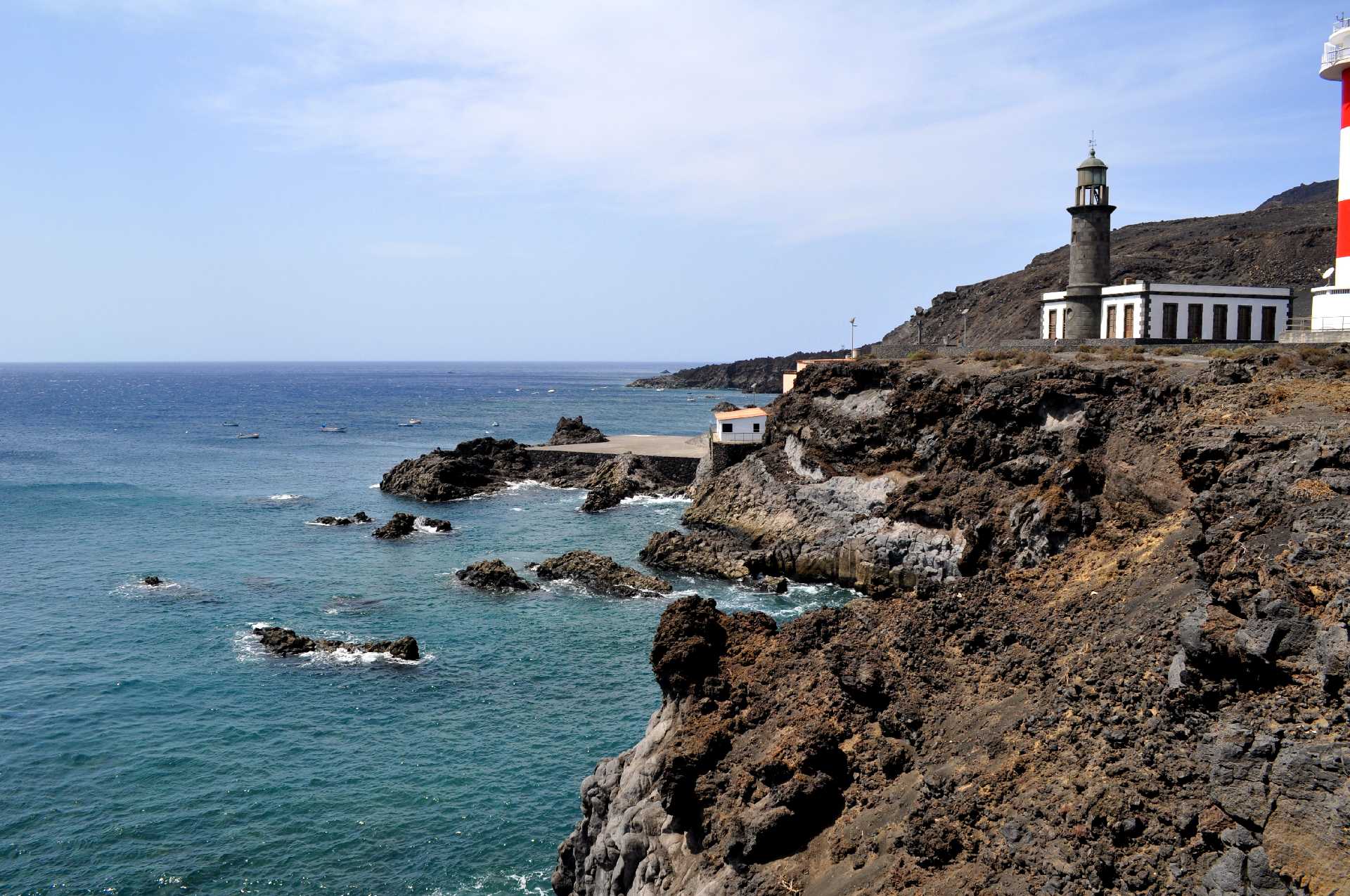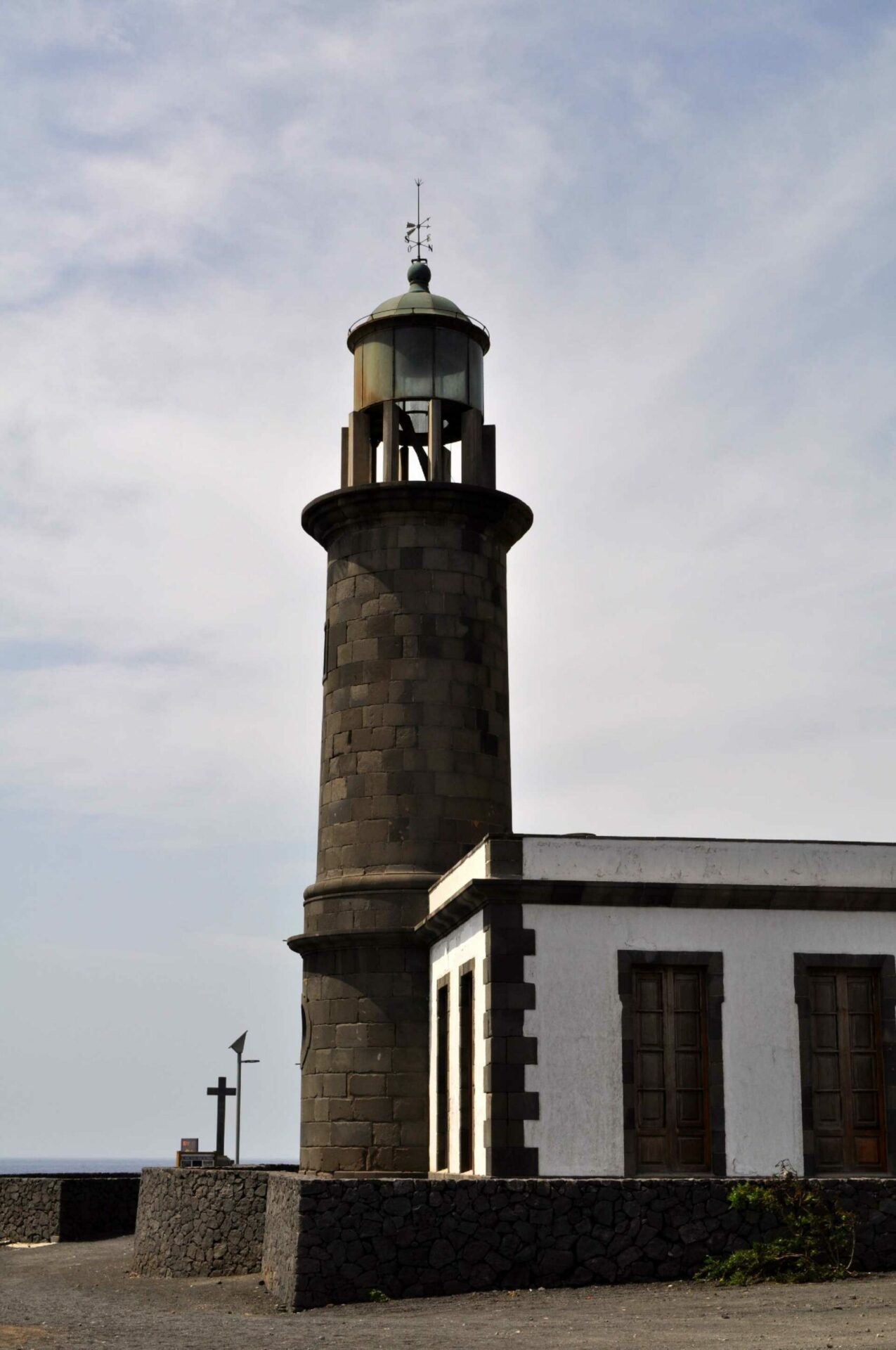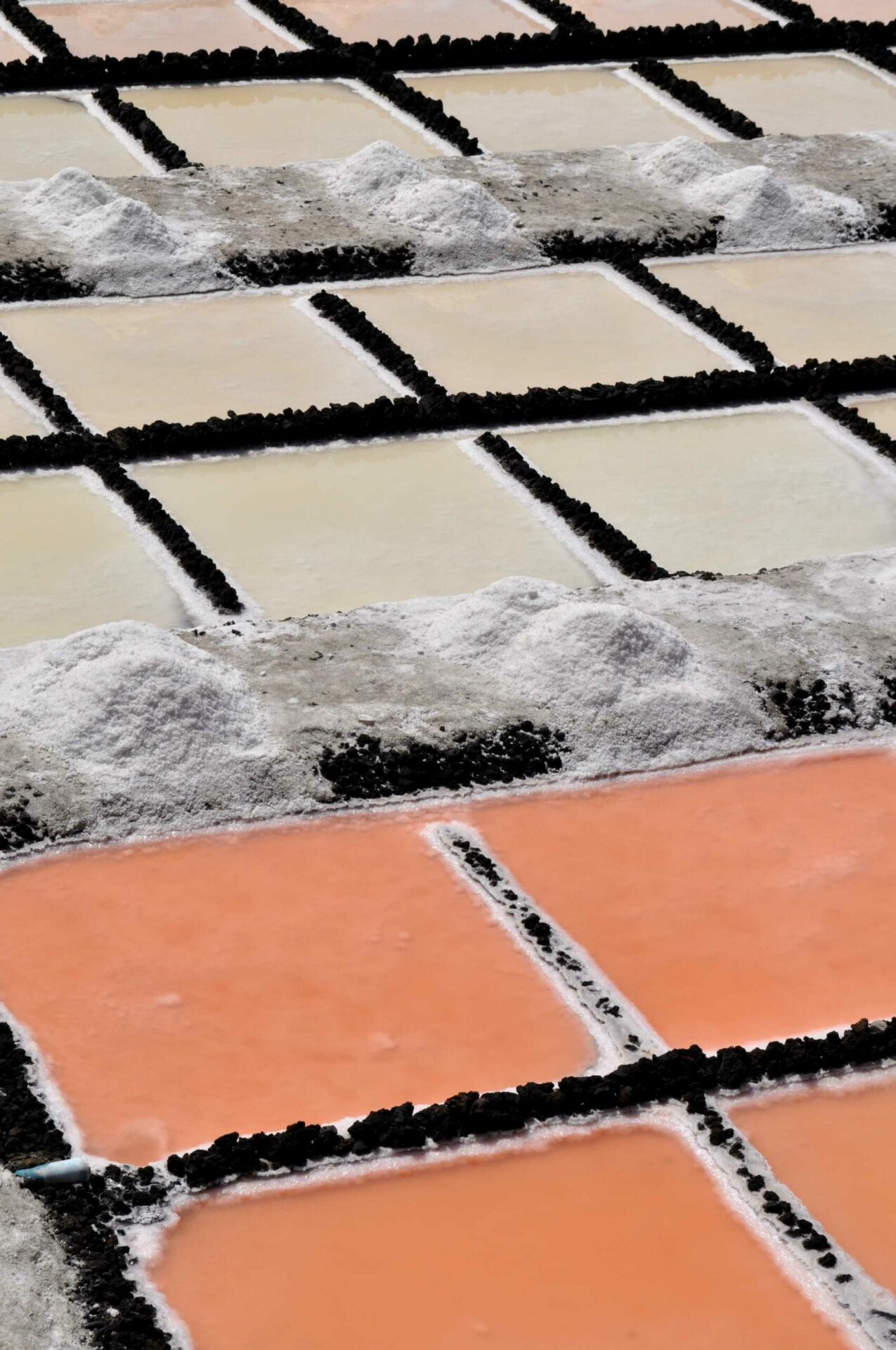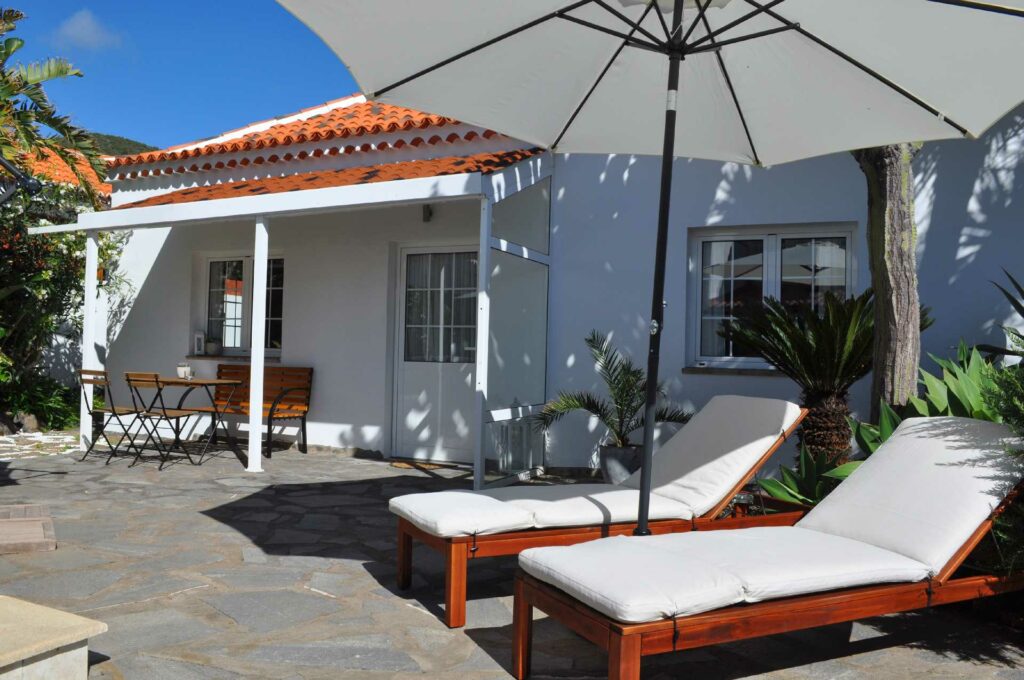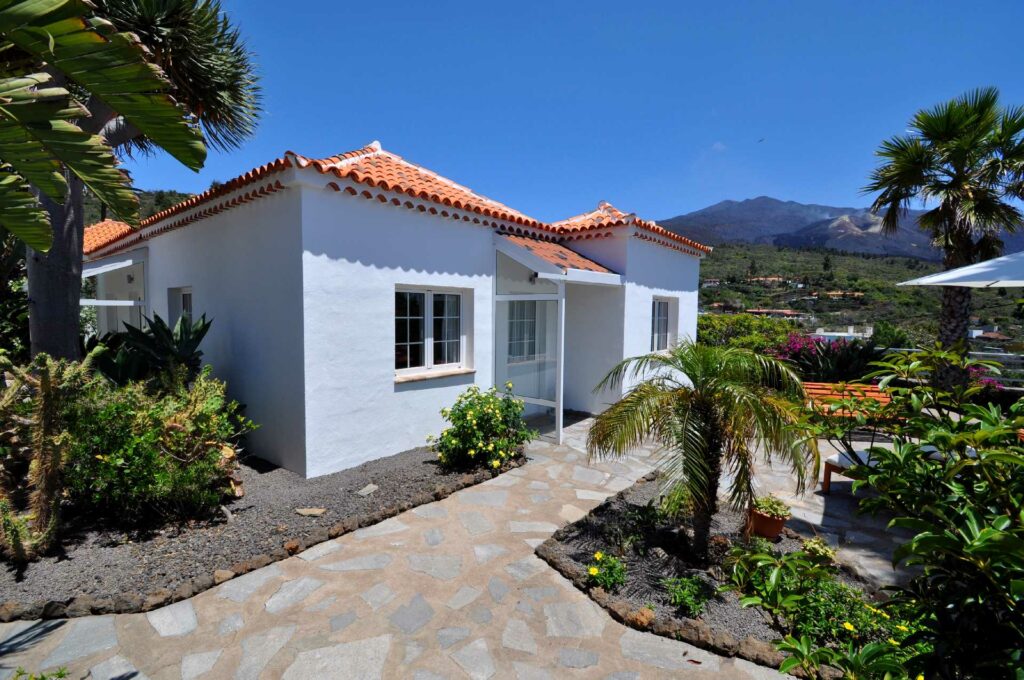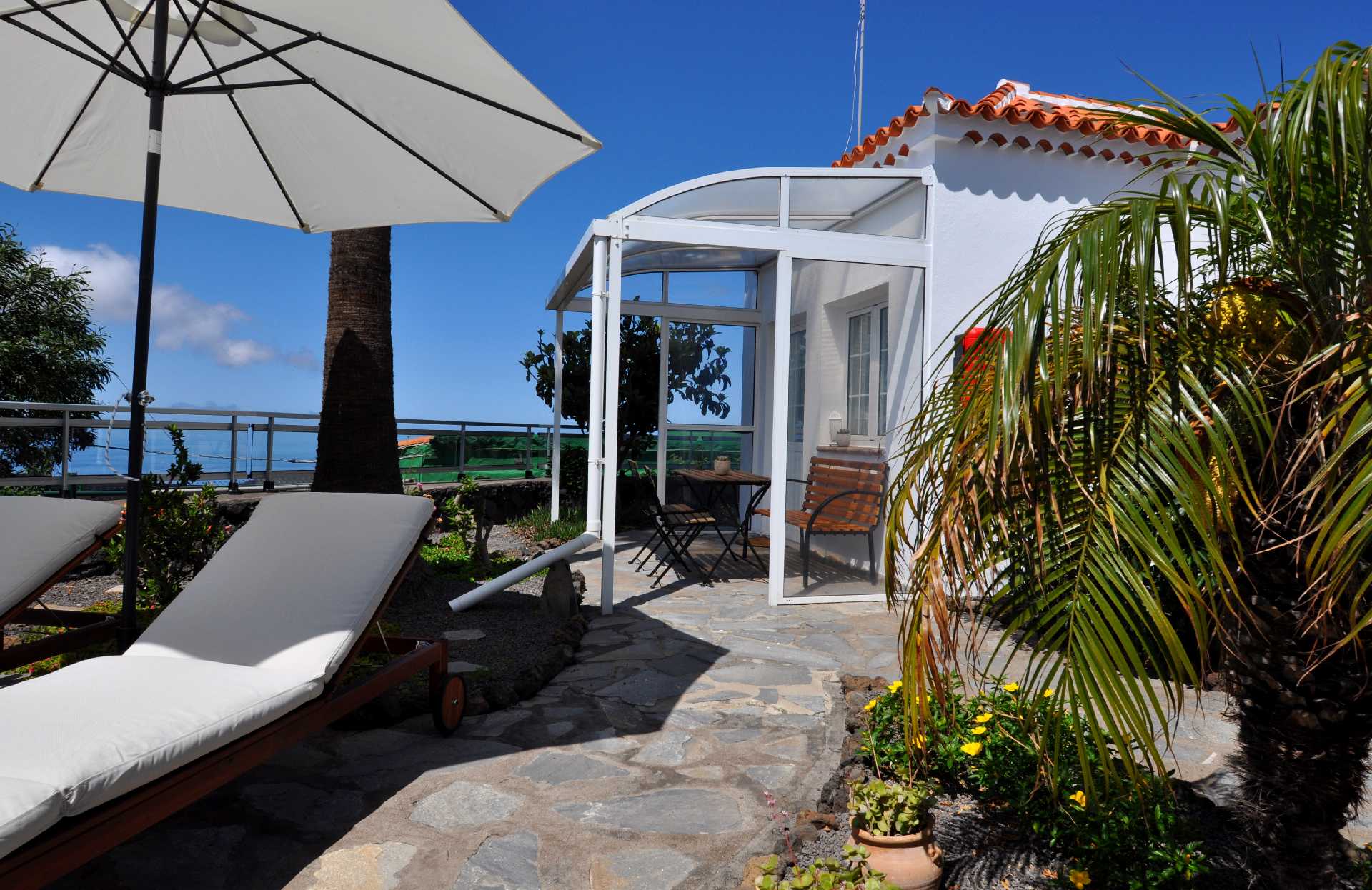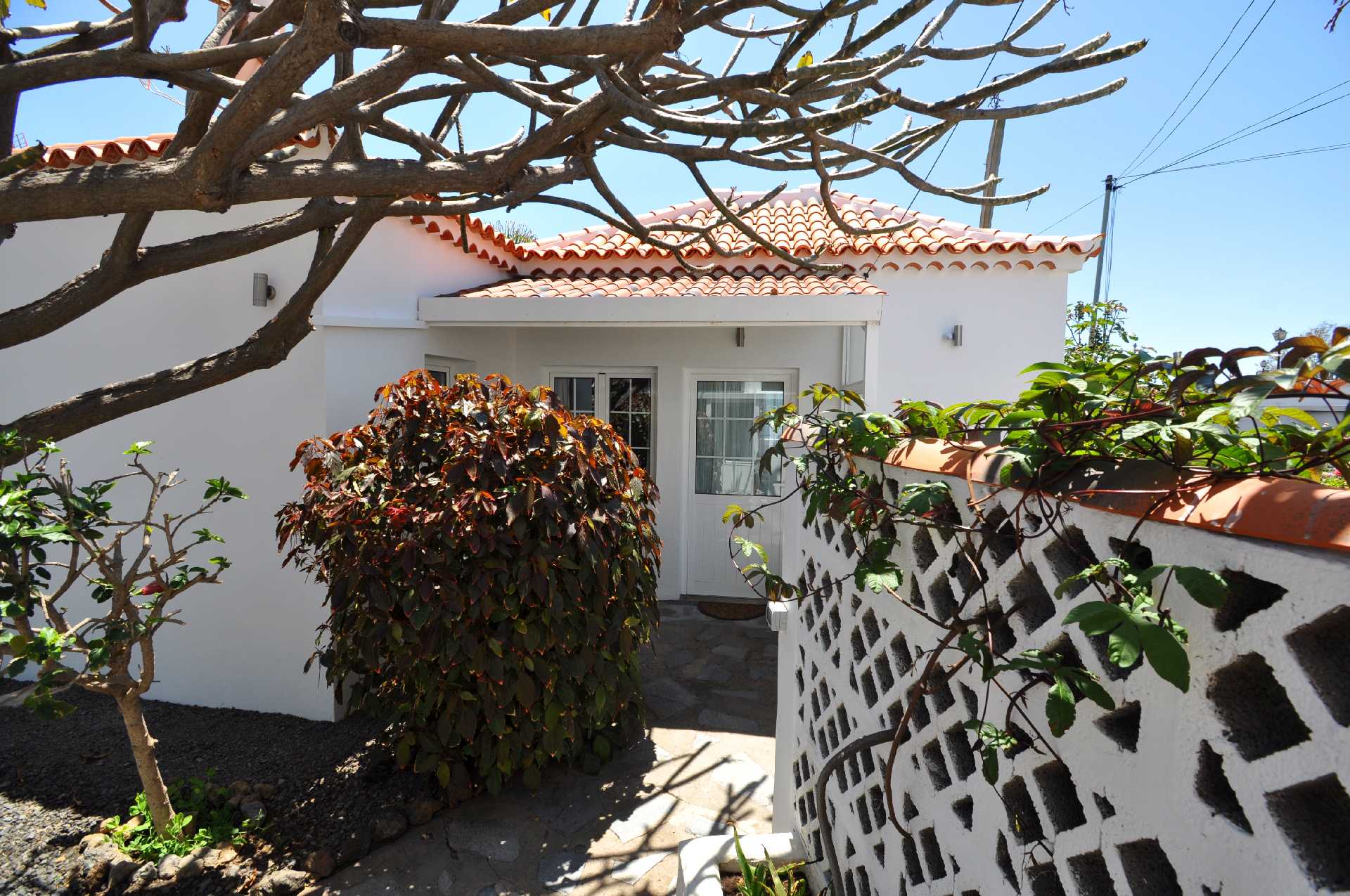La Isla Bonita – La Isla Verde
La Palma
La Palma – The mini continent
with the countless and most amazing sights –
just divine
La Palma, probably the most beautiful, diverse and incredible island of the archipelago of the Canary Islands, offers spring temperatures throughout the year together with a pleasant and healthy climate. La Palma has two outstanding natural parks, the “Cumbre Vieja Natural Park” in the south and the “Las Nieves Natural Park” in the north of the island, and, of course, the well-known “Caldera de Taburiente” National Park, and it was declared Biosphere Reserve by UNESCO in 2002. Furthermore, since 1988 there is a law against light pollution, “La Ley del Cielo (The Sky Law)”. This law contains regulations on public, private and commercial outdoor lighting to prevent interference with the astronomical work of the Europe’s largest observatory on Roque de los Muchachos. In 2012, La Palma was also certified as a “UNESCO Starlight Reserve”.
Away from the noisy and hectic mass tourism, you can peacefully enjoy here countless amazing sights of all types: spectacular and impressive landscapes in the different climatic and vegetation areas, from the sea coast to the clouds, huge mountain ranges, strange craters and volcanic landscapes, dense forests with waterfalls from fairy tales, idyllic villages, charming towns, dreamlike underwater worlds, large beaches and natural pools, starry nights, unbelievable plant species, exquisite food and wines of the best quality. A true paradise for all nature lovers, hikers, cyclists, divers, botanists, astronomers and gastronomy lovers… Oh, and by the way: Here, in La Palma, you will find the best bananas in the world: “El Plátano Palmero (La Palma’s Banana)”. Once that you taste it, you will forget about the, in comparison, tasteless bananas from abroad usually sold in supermarkets.
One special attraction after another in the four cardinal directions
The west and the southwest
The sun-drenched west probably has the best weather on the island. It is possible that people only know about bad weather here from television. But when it rains, it usually makes people happy instead of upset. From here, countless fantastic hiking trails start in all directions. The “La Caldera National Park” visitor centre above El Paso is a kind of an entrance to the amazing nature of the “Caldera de Taburiente”. But you can also go through the back of the island, via the “Cumbre Vieja” to the south along the spectacular volcano route to see, among many other things, the last and so far most devastating volcano of La Palma at close range or to contemplate the unbelievably beautiful valley of Aridane from above. The last and truly most brutal volcano, which is still unnamed, erupted on September 19, 2021. It wreaked havoc for 85 days and destroyed over 2000 houses and buildings. Entire towns, churches, schools and hectares of farmland were forever buried under the merciless lava flows. The volcano caused great suffering to the island and it will probably take some time for all the cleanup and restoration work to be finished.
The cloud cascade is spectacular as well and can be seen regularly. It is a true natural spectacle in which the easterlies acting from the northeast push cloud masses from the more humid east to the dry west: once here, the clouds first fall into the depths before immediately dissolving into thin air.
The western part of the island also guarantees fantastic days at the beach. The clean beaches of Puerto de Tazacorte, Puerto Naos or Charco Verde offer unforgettable sunsets after a perfect day at the beach, even during a pleasant dinner in one of the numerous excellent restaurants around here. The elegant marina of Tazacorte offers excellent boat trips to watch dolphins and whales. Not only you are able to see the popular marine mammals from the boat, but also the amazing rugged coastline with its steep slopes, caves, the hidden little town “Porís de Candelaria” in front of Tijarafe or the youngest piece of land in the world created by the volcano: the new promontory La Fajana Nueva. There is also a boat rental for all those who want to set sail on their own. Do not forget to visit the welcoming and sleepy town of Tazacorte Pueblo (above the port), surrounded by green and dense banana plantations, the beautiful city of Los Llanos, with its beautiful historic core and its welcoming squares, several shops and restaurants of all kinds, and the small town of El Paso.
The east and the northeast
The east of La Palma, greener and more humid, has a completely different vegetation. Here, the lush deciduous forests and hundreds of plant species, some of them endemic, characterise the appearance of the island. For instance, in the northeast of La Palma, the “Magical Forest” of the forest of “Los Tilos” with fairytale laurel forests, refreshing waterfalls and huge ferns looks as if it came from prehistoric times, where it transports you with its “magic”. The multitude of small and idyllic towns such as San Andrés, near the magnificent natural pool “Charco Azul”, are characteristic of the area.
Of course, you must visit the indescribably beautiful and diverse capital of the island, Santa Cruz de La Palma, founded in 1493. The historic core has been declared a historical-artistic monument, which is not really surprising, because of aspects like the many incredibly beautiful houses from the colonial era, the cobbled streets, the beautiful historical churches, the old fortresses and much more. To go shopping, we recommend to stroll through the shopping area, along the “O’Daly” street, surrounded by majestic colonial-style houses in whose ground floors innumerable small shops of all kinds, bars and restaurants can be found. On the “Avenida Marítima”, the main street of Santa Cruz, you can see the famous “Balcony Houses”, which are beautiful houses with wooden balconies decorated with plants, which, like most of the attractions of the island, have secured their place in the photo album. From here, cross the zebra crossing, and after 2 or 3 more steps, you will find yourself at the fabulous beach of the city of Santa Cruz, which is about 1.2 kilometres long. A fantastic beach, loved by kitesurfers, among others. Of course, Santa Cruz has also a fancy marina and large docks for the big weekly cruise ships or the daily inter-island ferry traffic. In the Carnival season, Santa Cruz hosts the legendary “Indians’ Day”, a spectacular show with thousands of visitors.
You can also find the town of Los Cancajos, a touristic place with beautiful beaches, large hotels, etc. You will also discover beautiful areas and towns in the municipalities of Breña Alta and Villa de Mazo.
The north and the northwest
You should also find some time for the north of the Beautiful Island, more distant and less populated. You will find wild and romantic landscapes here, as well as many small idyllic villages with beautiful old estates. Beautiful green mountain slopes, rugged rock formations, amazing gorges and lush laurel forests. The unusual and mythical Canary Islands dragon trees, which are strictly protected, are particularly common in this area.
You should not miss towns like Santo Domingo de Garafía, with its streets surrounded by beautiful traditional houses, Franceses, with its amazing cliffs, the Cultural Park of La Zarza, with its cave engravings of the Benahoaritas, the indigenous inhabitants of La Palma, etc.
You can reach the highest point of the island, “Roque de los Muchachos”, with 2426 metres of altitude, through a very winding country road. On the way to the summit, you will want to stop every few metres to take photos because you will not get enough of so many incredible views. Shortly before the summit, you will be welcomed by the cupolas of the most important and largest observatory in Europe, the “Roque de los Muchachos” observatory. Astronomers and astrophysicists from all over Europe work together and explore distant galaxies here. After passing the observatory, you will finally reach the summit… and you will be speechless. A moment that you will not forget anytime soon. From above the clouds you will be able to look into the distance, towards the huge and powerful Atlantic Ocean and to Tenerife, and you will realise the huge size of the Caldera. It is really hard to describe the full diversity of this dreamlike landscape; you simply need to see it and experience it for yourself.
The south and the southeast
Like actually everything in La Palma, the south offers a great and spectacular landscape, but with a totally different nature. Here in the south, the landscape is characterised by the black lava rock. The second youngest volcano in the island, Teneguía, wreaked havoc in 1971 and left its mark, although it was not nearly as serious as the last volcano in September 2021. There is a beautiful green pine forest, above the region of Los Canarios in Fuencaliente, providing a beautiful contrast. This contrast, between deep black and profuse green, is also created by the huge vineyards located below los Canarios. Many viticulturists take loving care of their vines, which experience a true “well-being” here on volcanic soil, becoming superior and very popular wines: the famous and noble wines of Teneguía.
In the south, you will also find several fantastic beaches. “Playa Zamora” is a well-known and excellent beach with crystal clear waters and a fantastic scenery. “Playa Puntalarga” is also worth visiting and “Playa Echentive”, also known as “Playa Nueva”, is located near the famous sacred spring, “La Fuente Santa” with “healing” thermal waters, a spring that was buried in 1677 by volcanic action and rediscovered 323 years later, in the year 2000.
At the lower area of the southern end the Fuencaliente salt pans can be found, which are another must-see attraction in the island. There is a wonderful restaurant and a salt museum adjacent to the salt pans, splendidly located in the rugged coastline. You can buy here the regional salt extracted from the sea, as a tasty souvenir: when cooking at home, you will remember our beautiful island of La Palma with nostalgia. Right next to the salt pans there are two beautiful lighthouses in front of a very idyllic bay with a small beach.
Divers find here, in the south, the most spectacular dive sites.
In the southeastern area you can also see some beaches and small towns, but the access is harder.
Any Questions?
We look forward to your inquiry
+34 822 24 14 14
(Landline)
+34 621 19 27 47
(WhatsApp only)
* required fields
